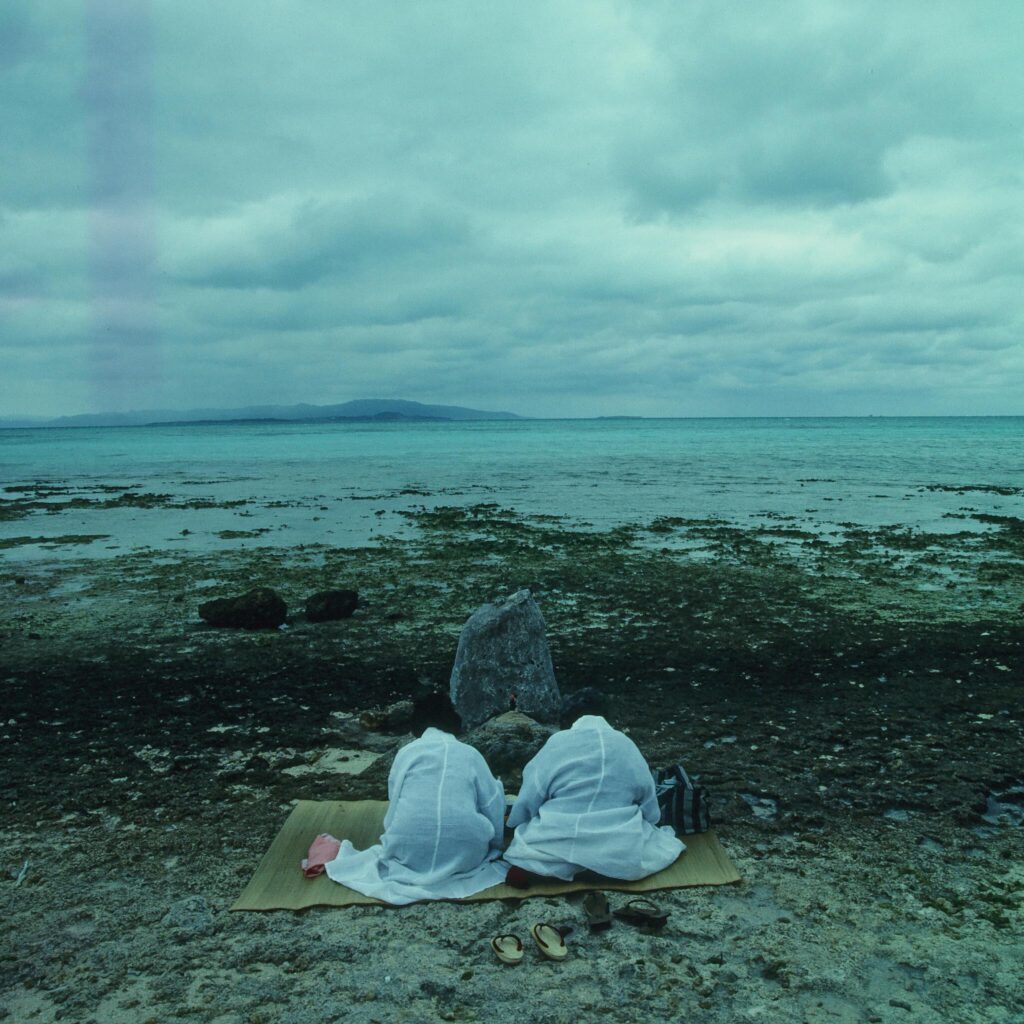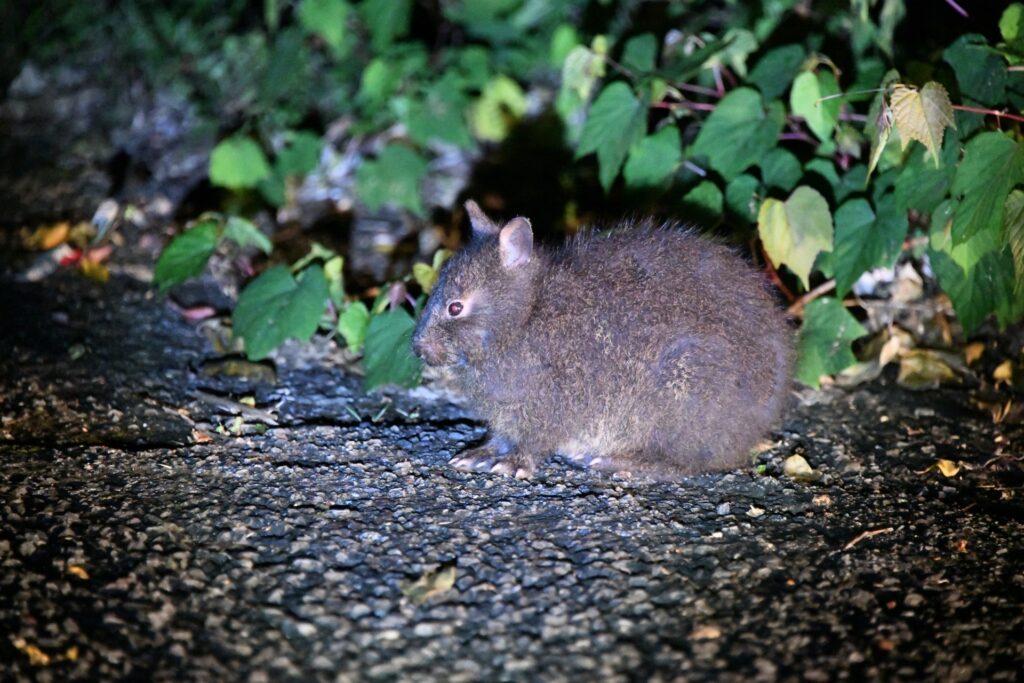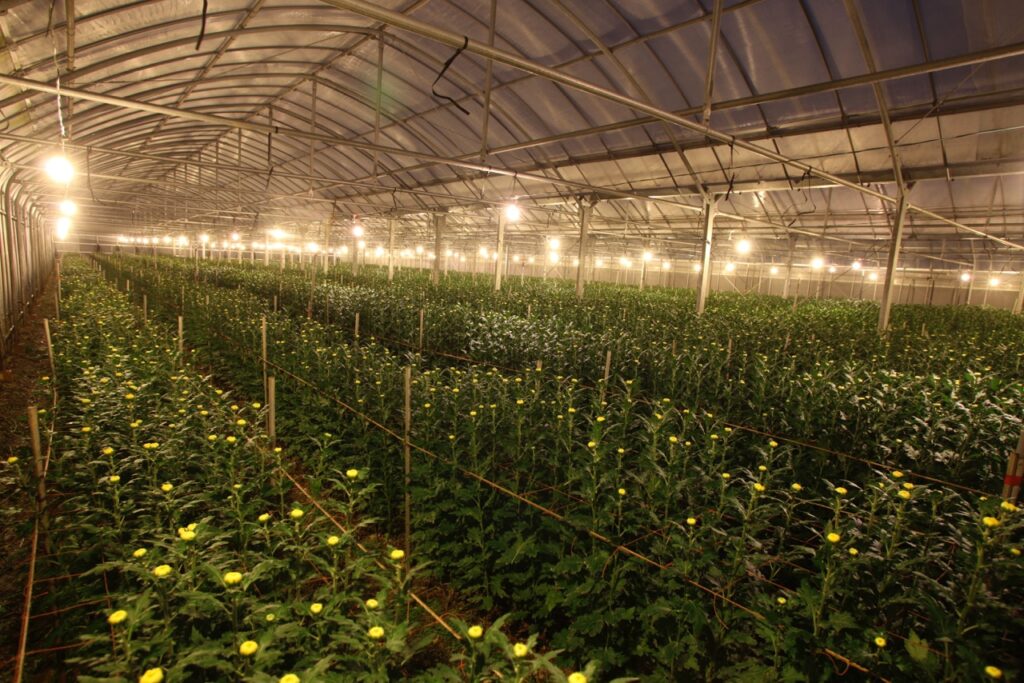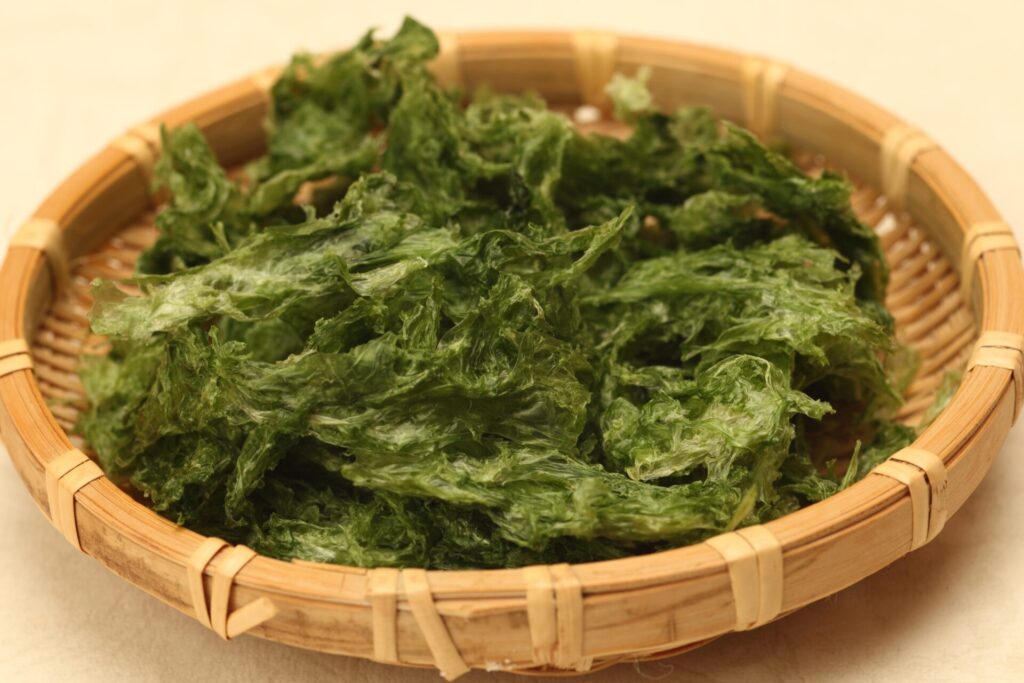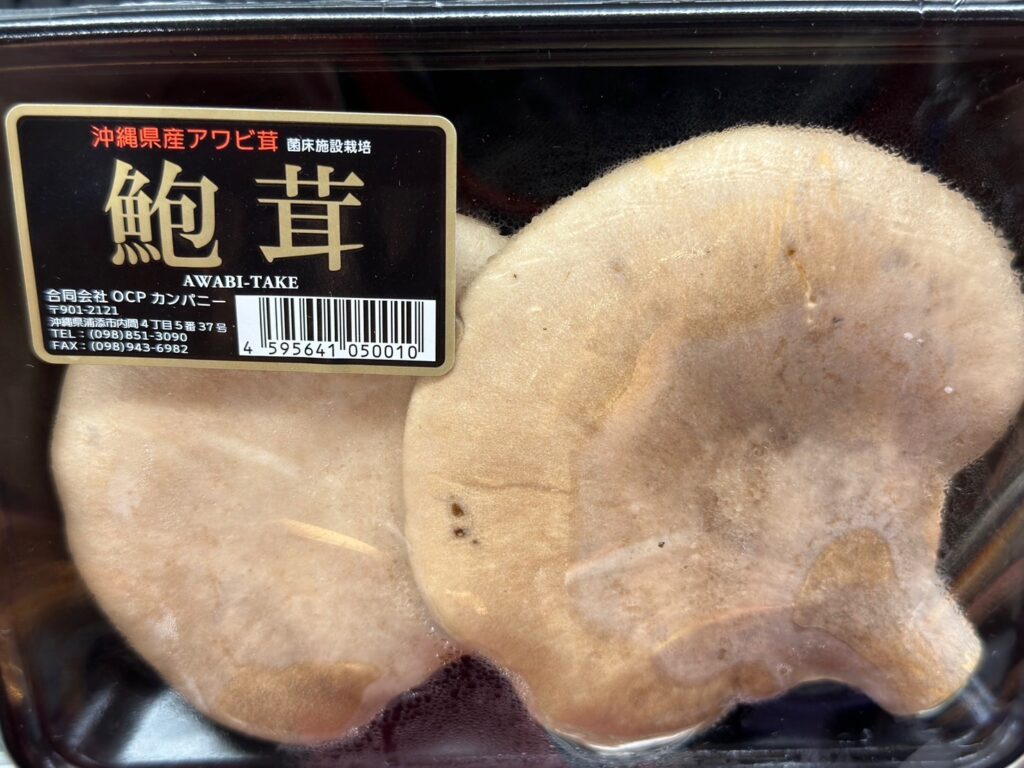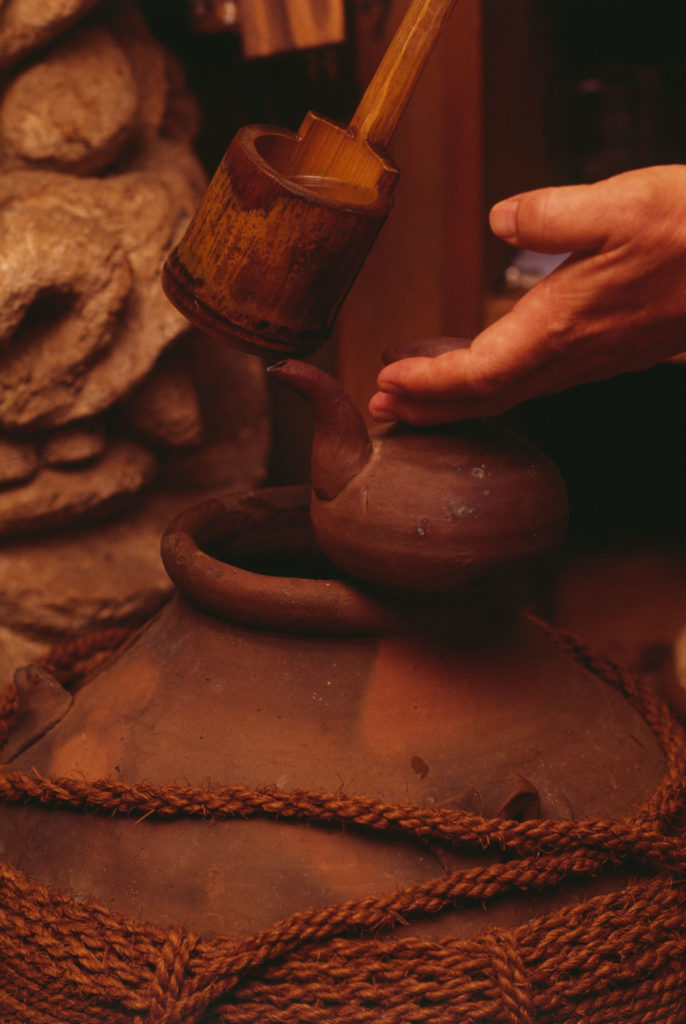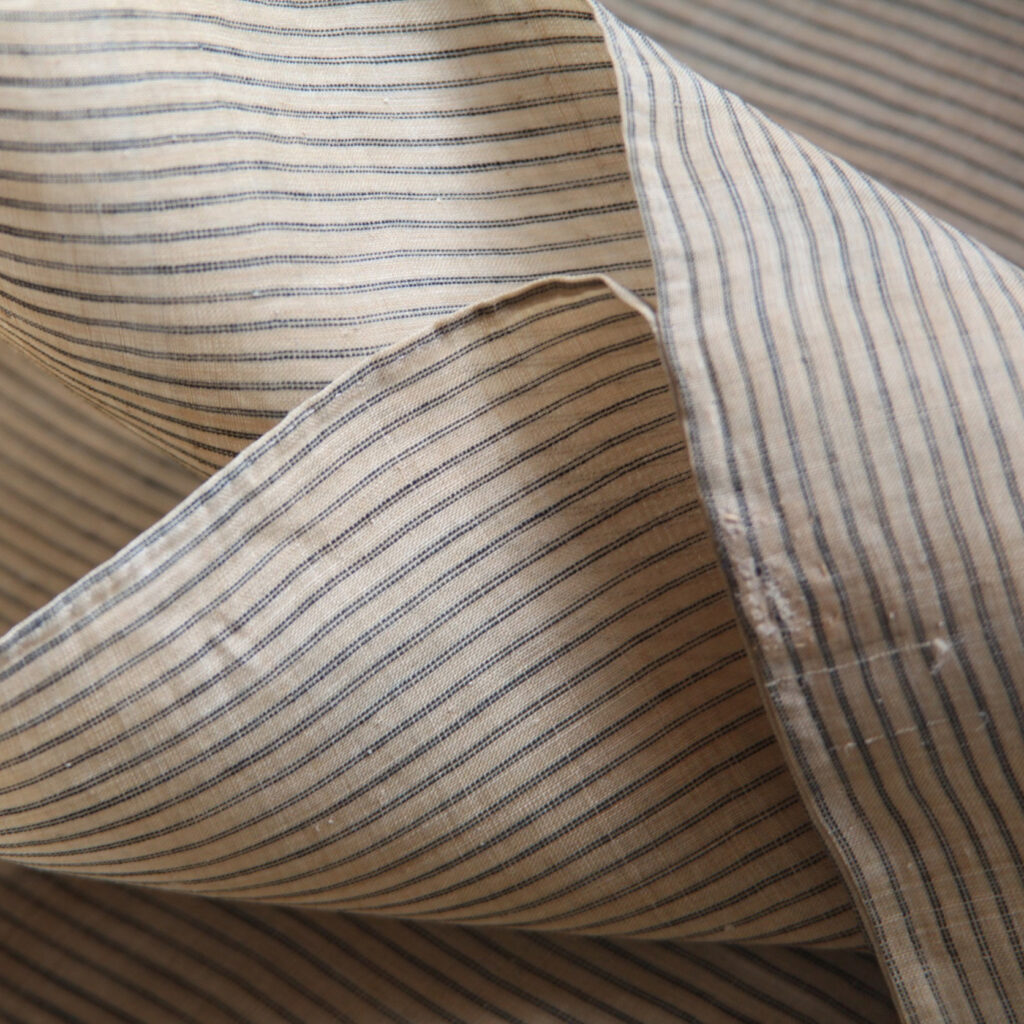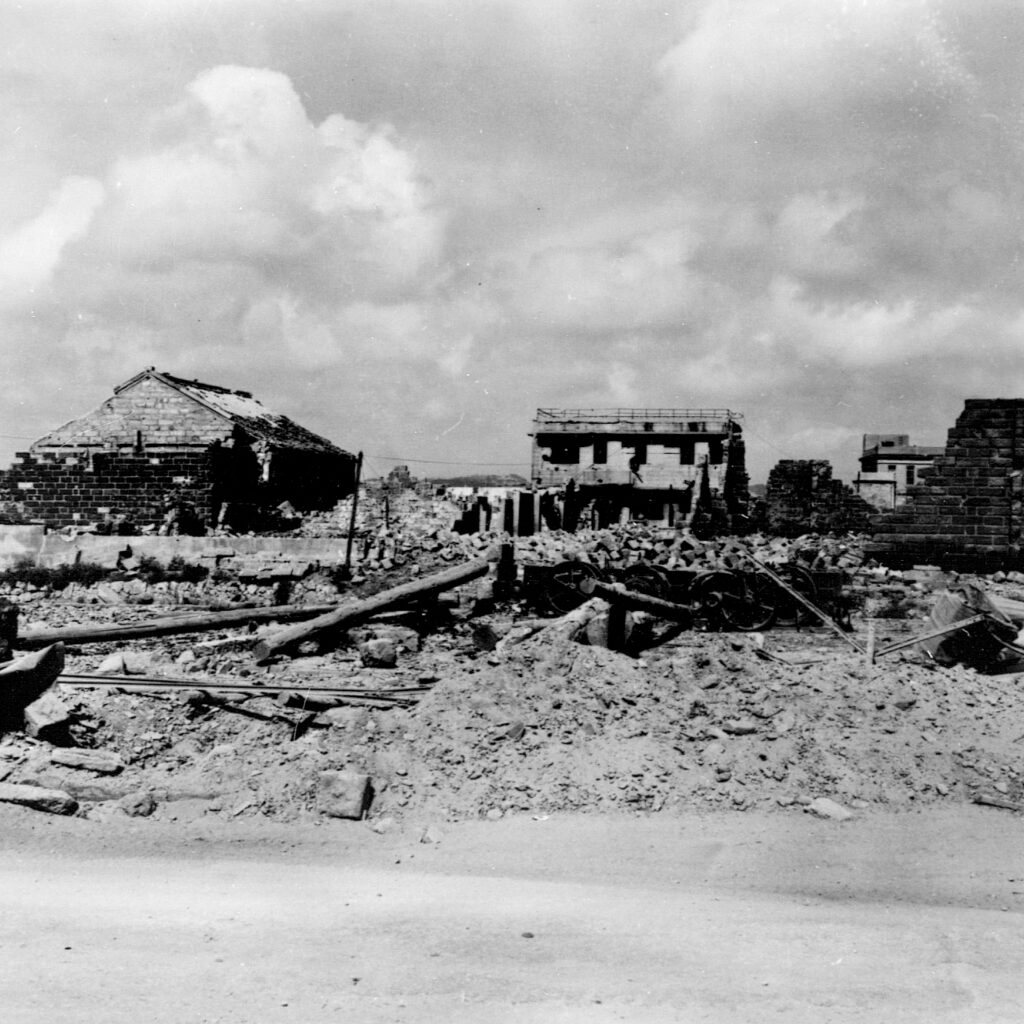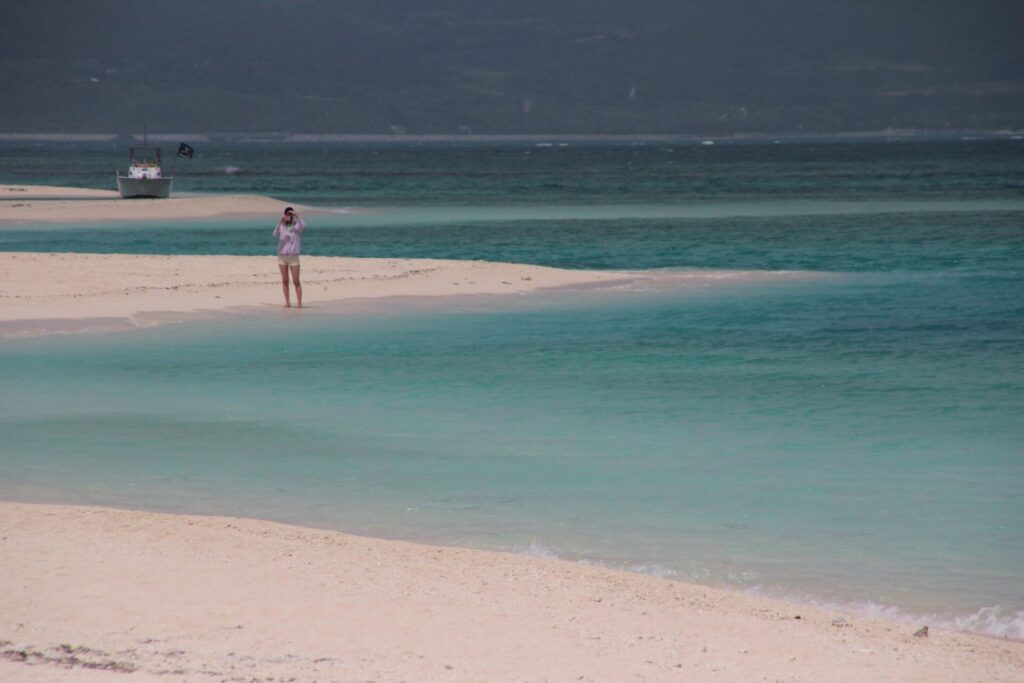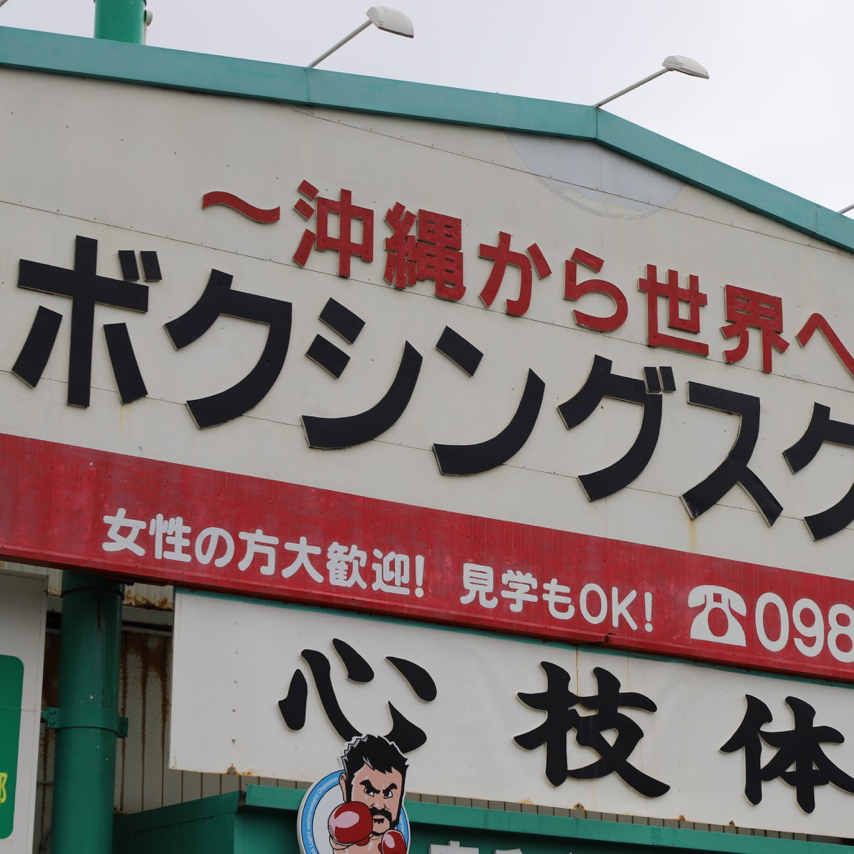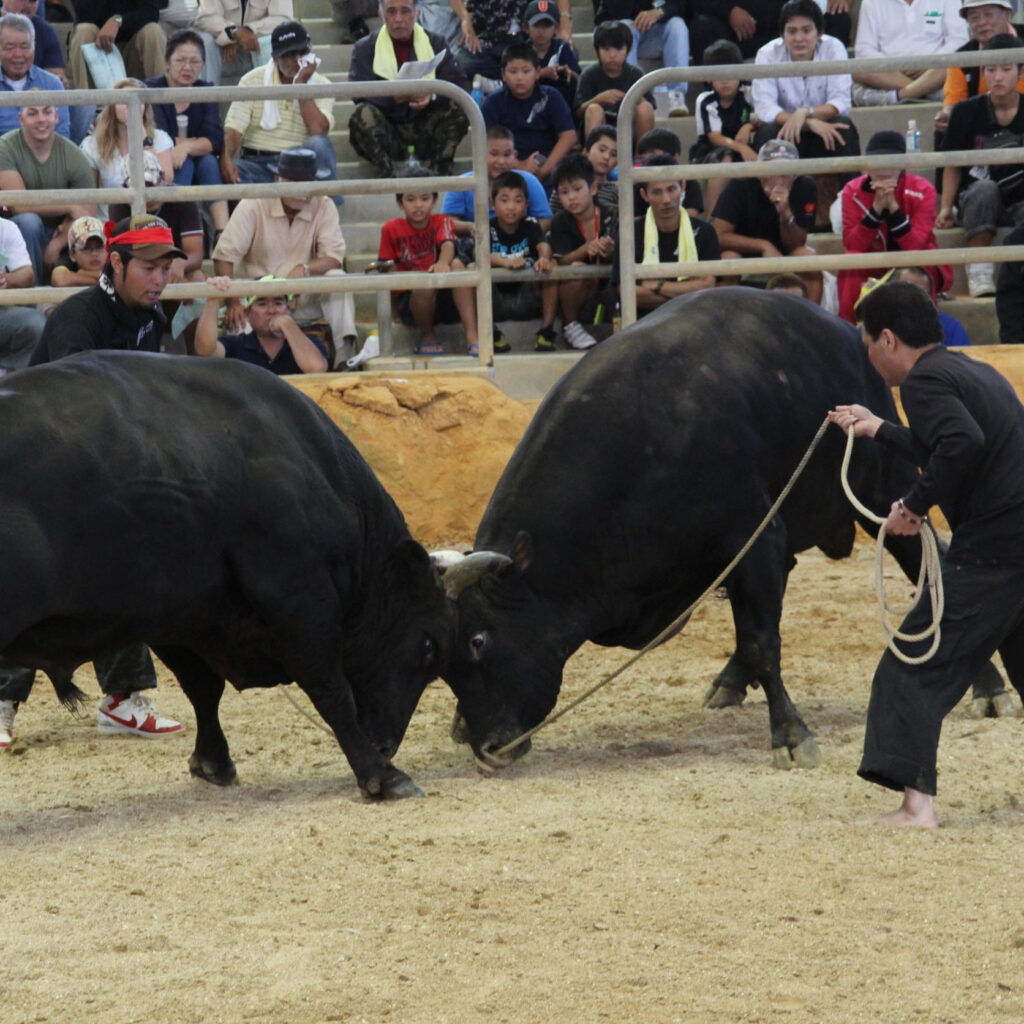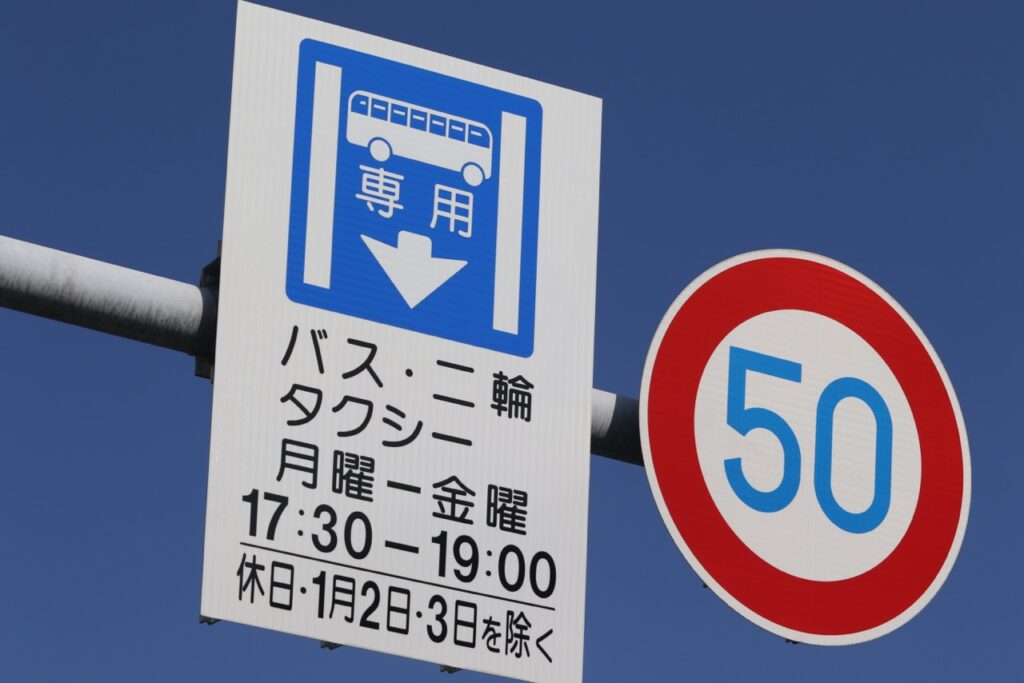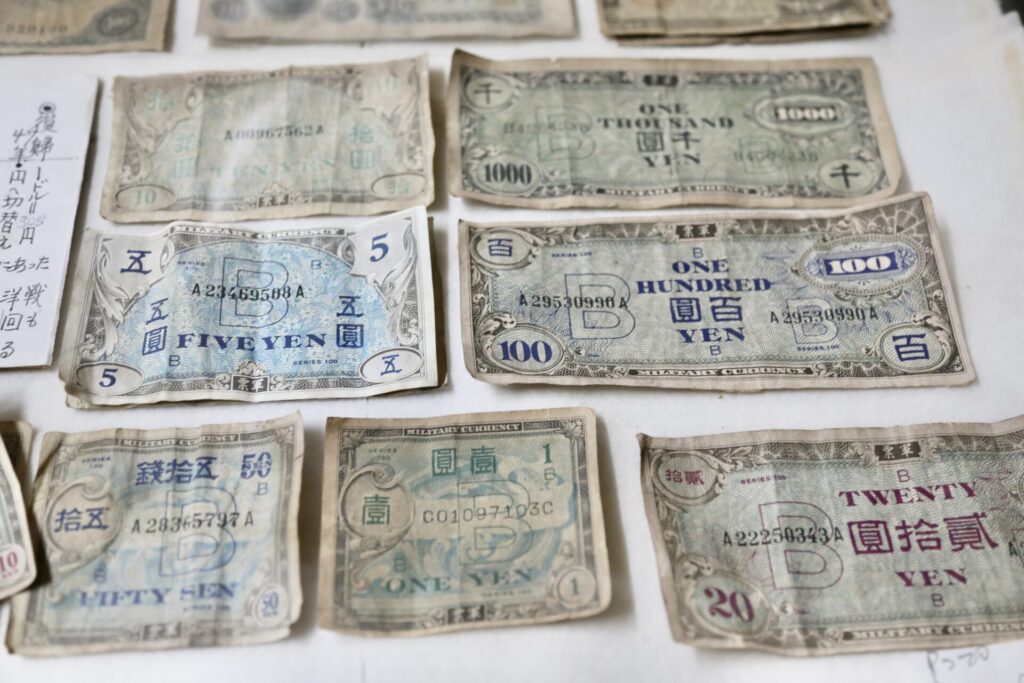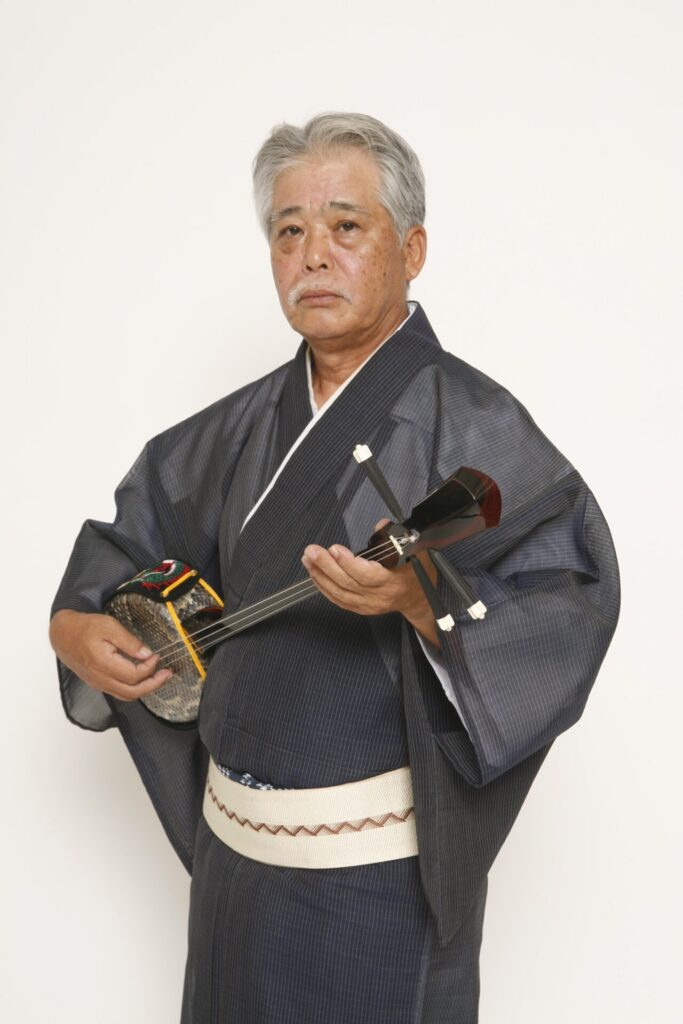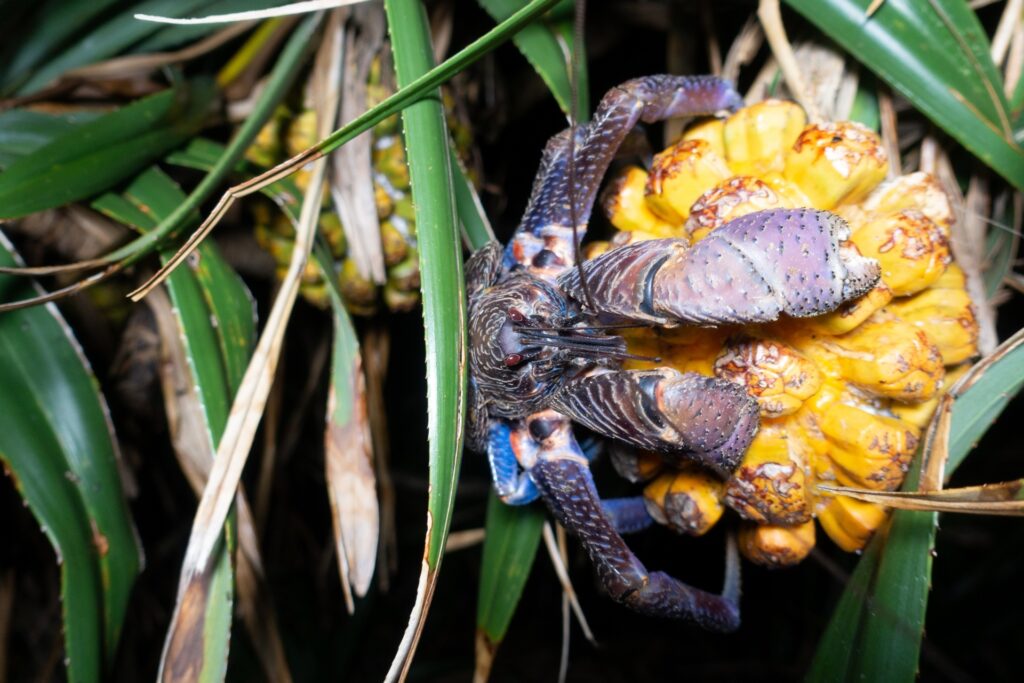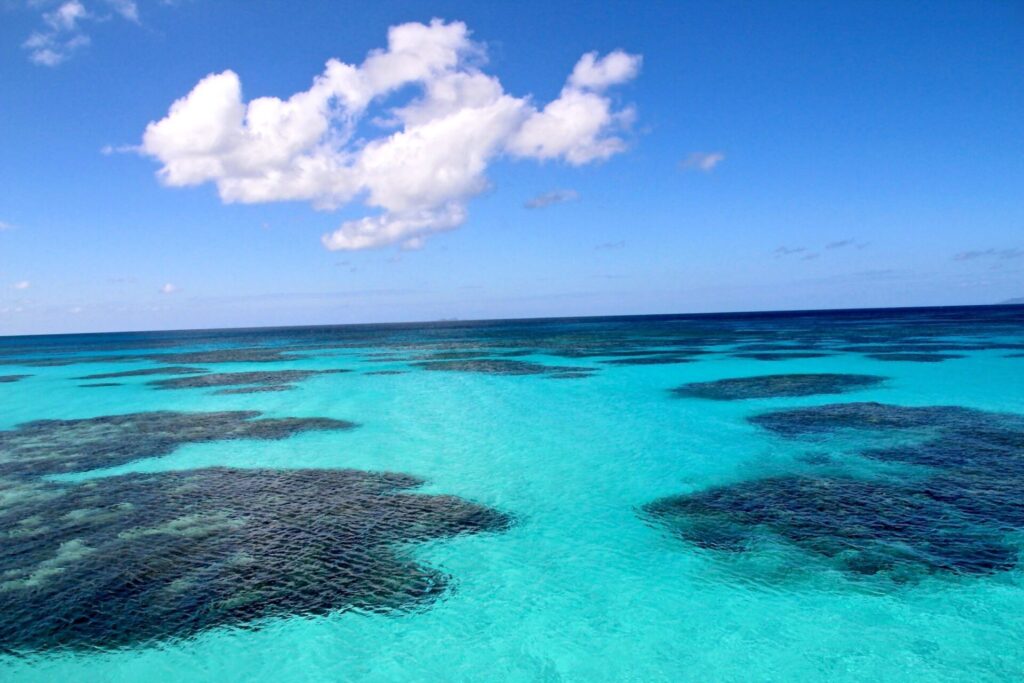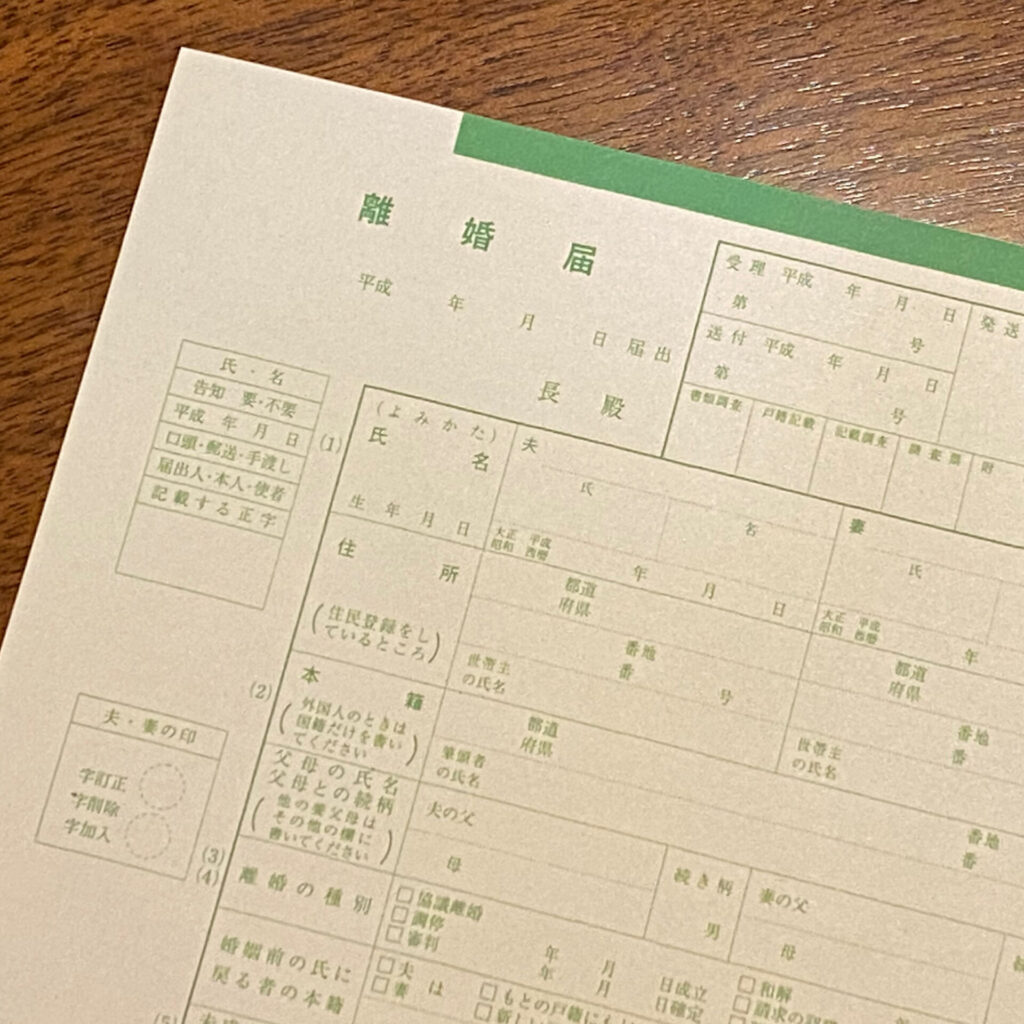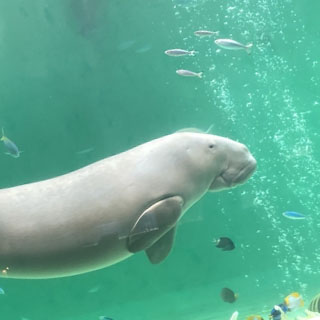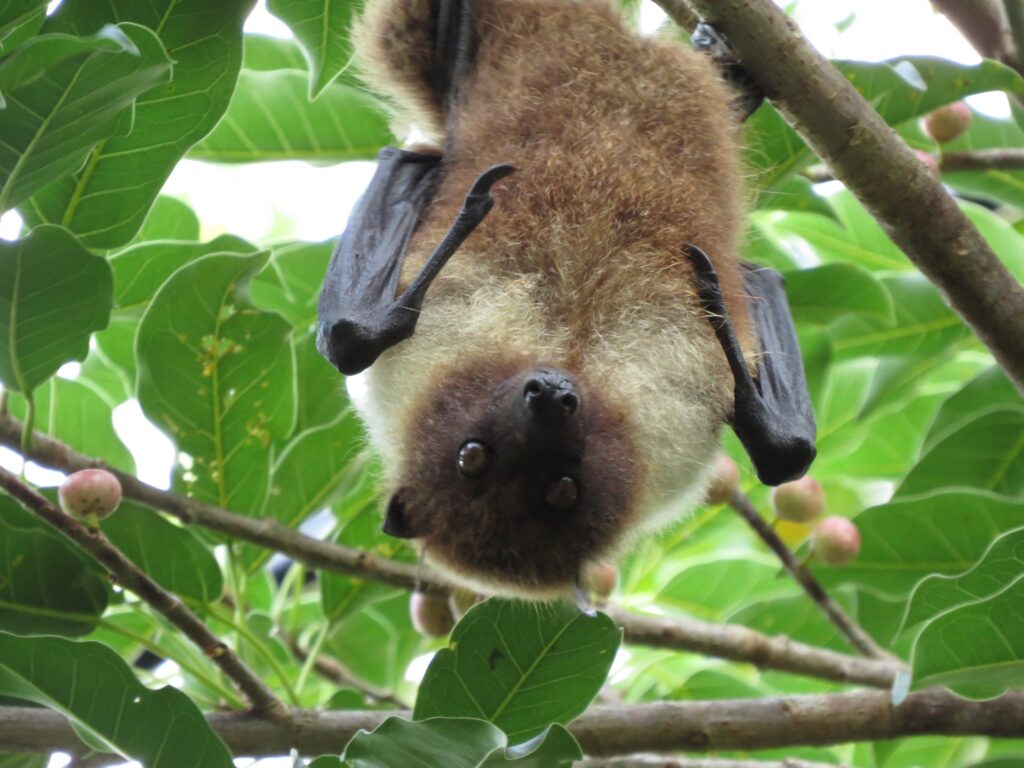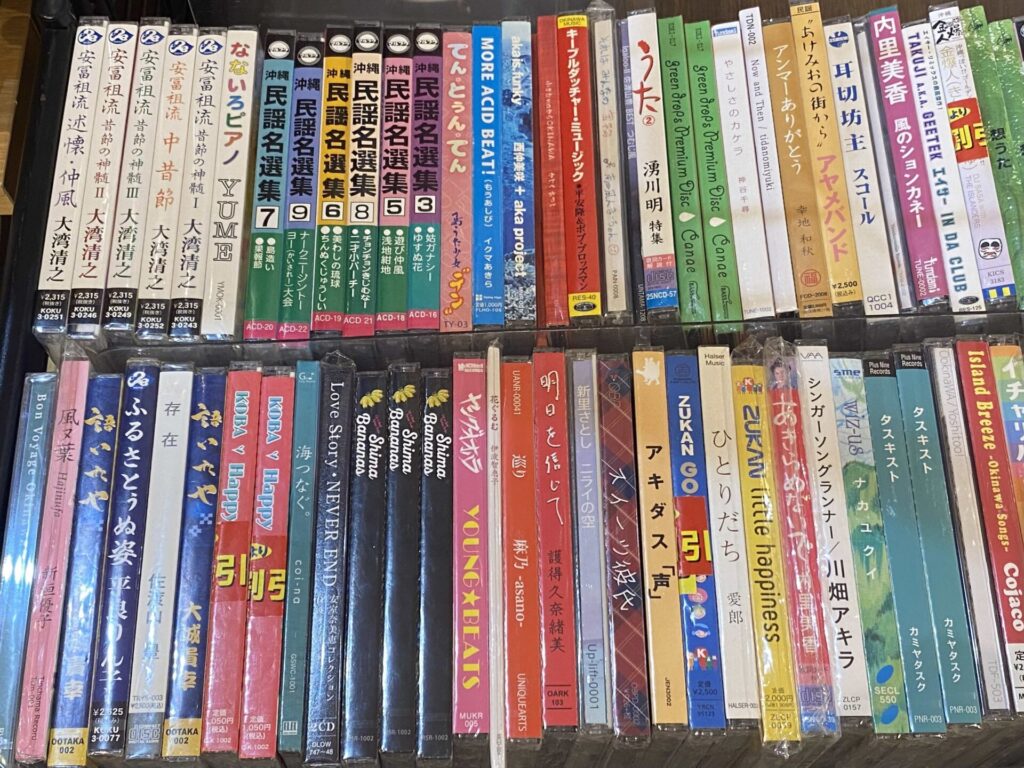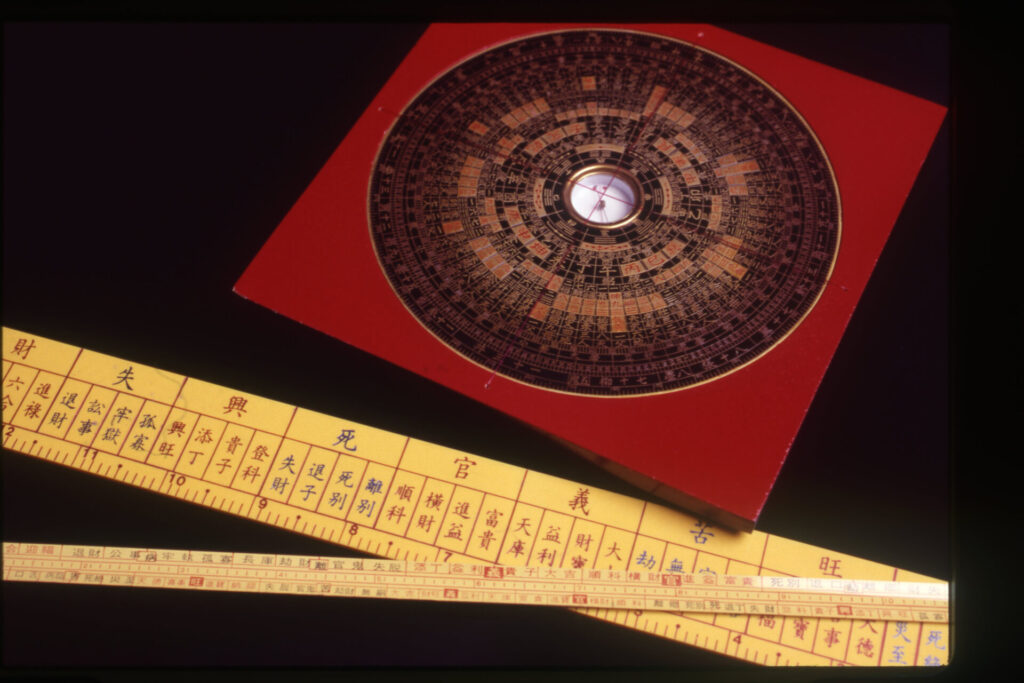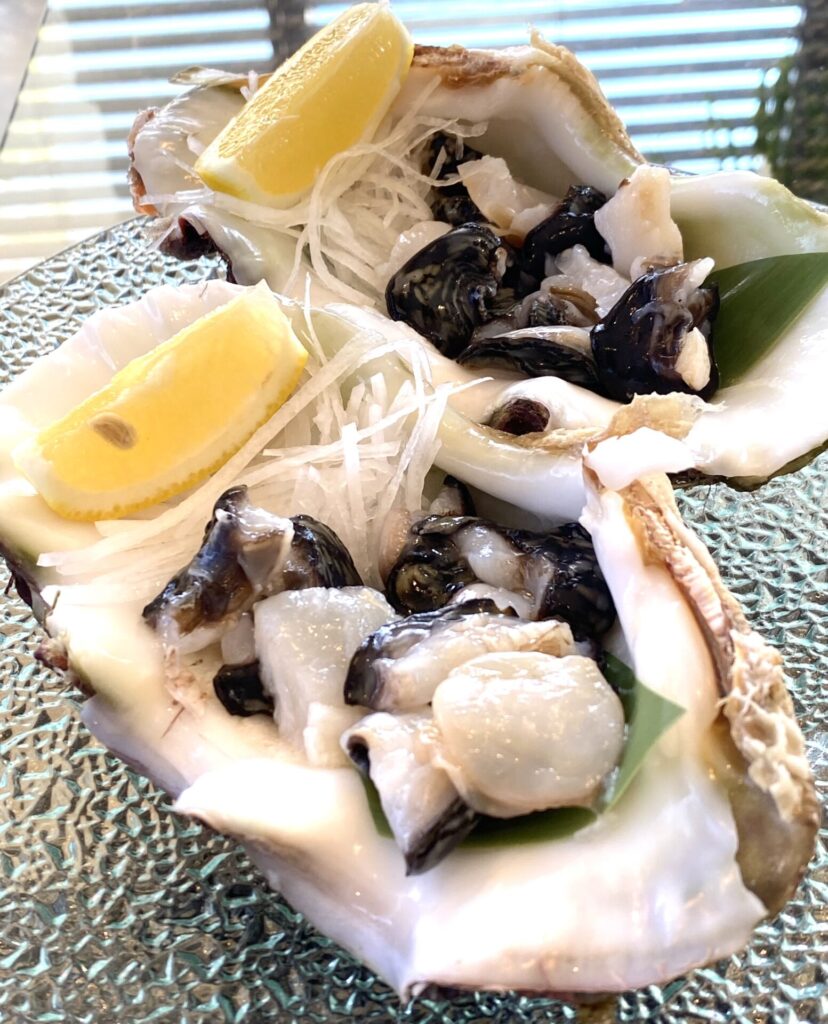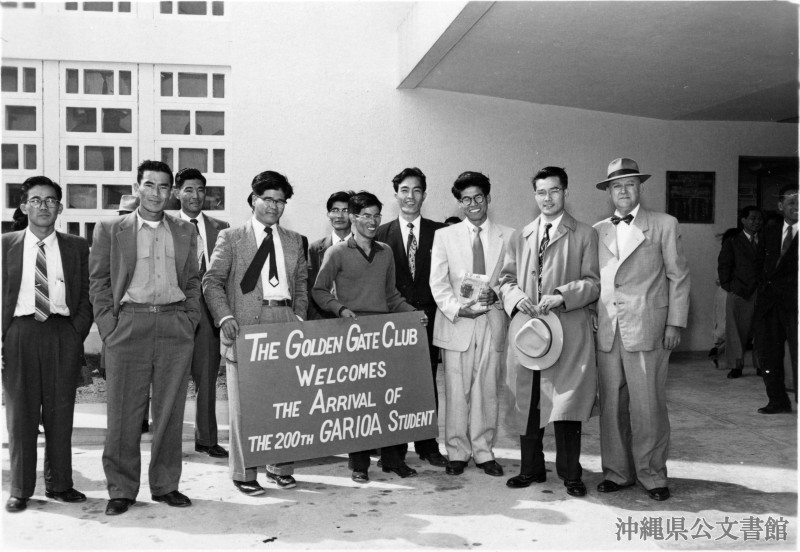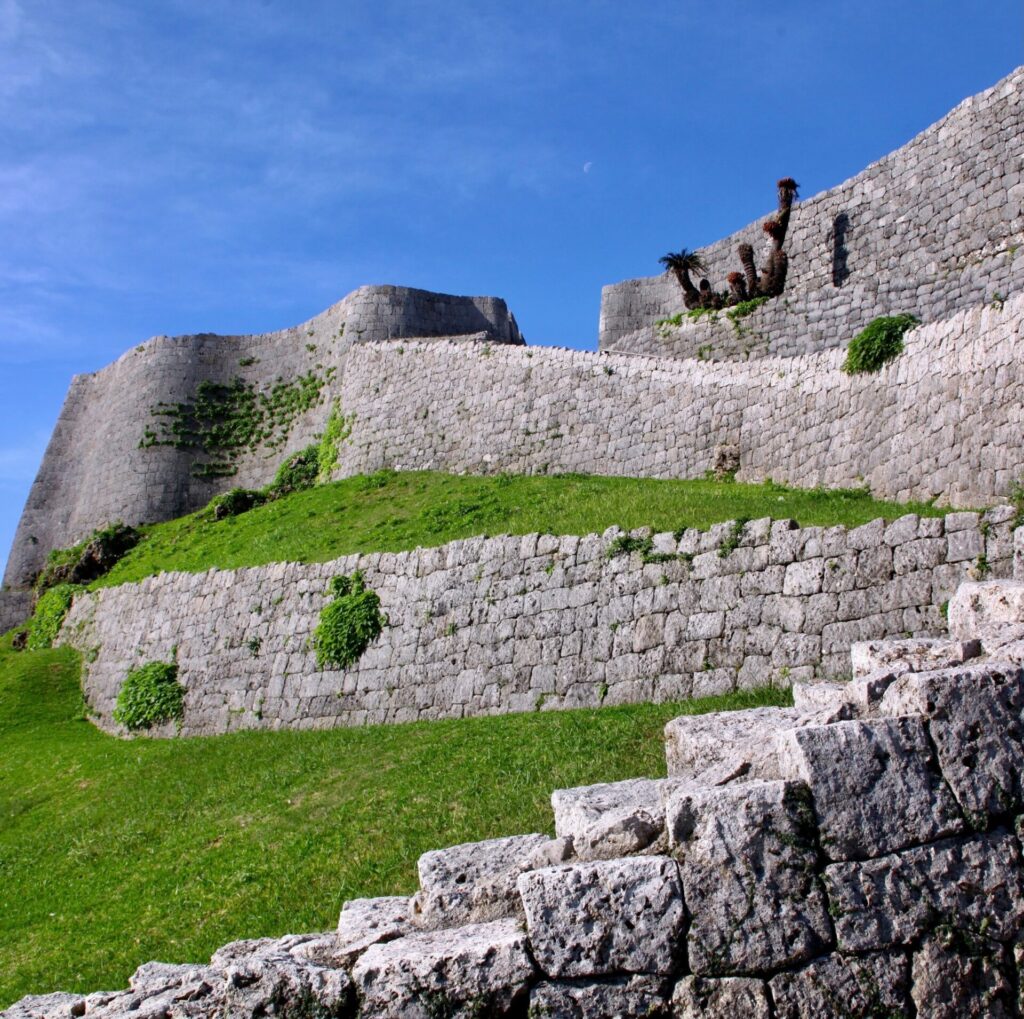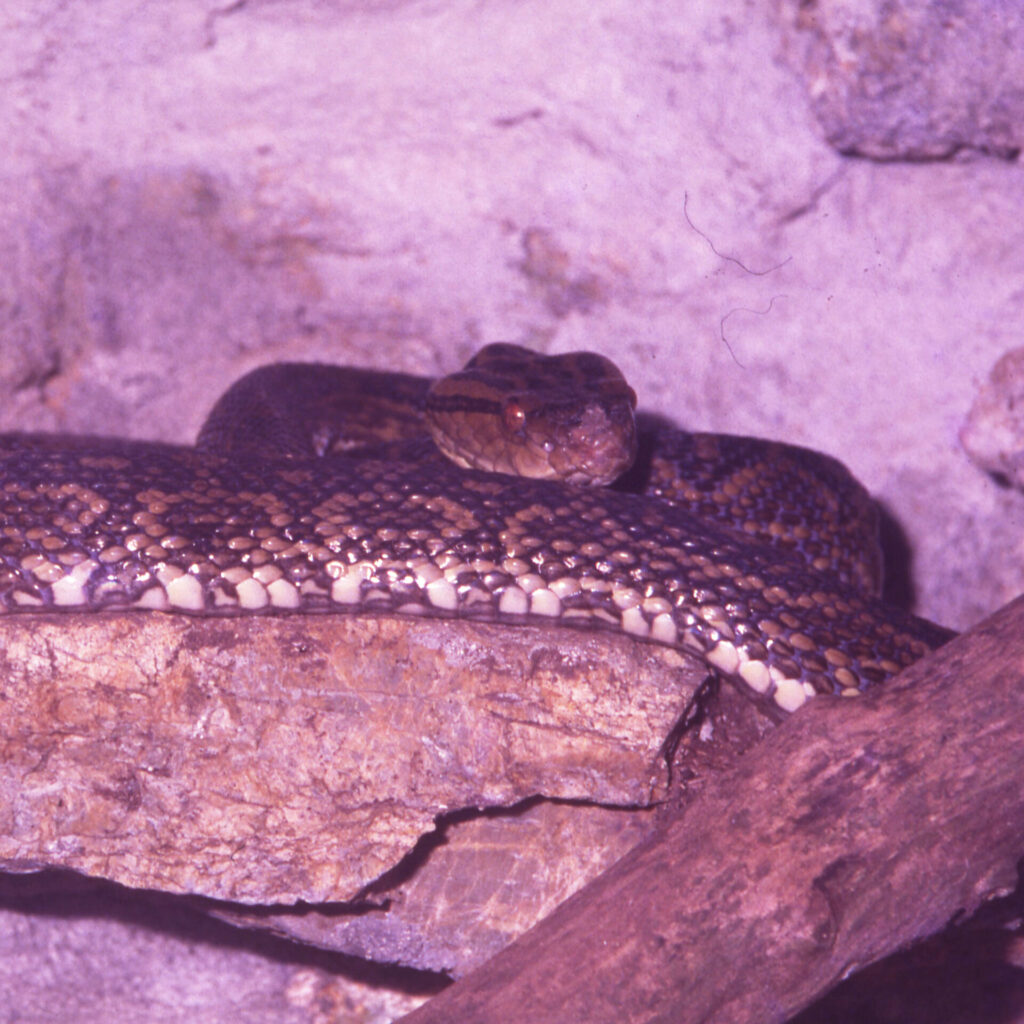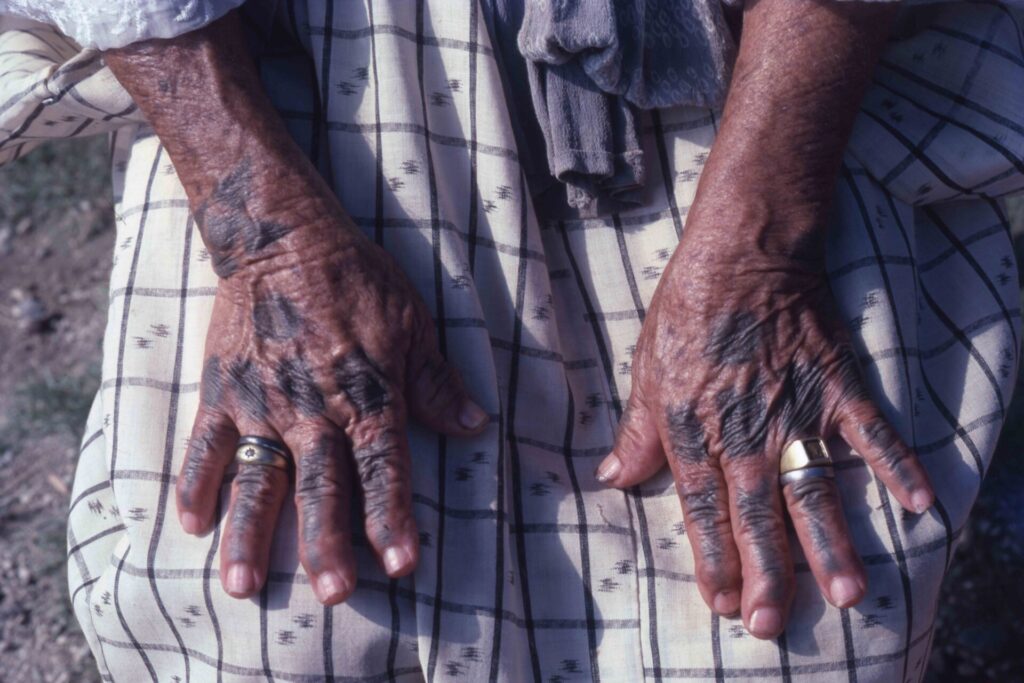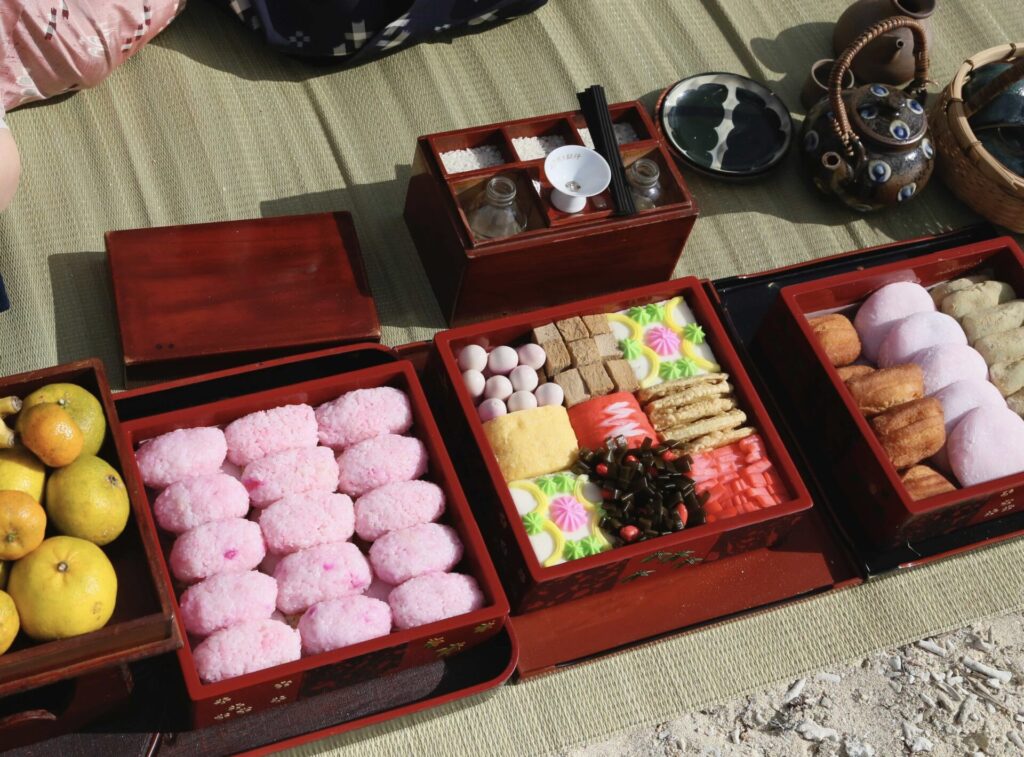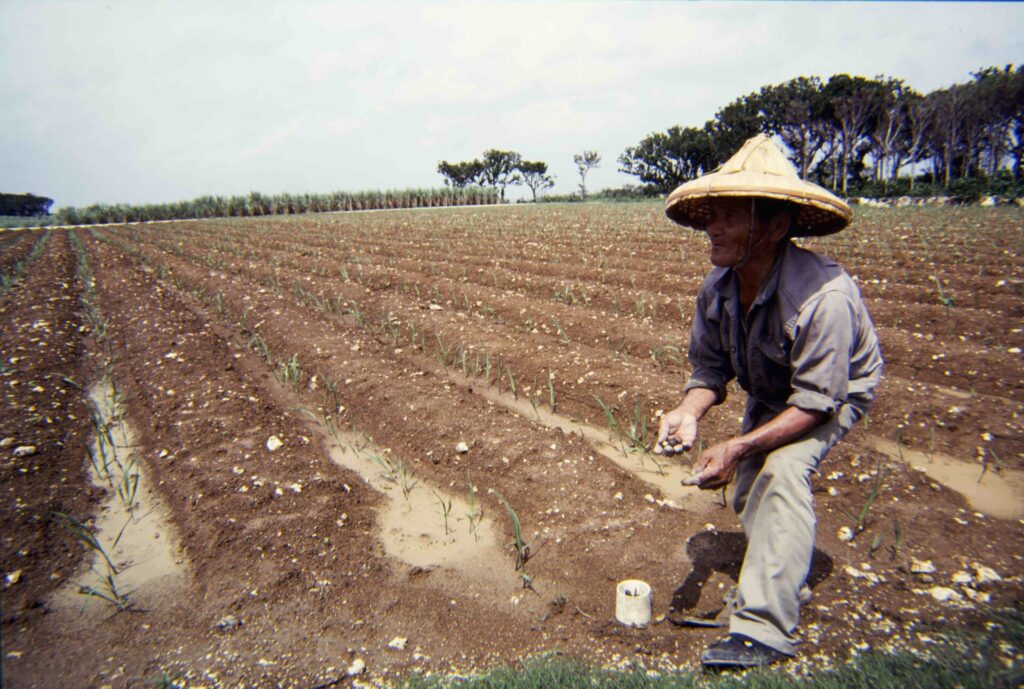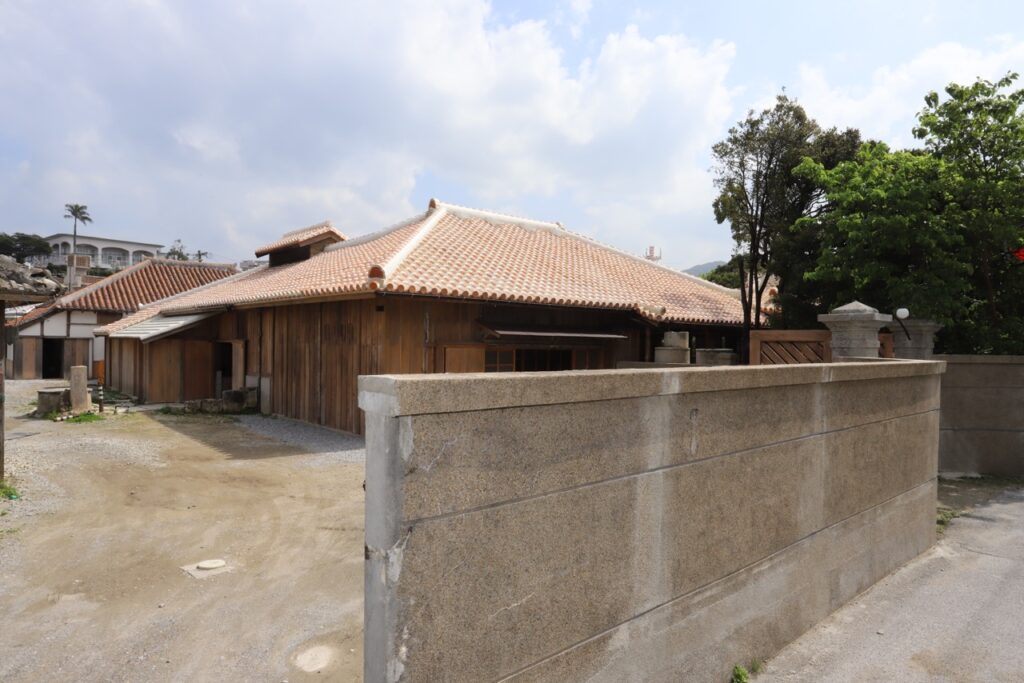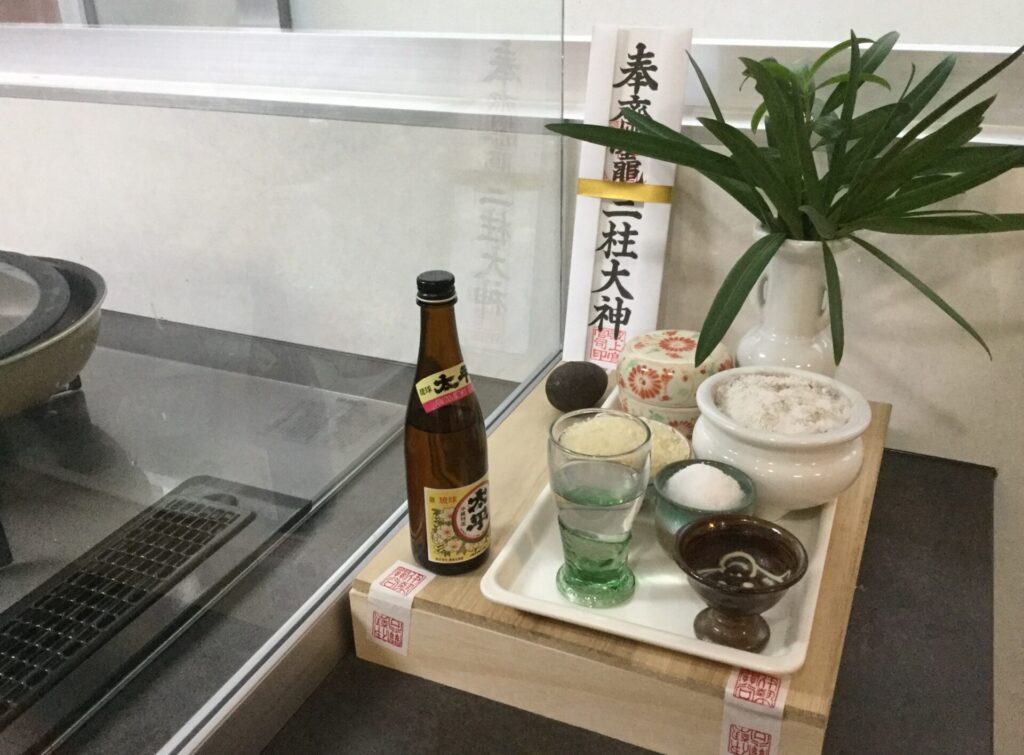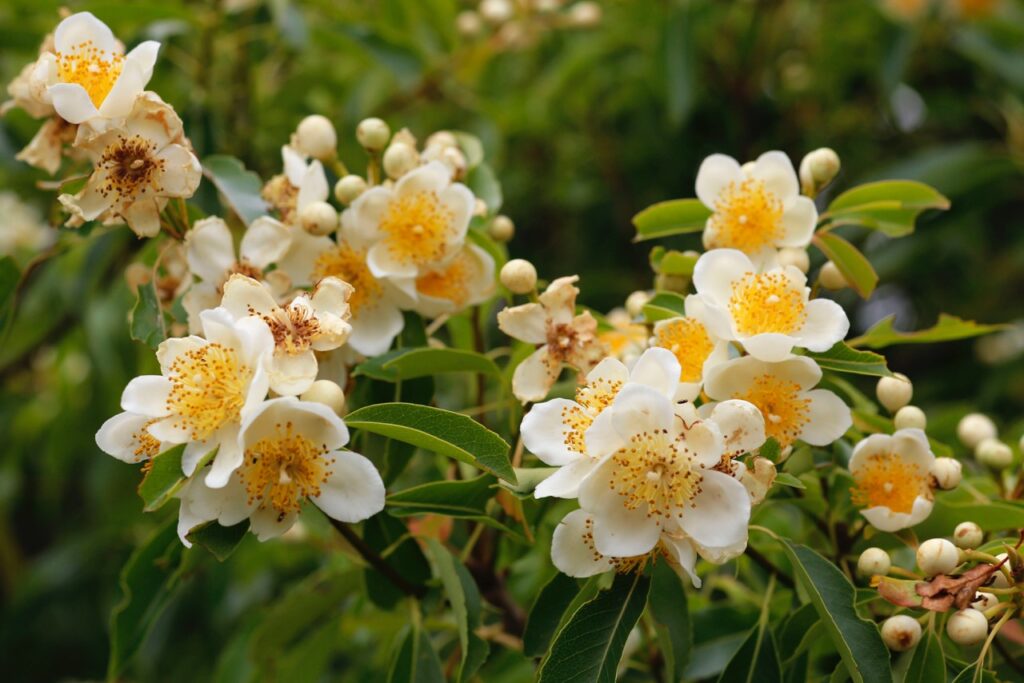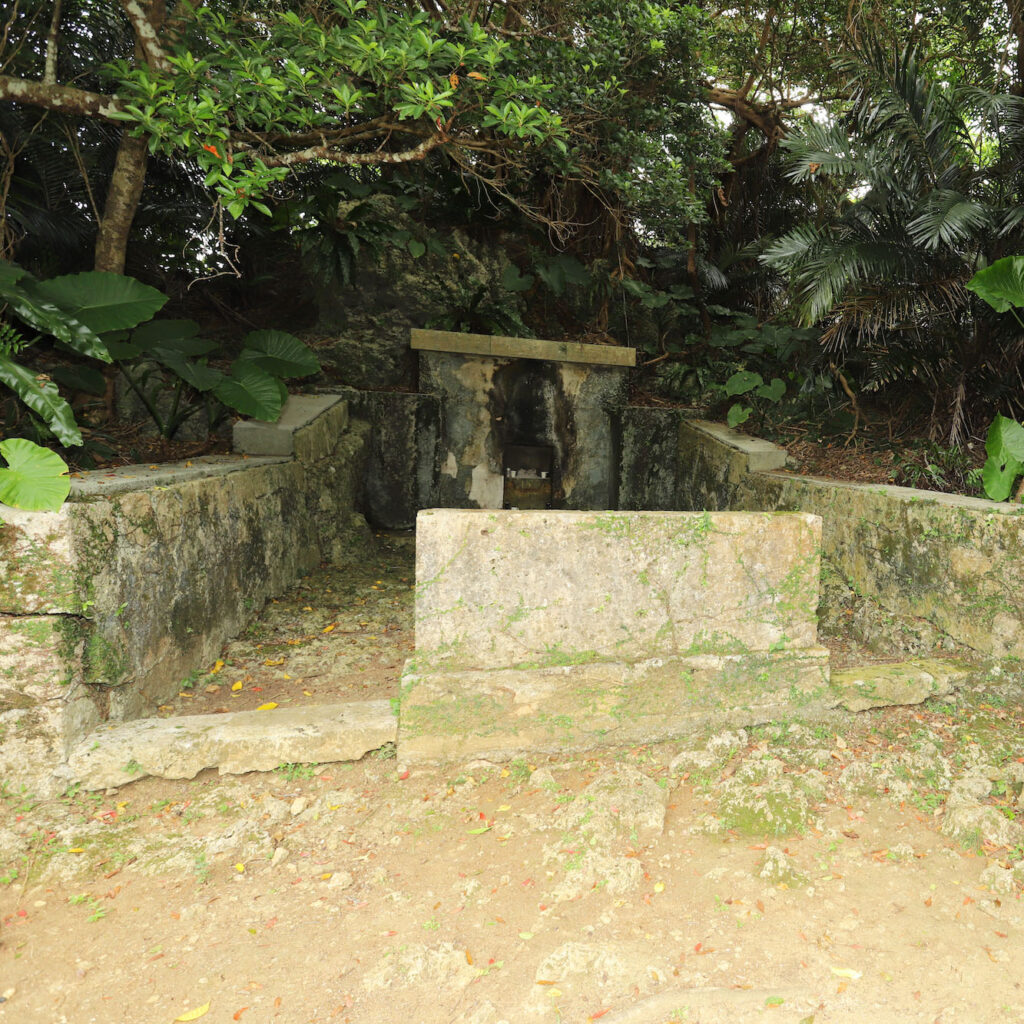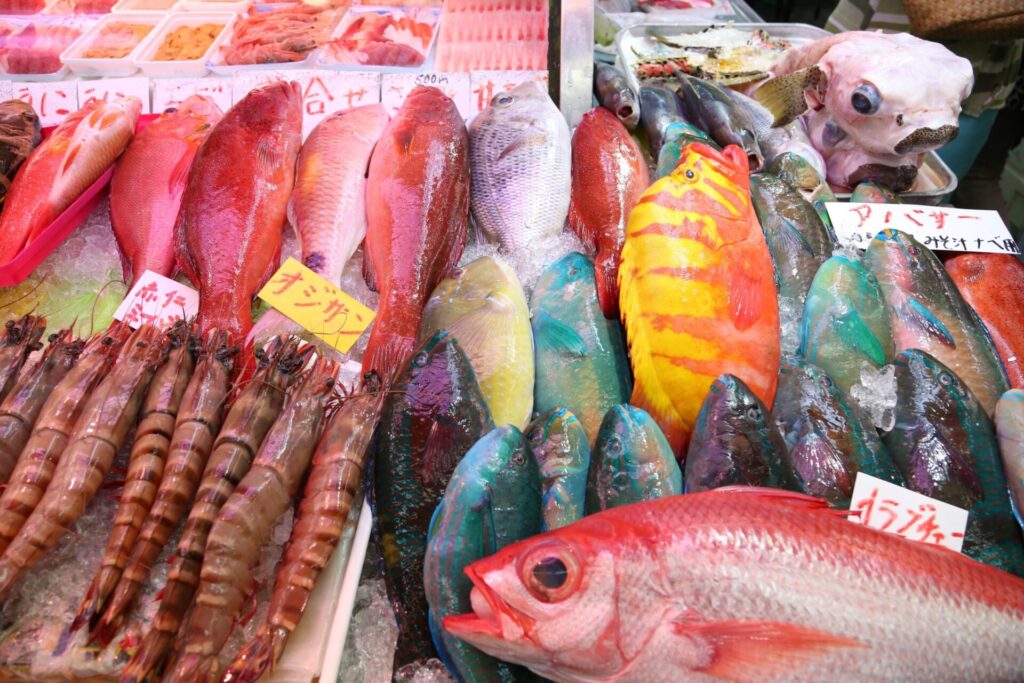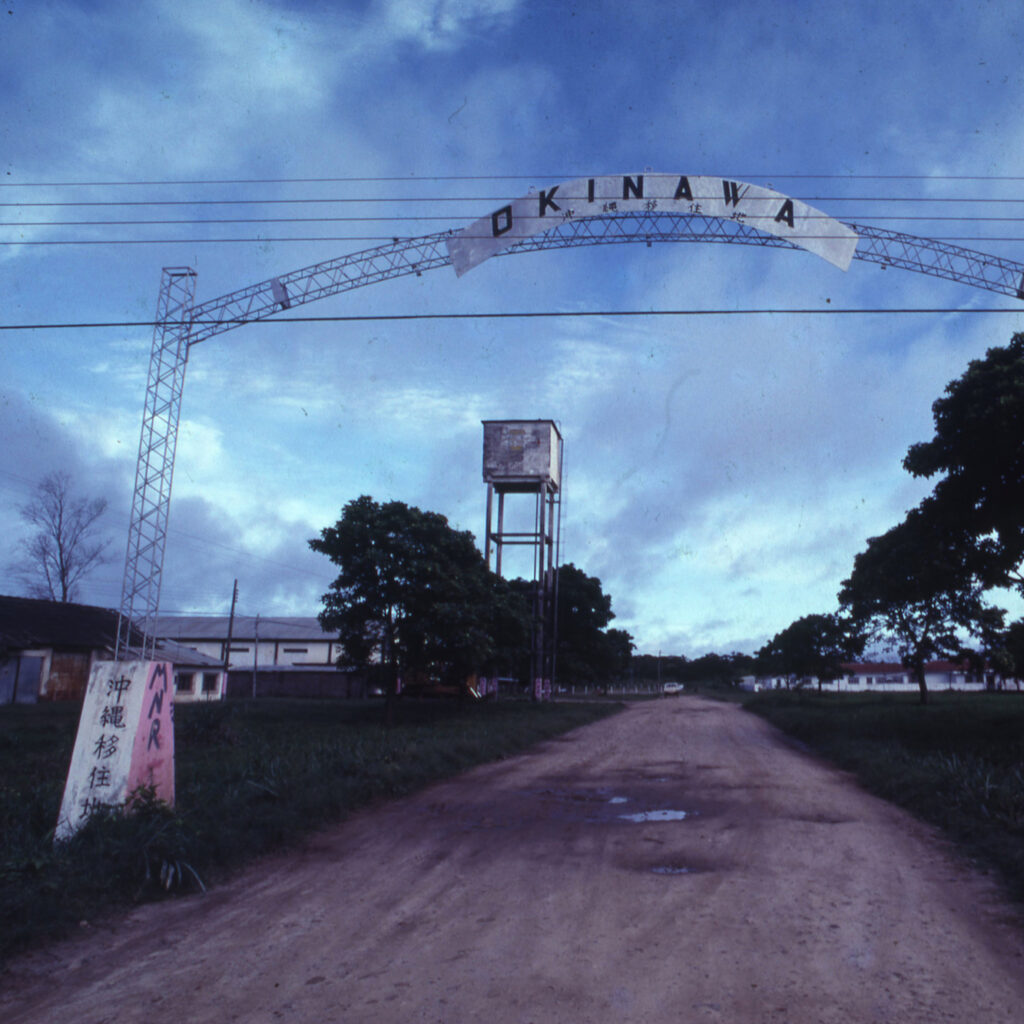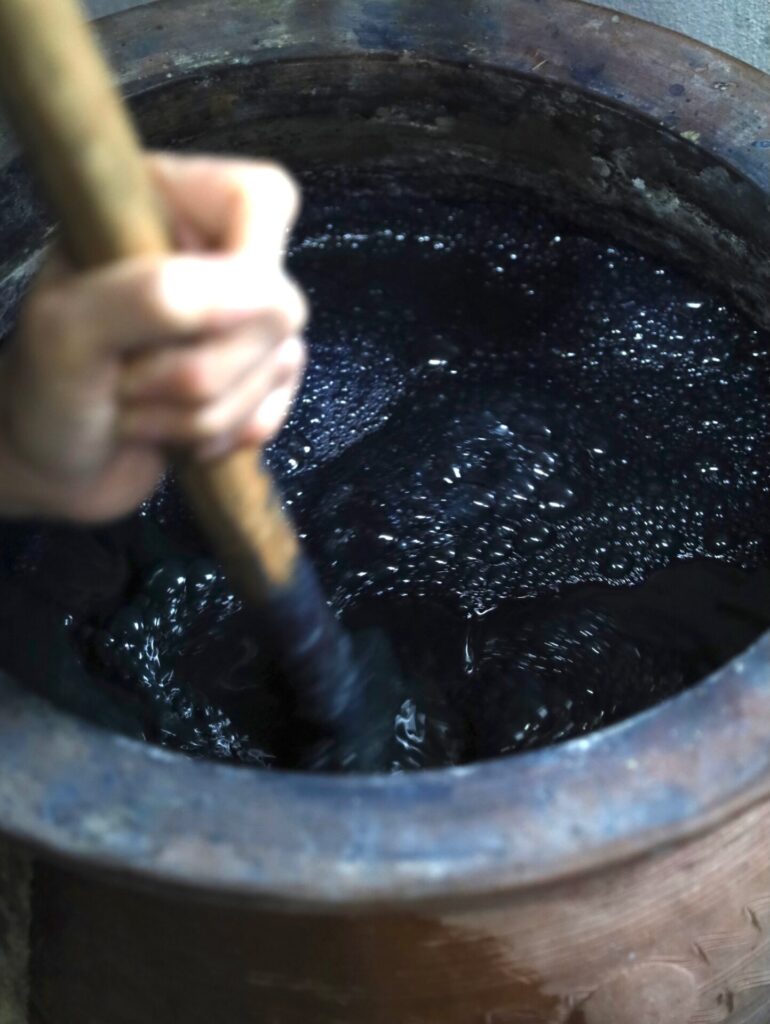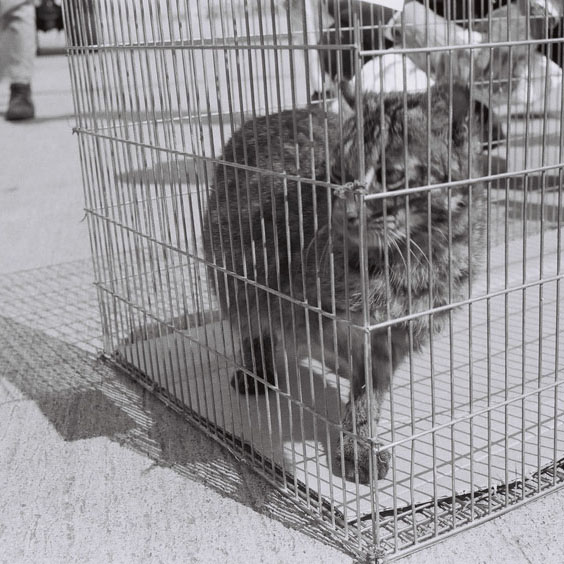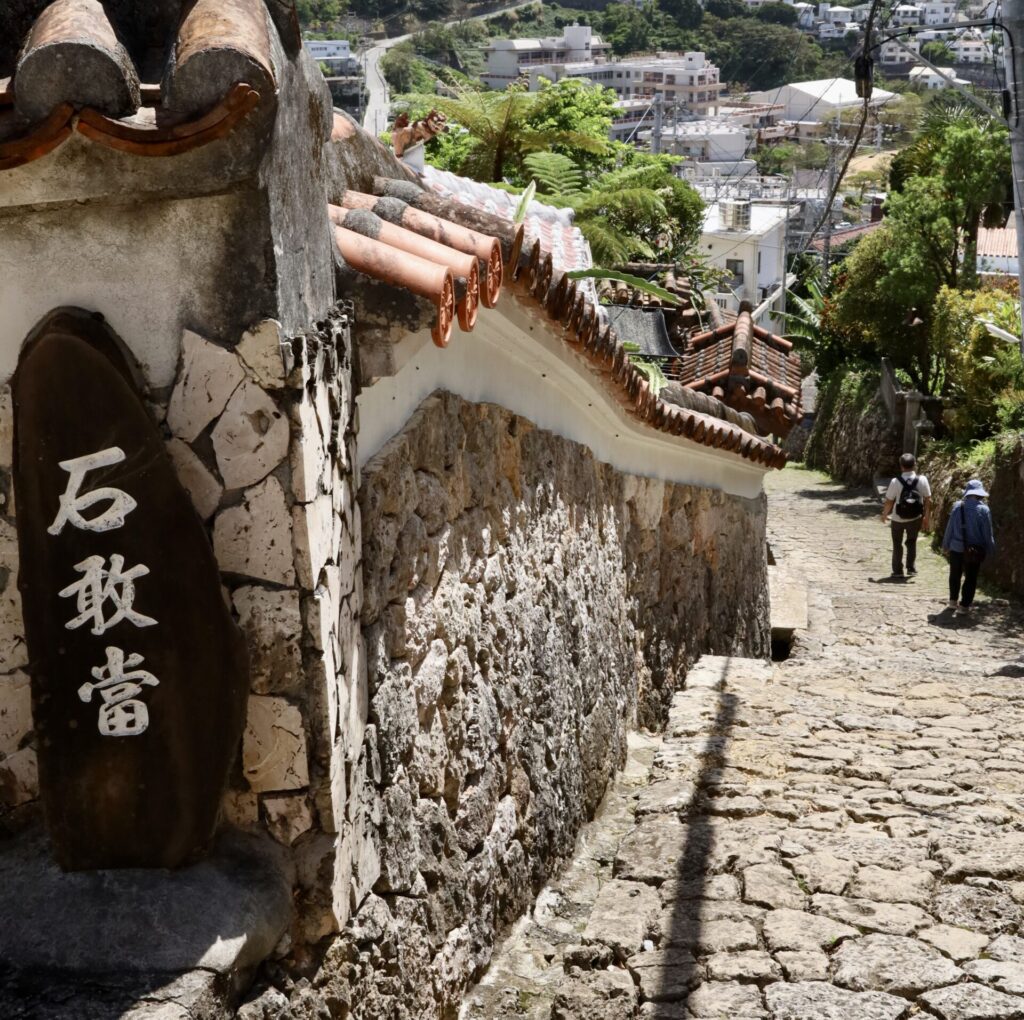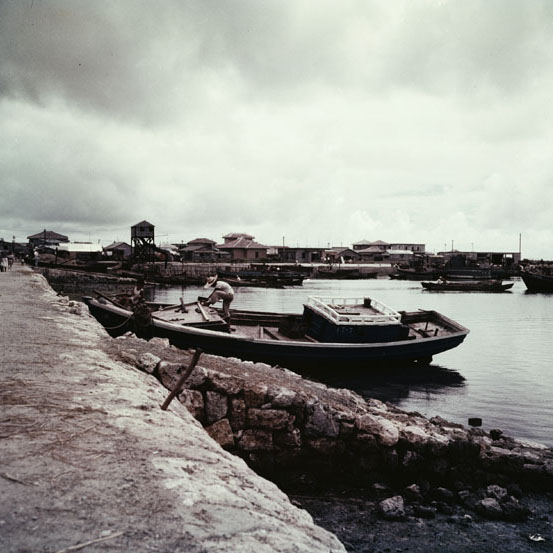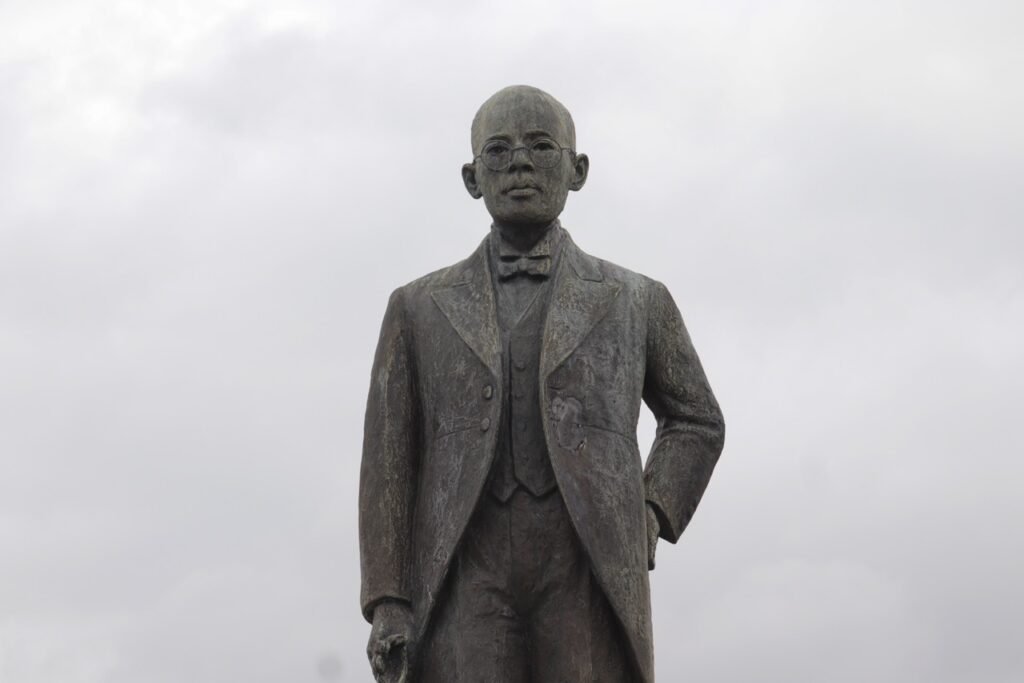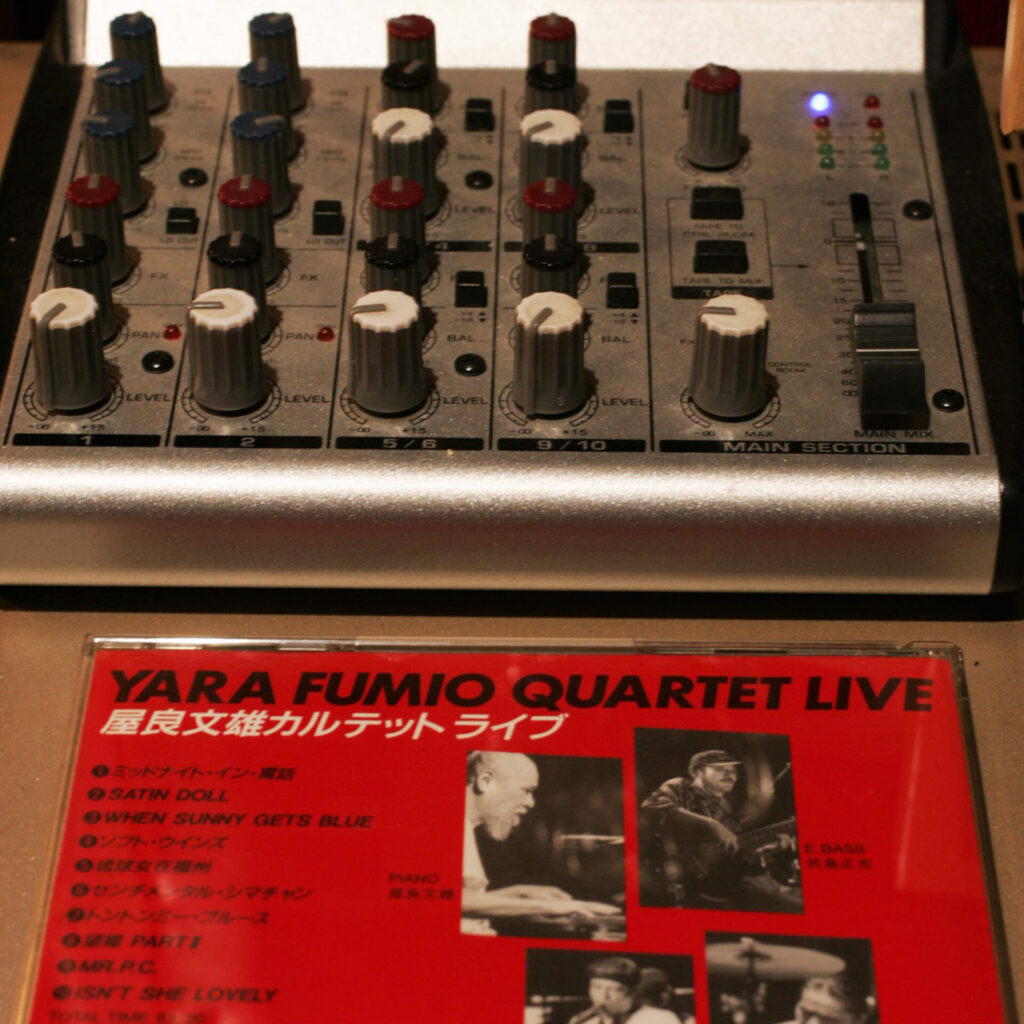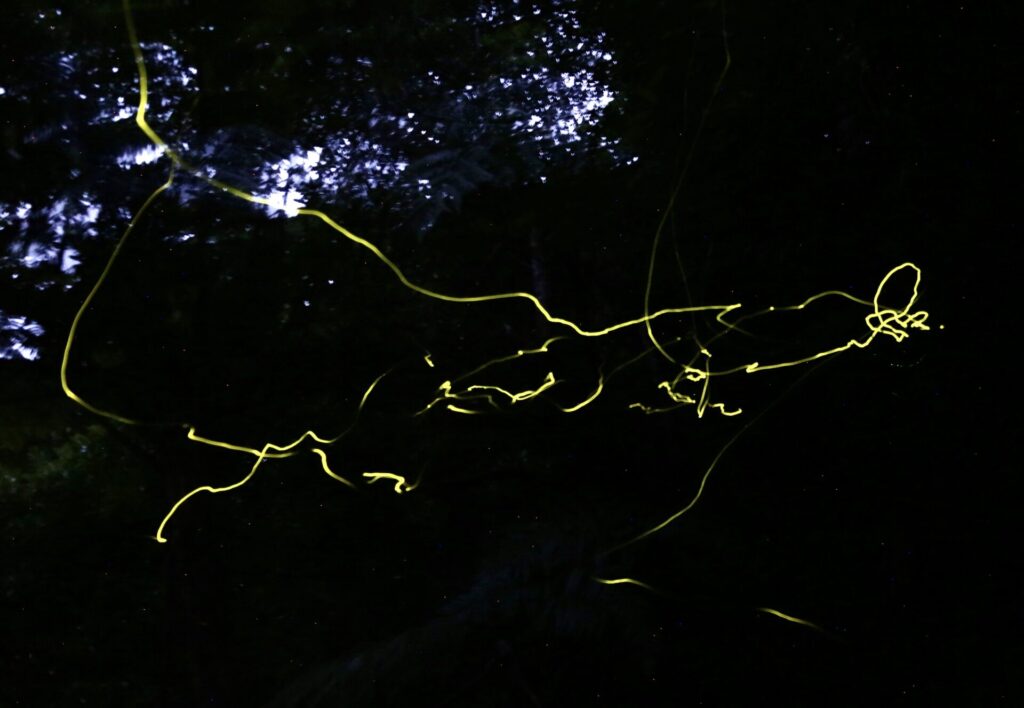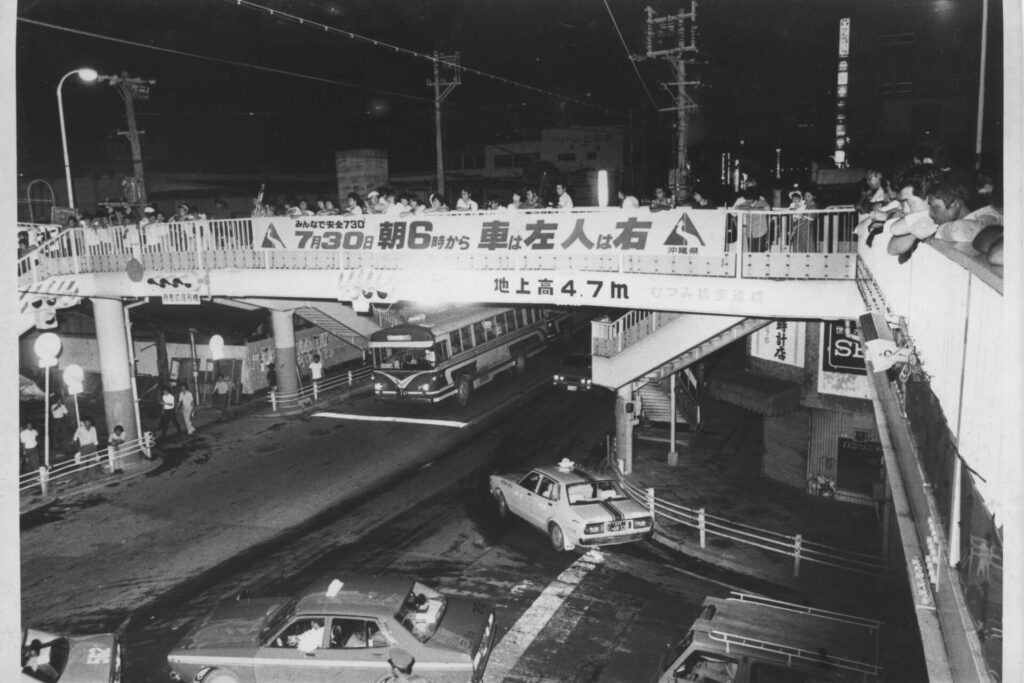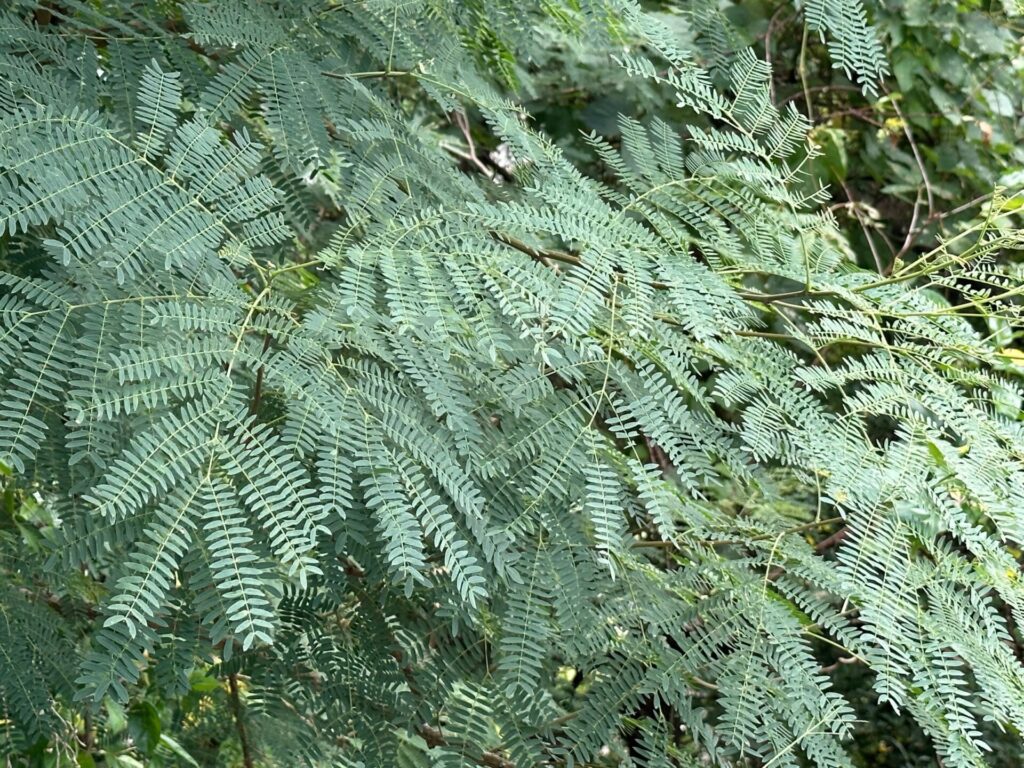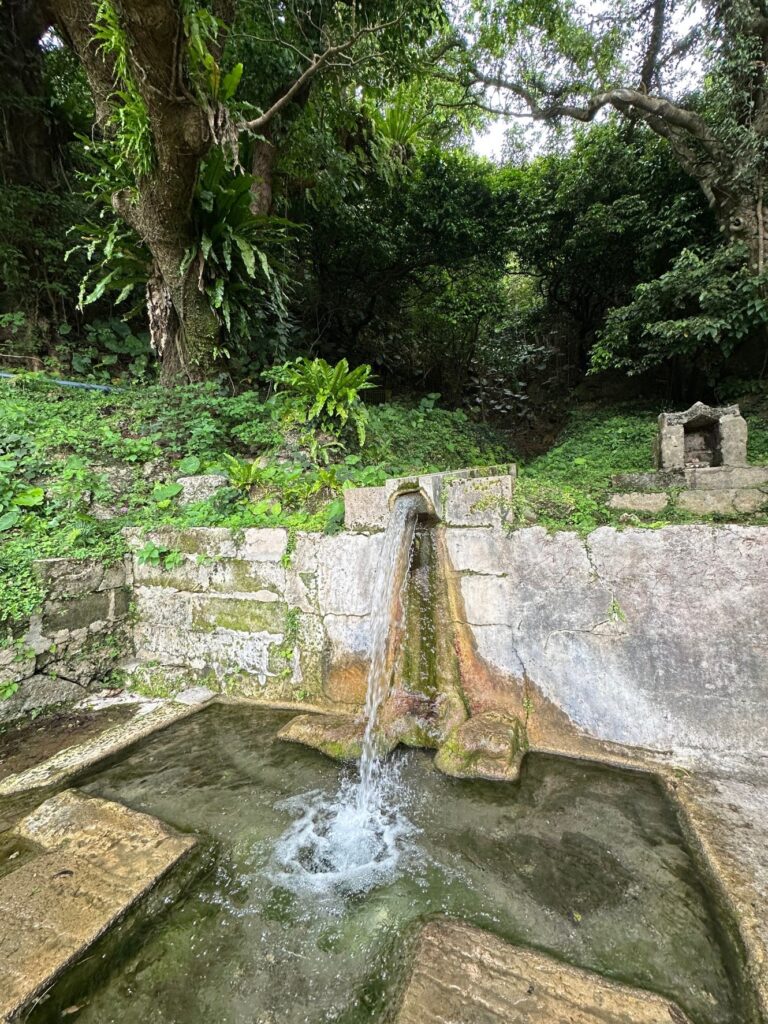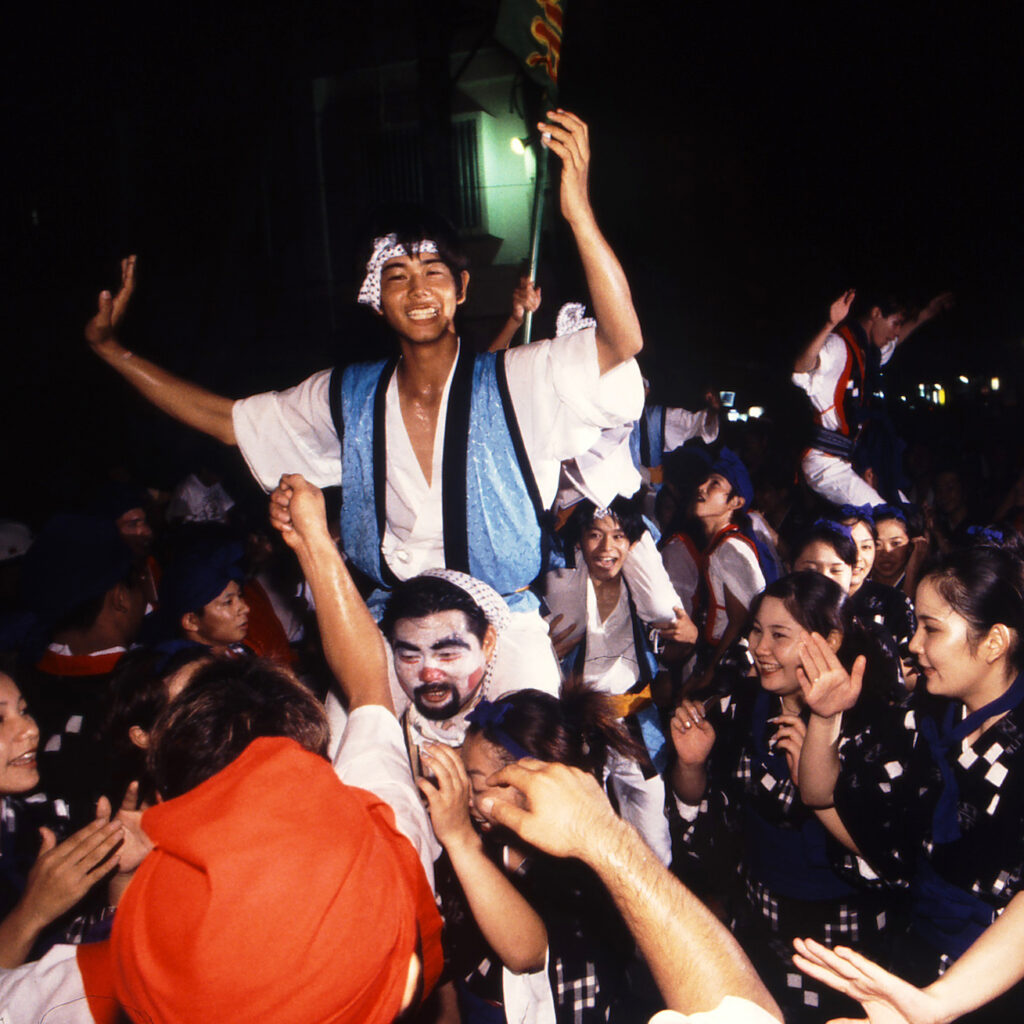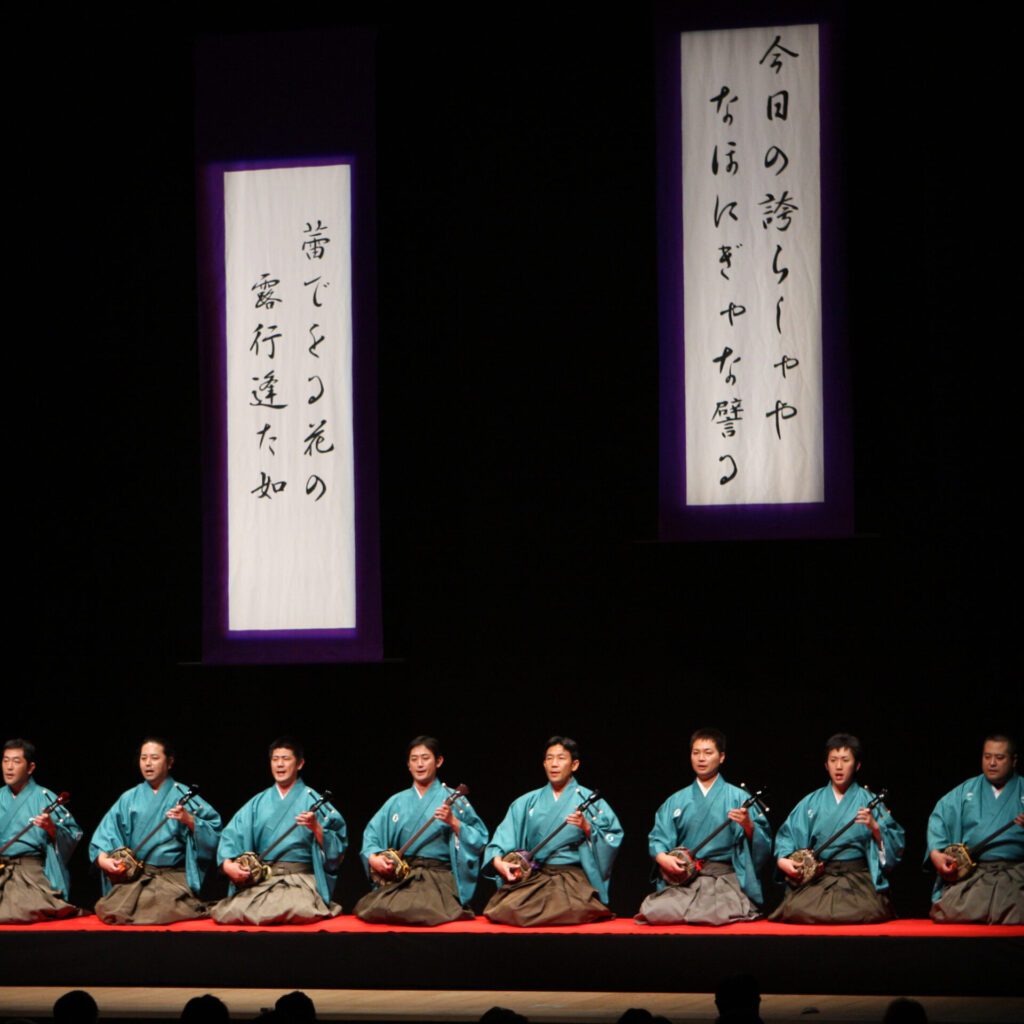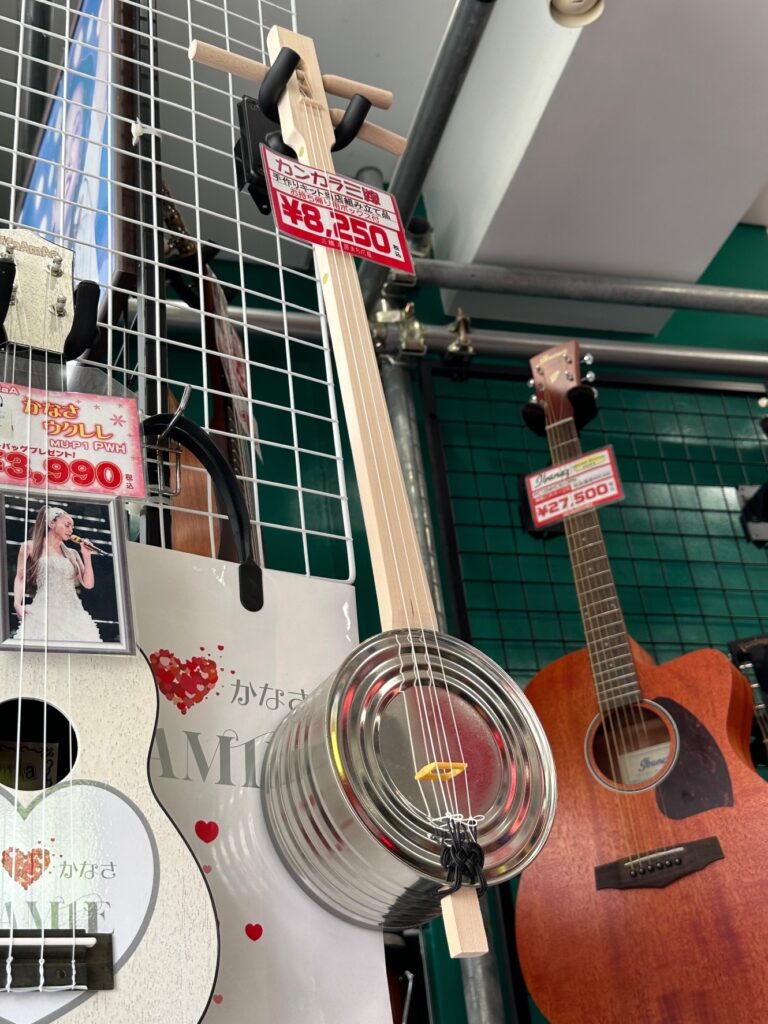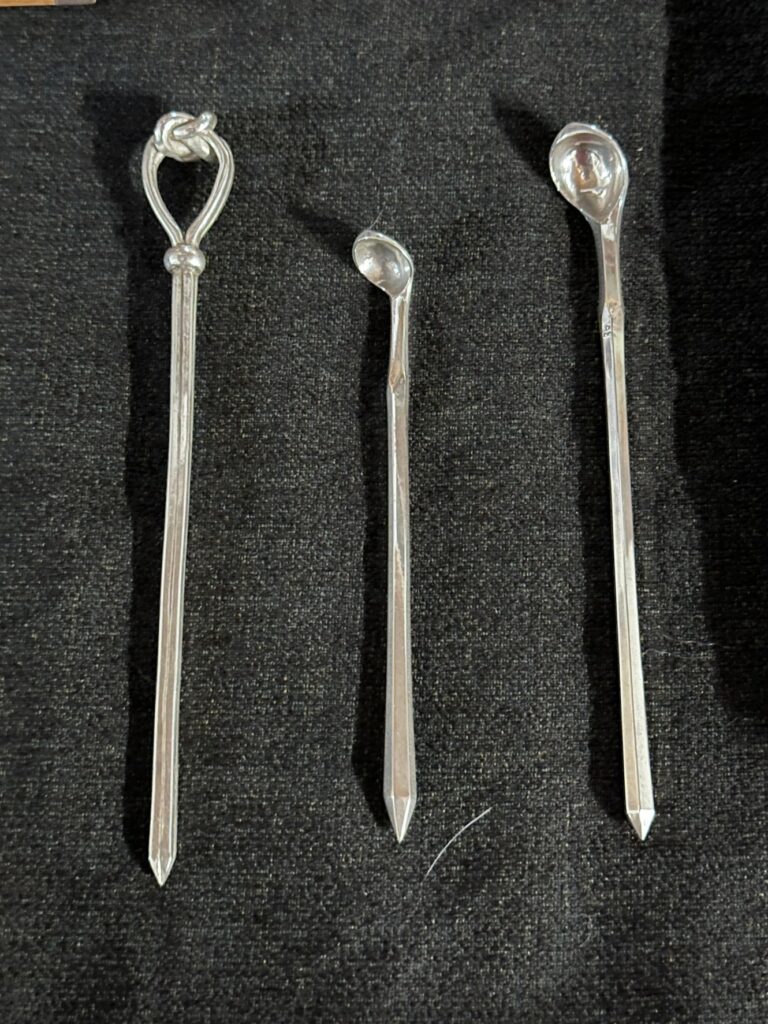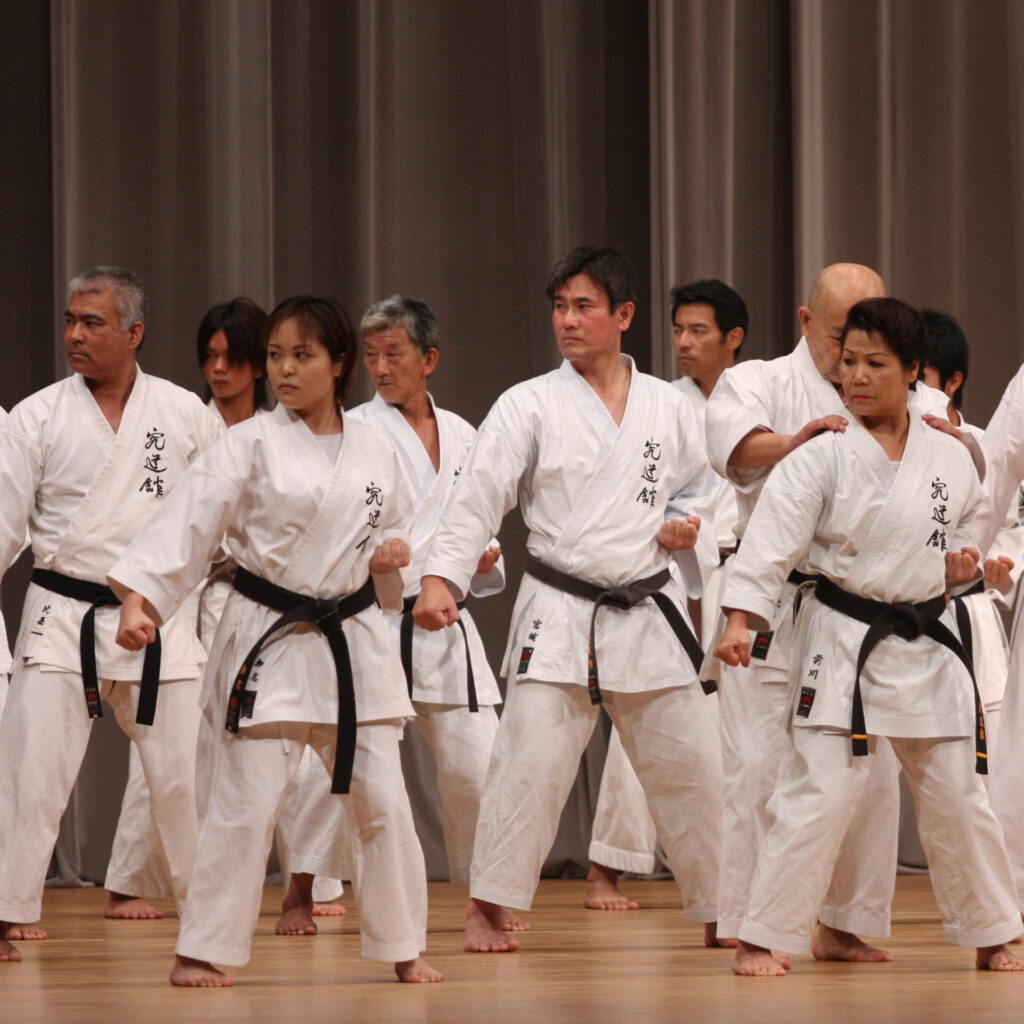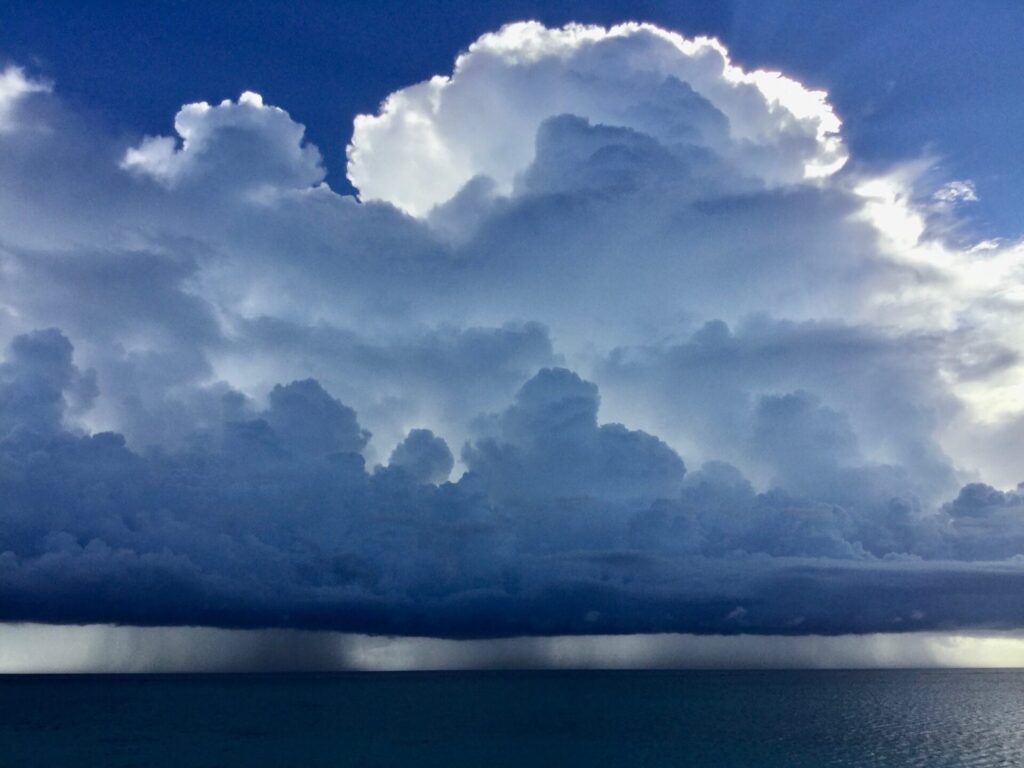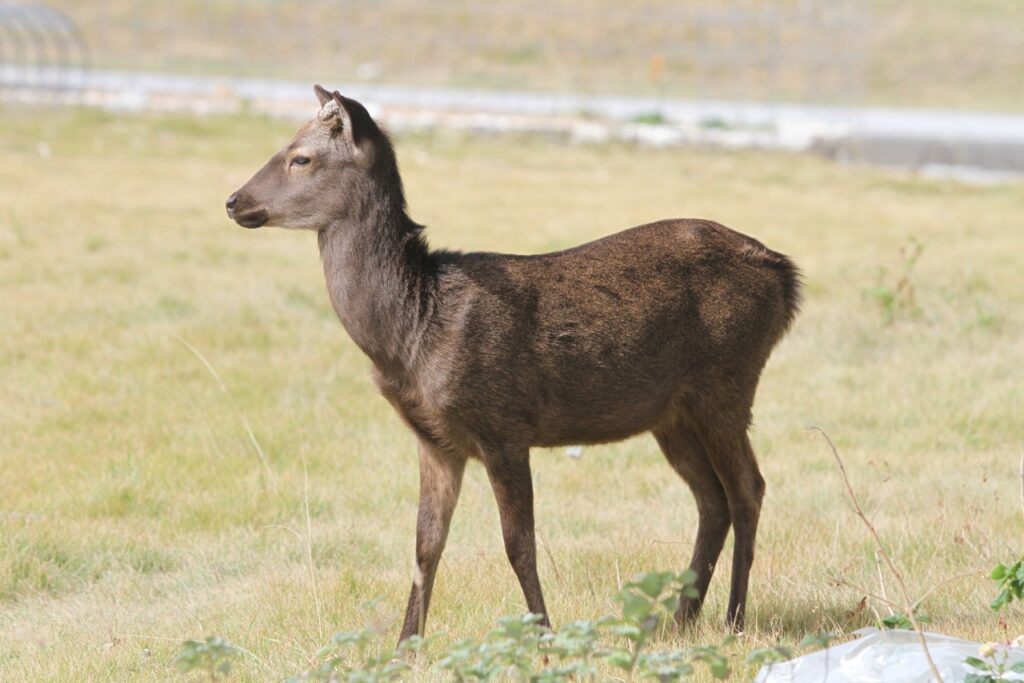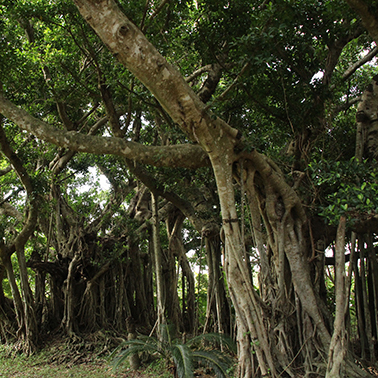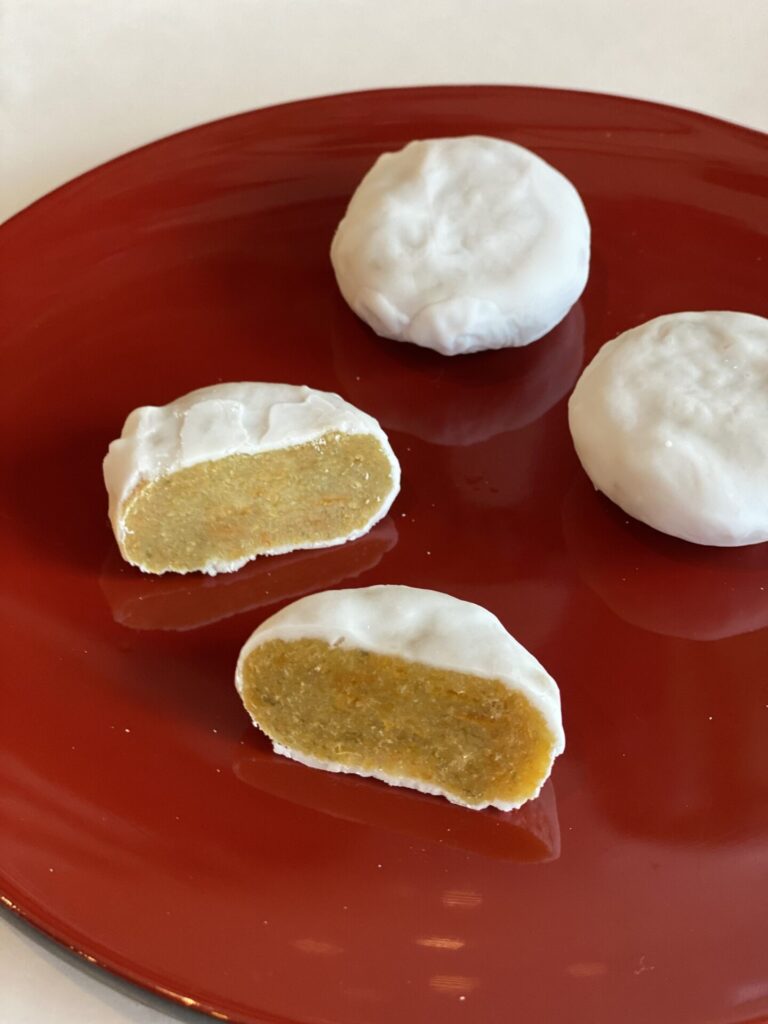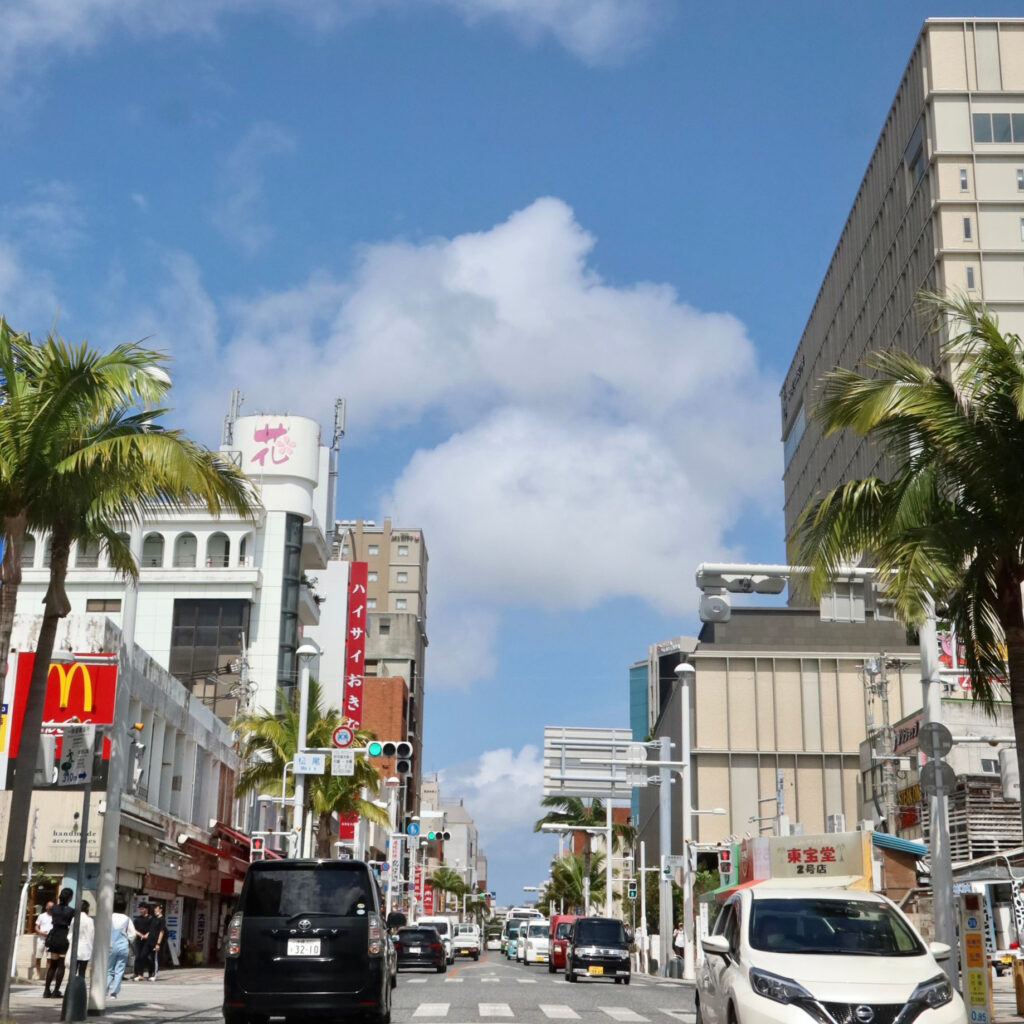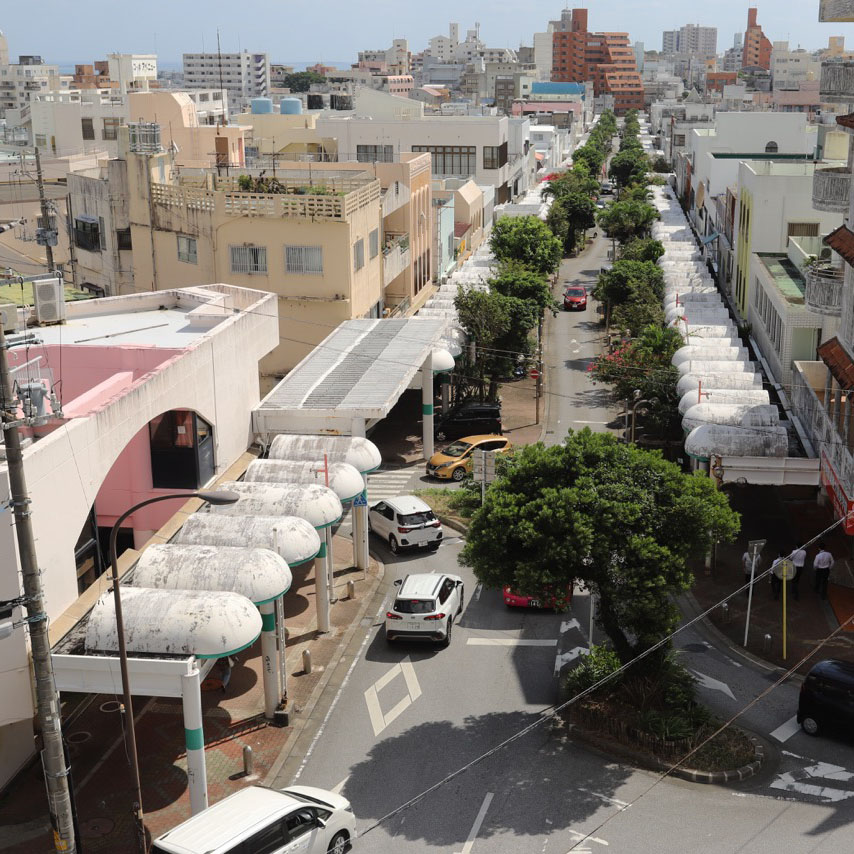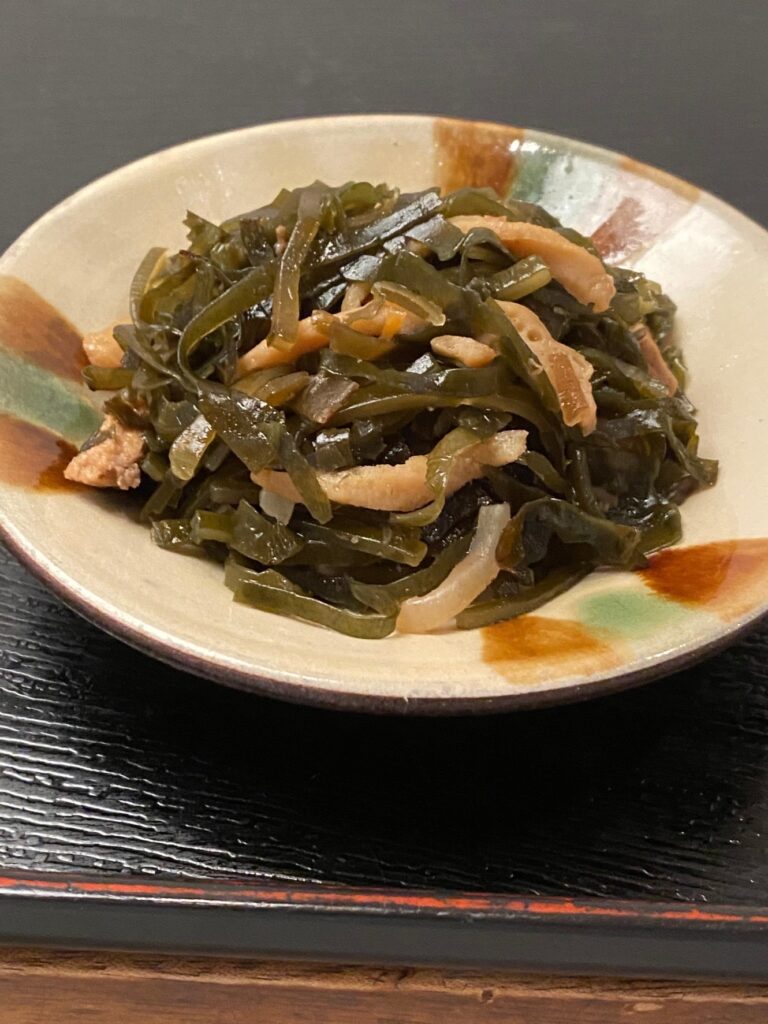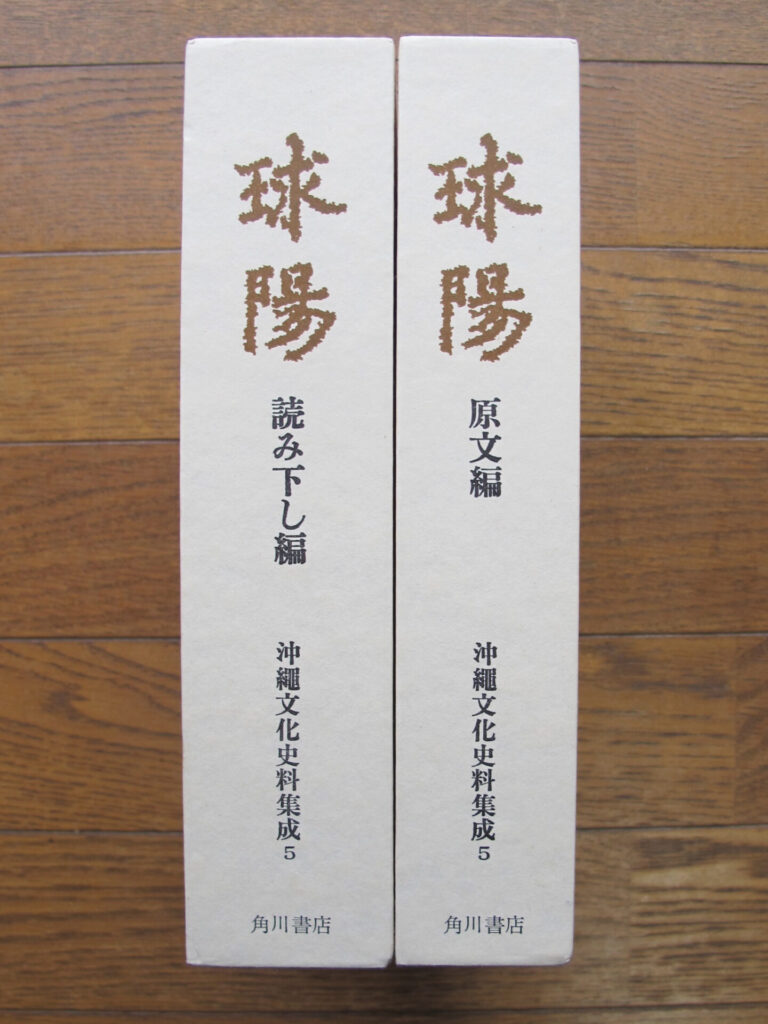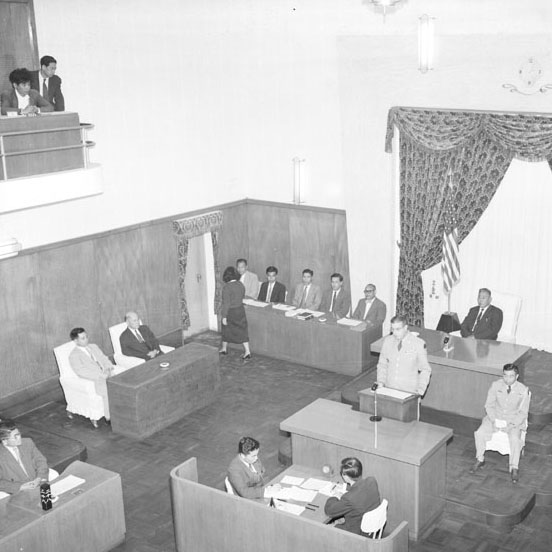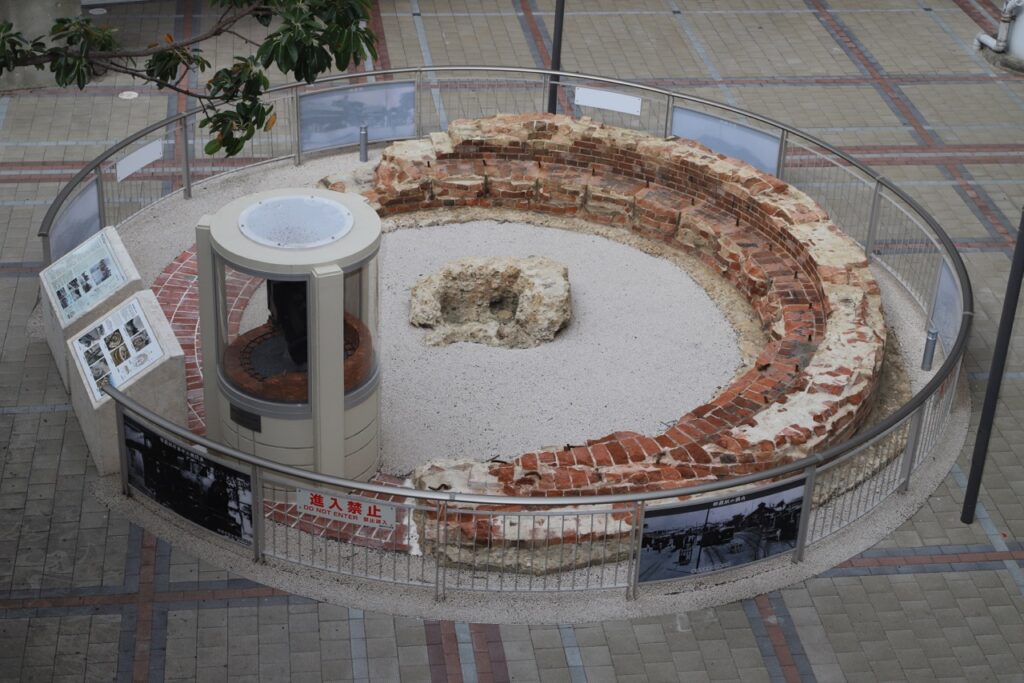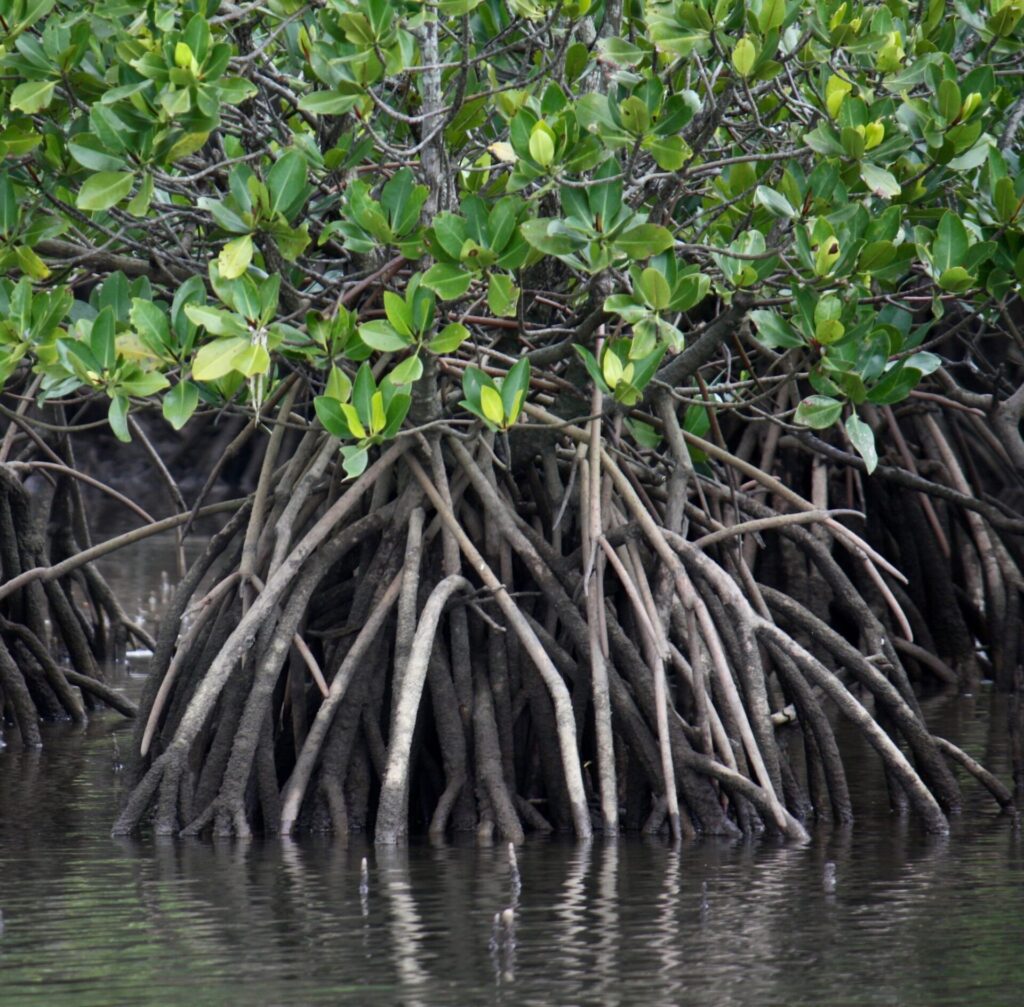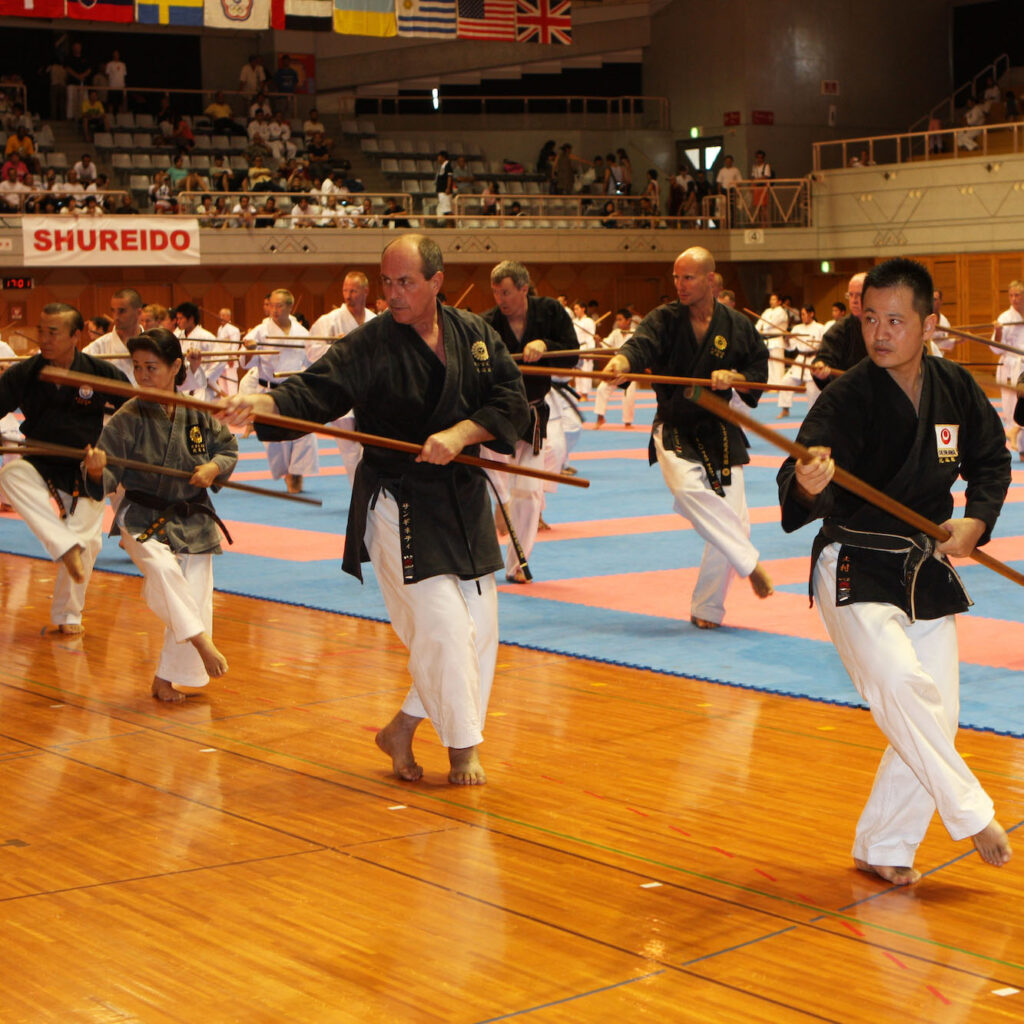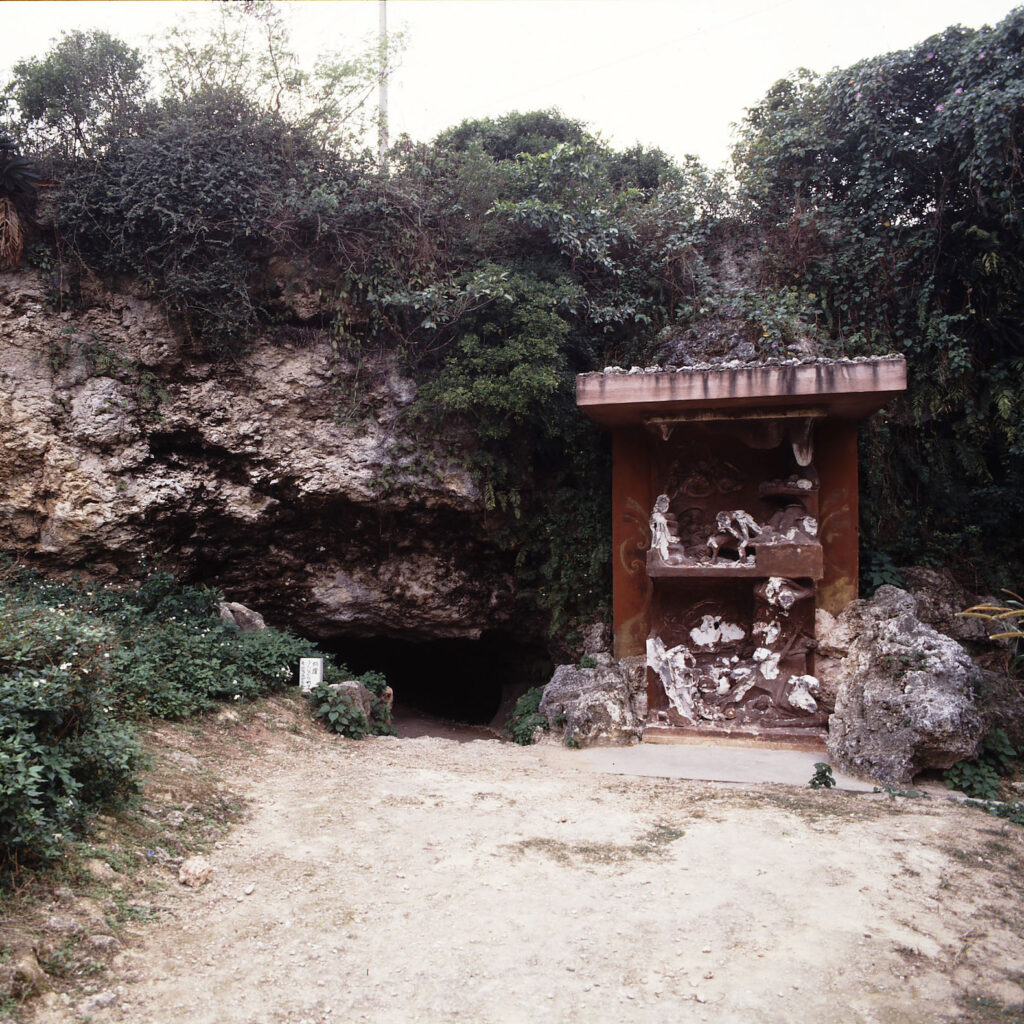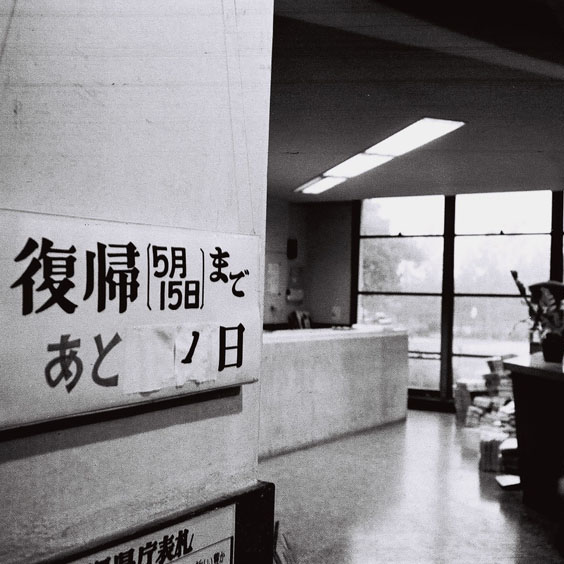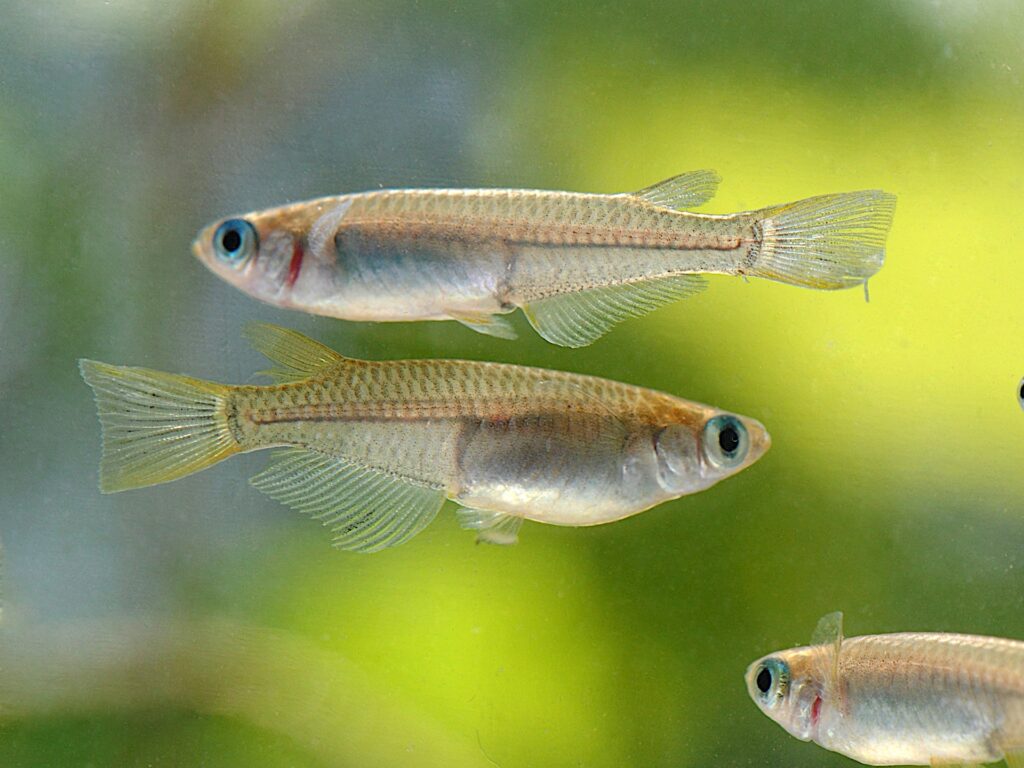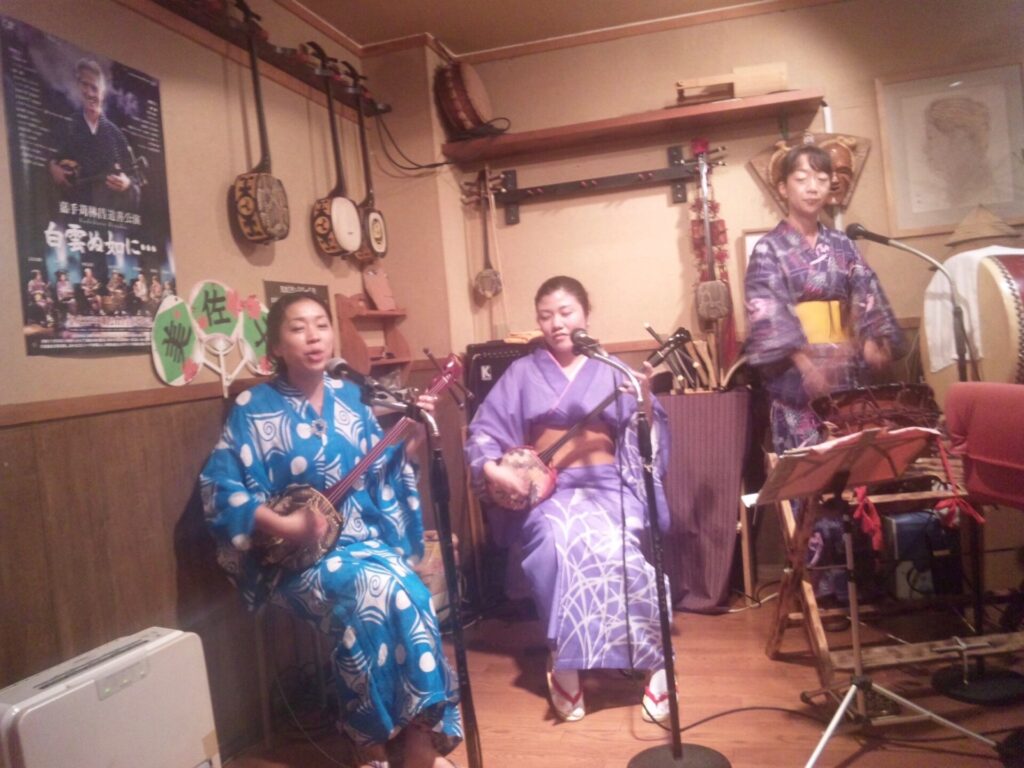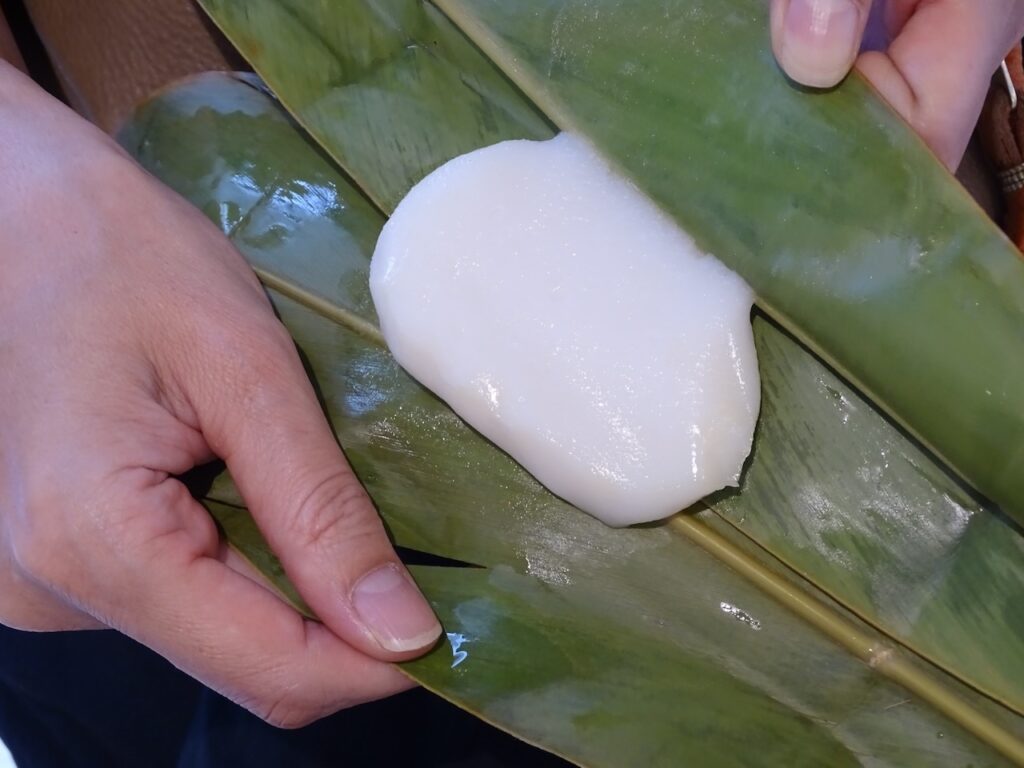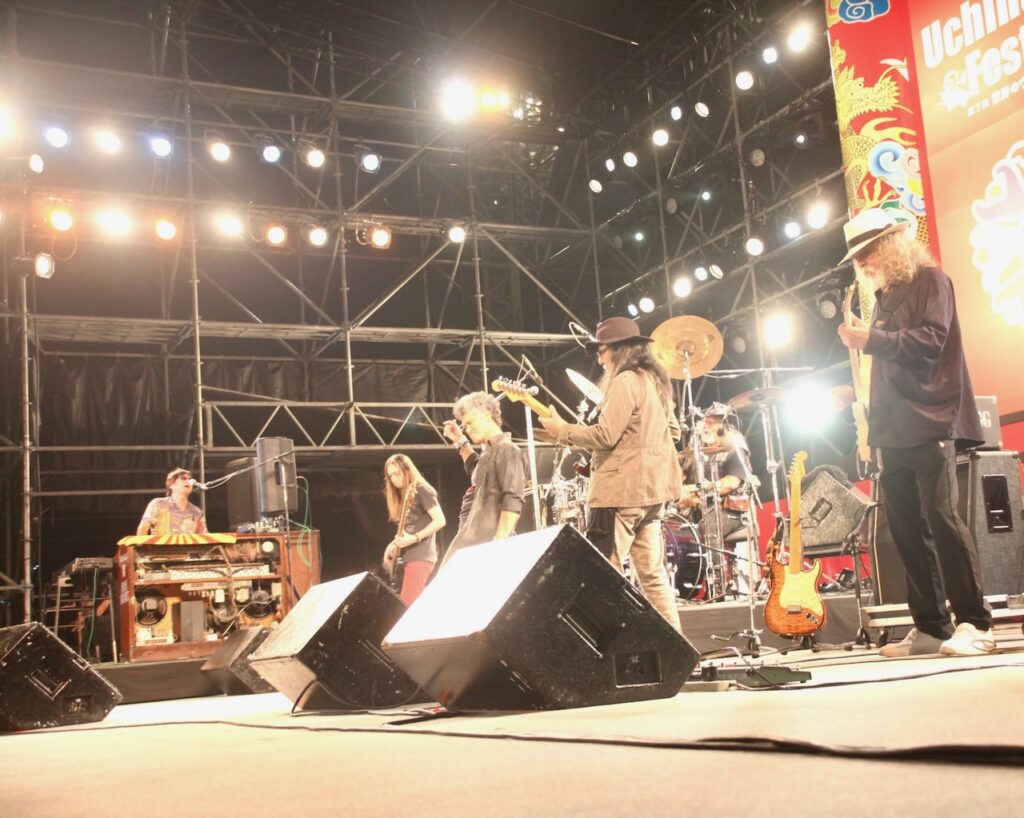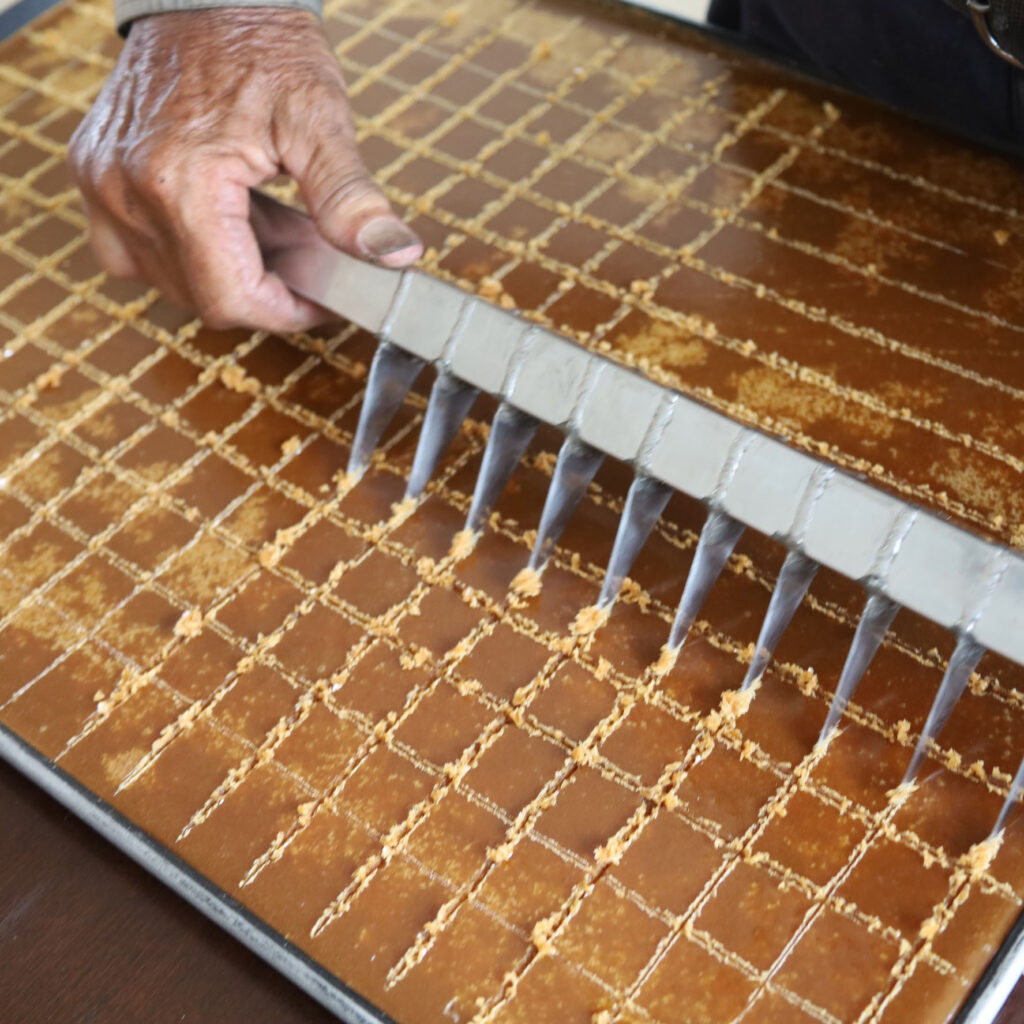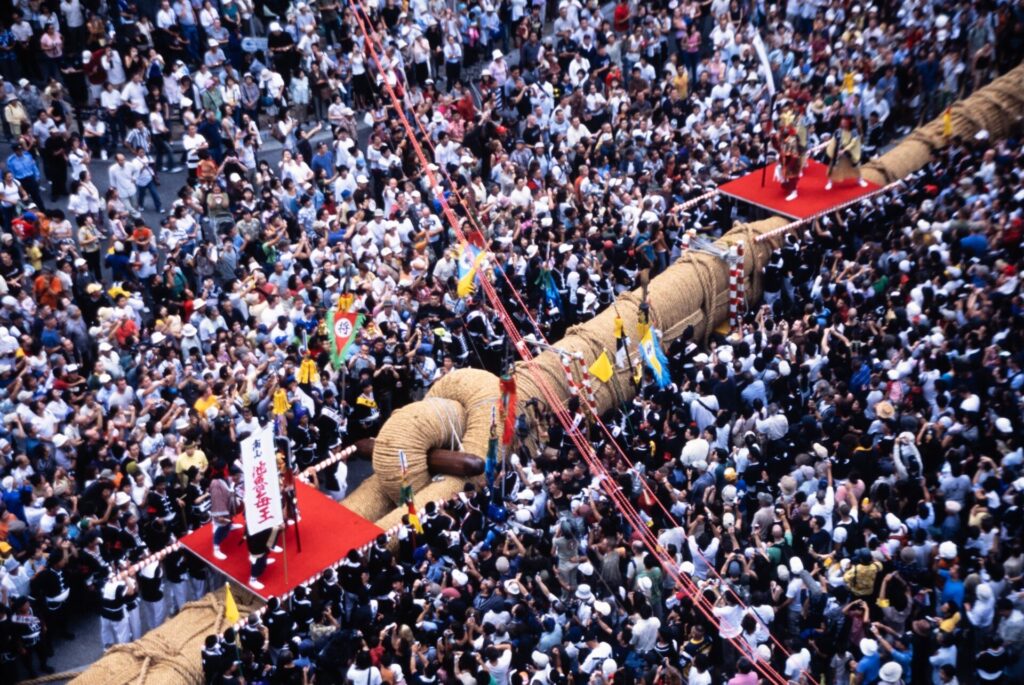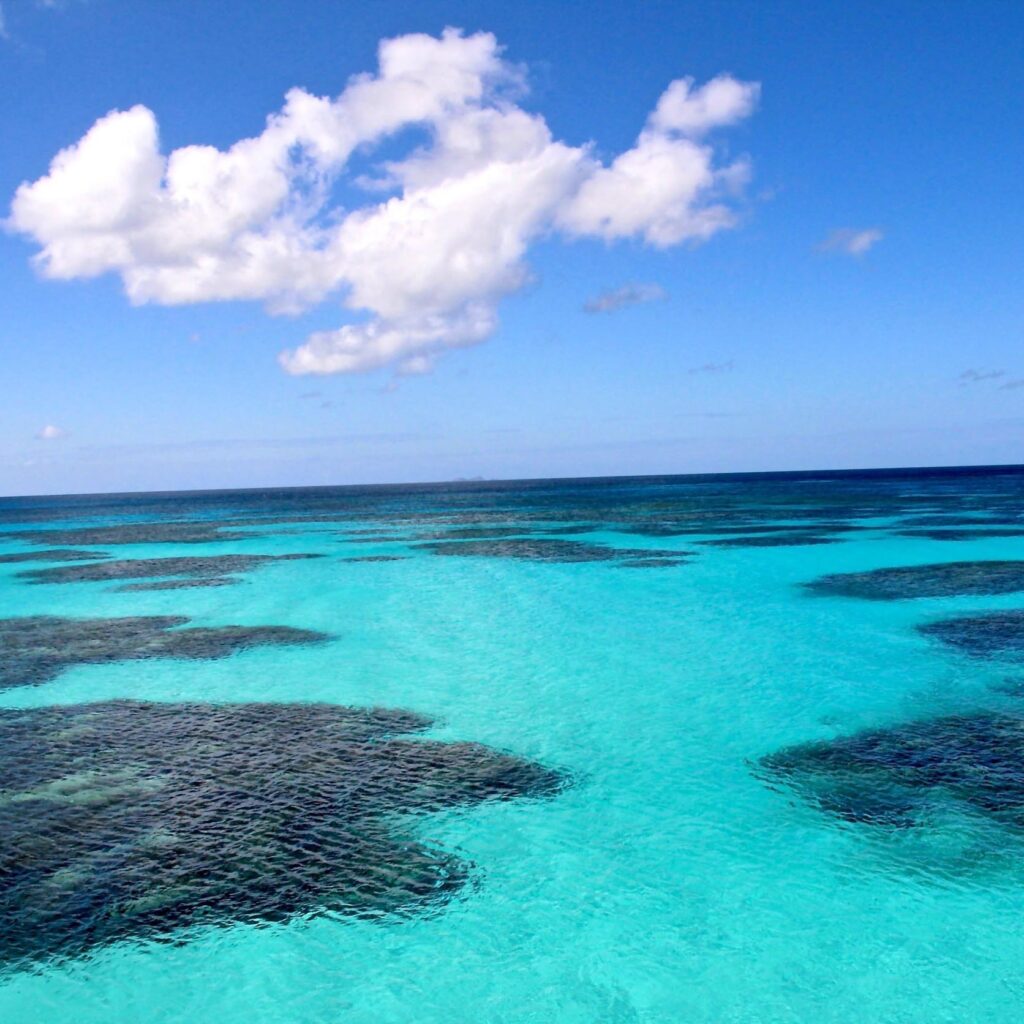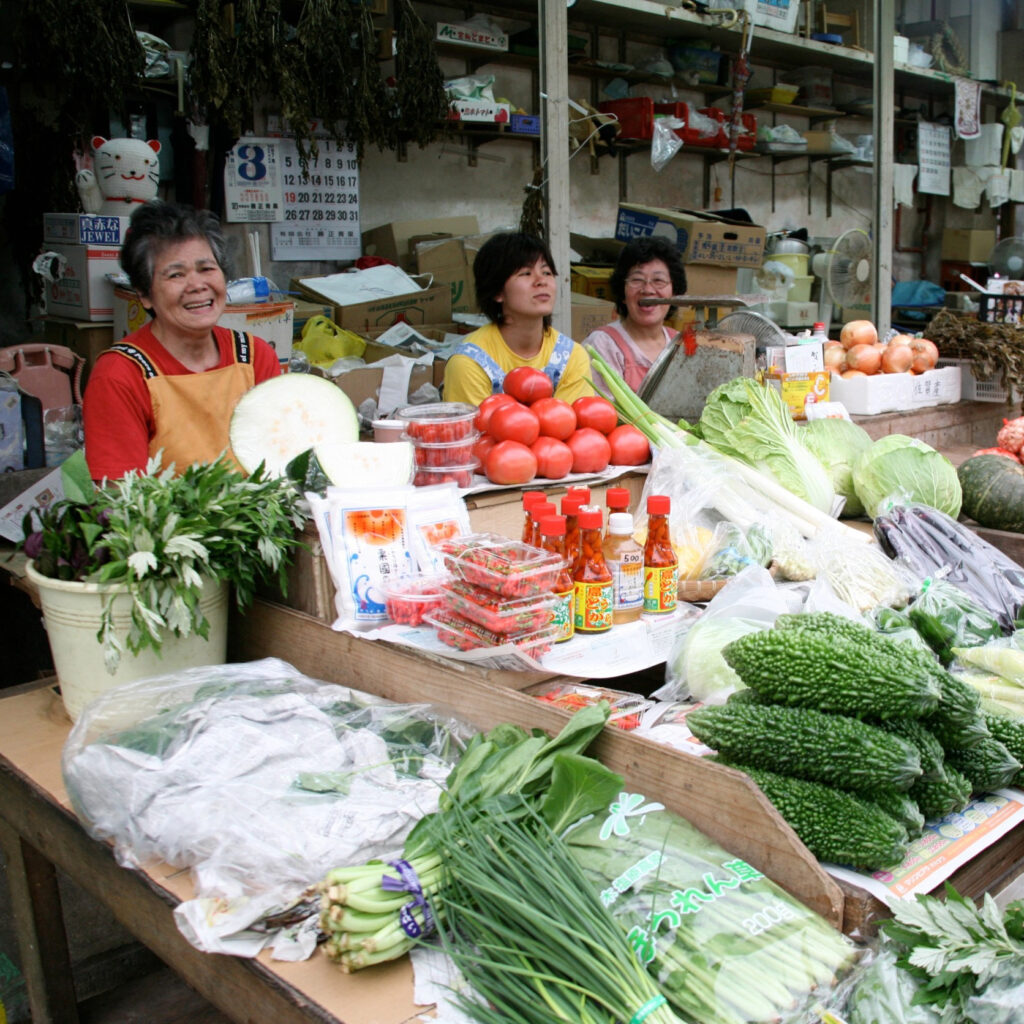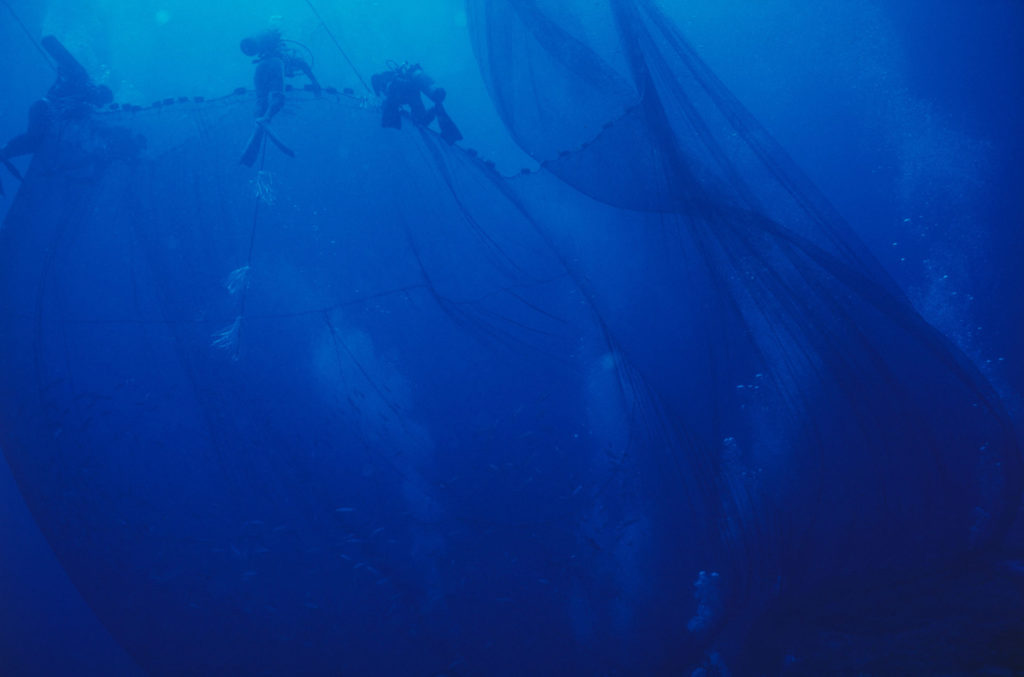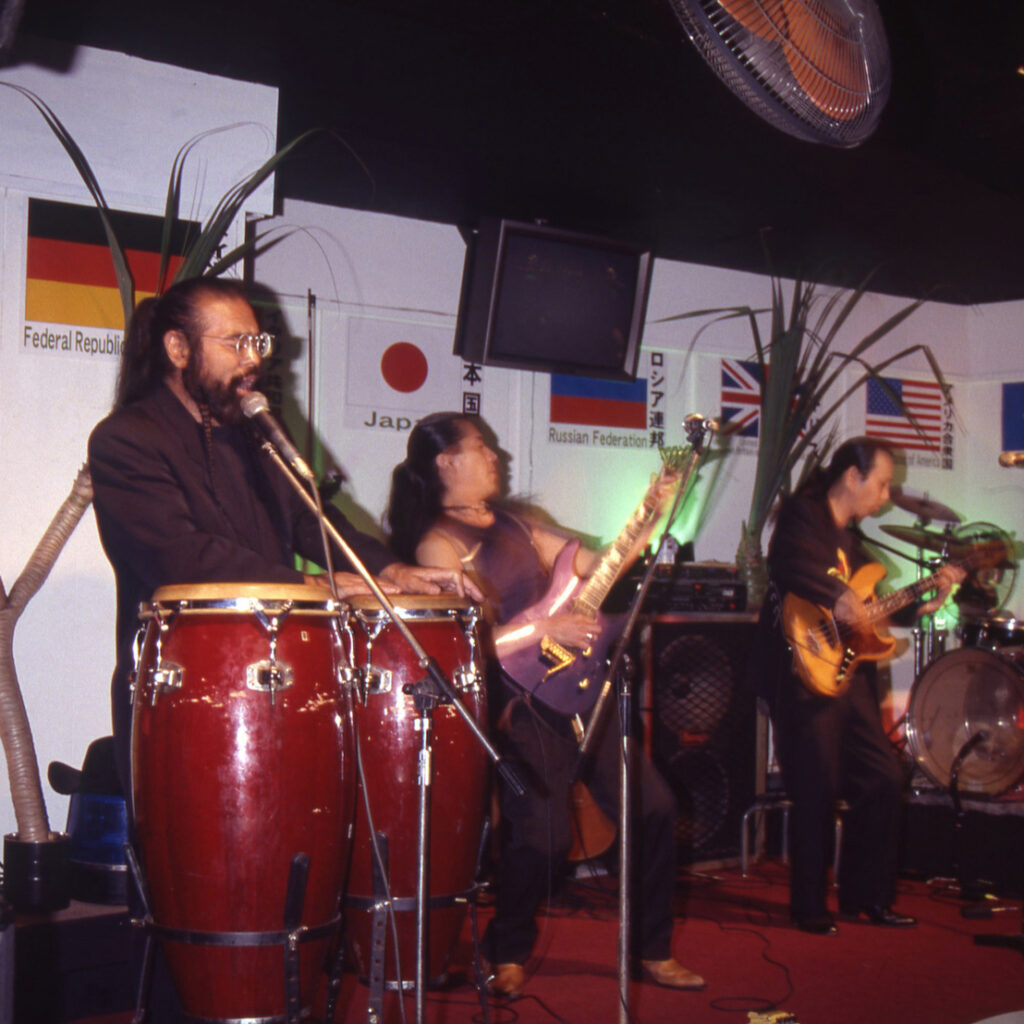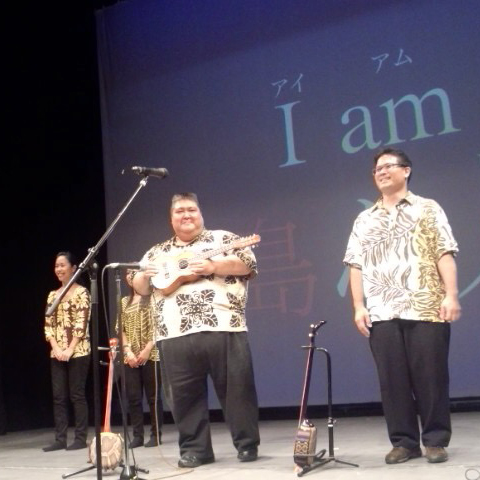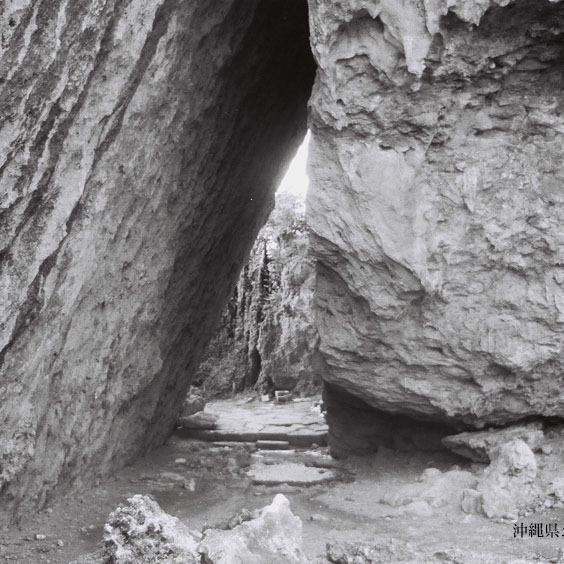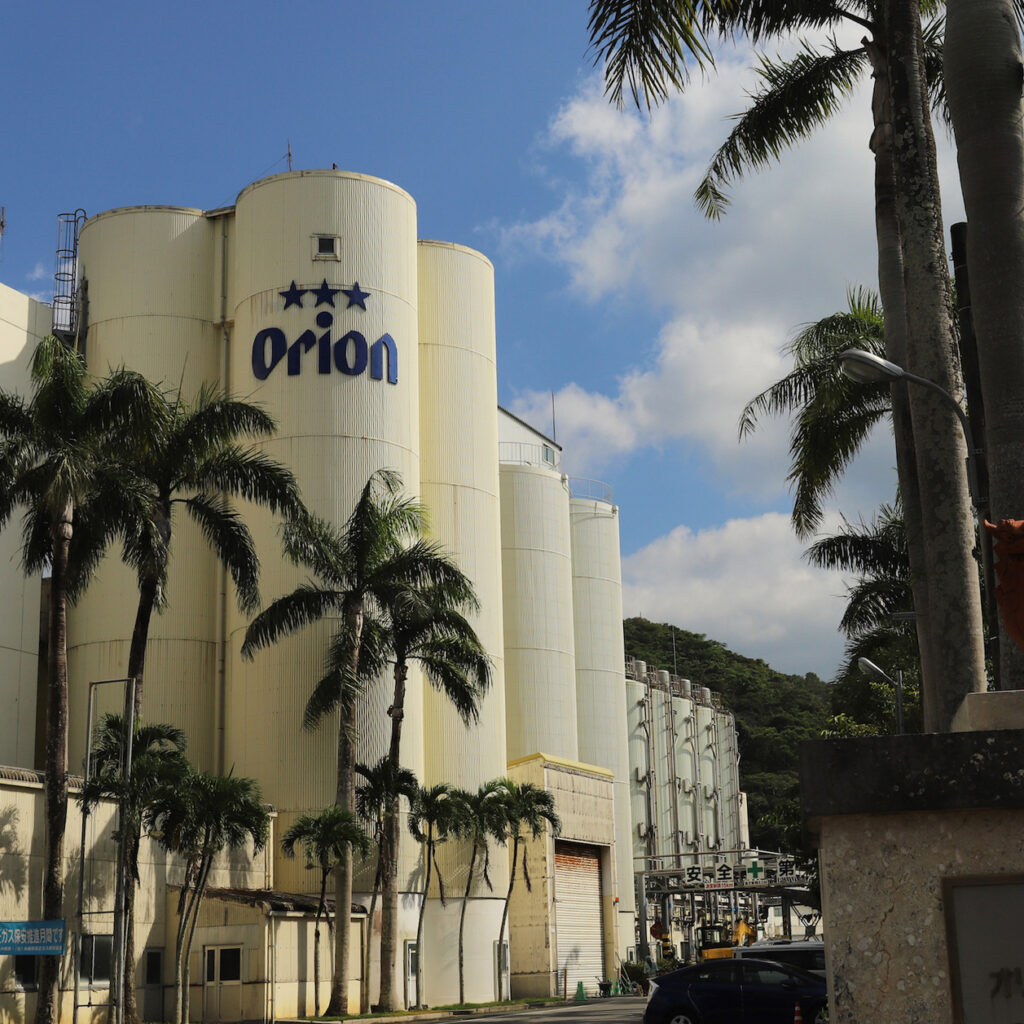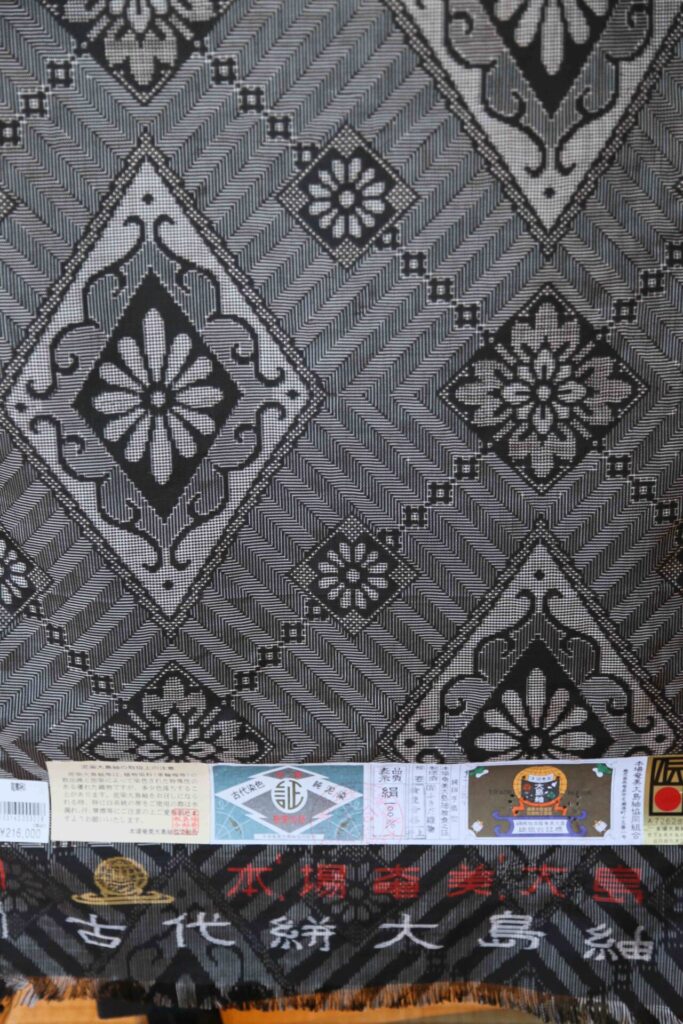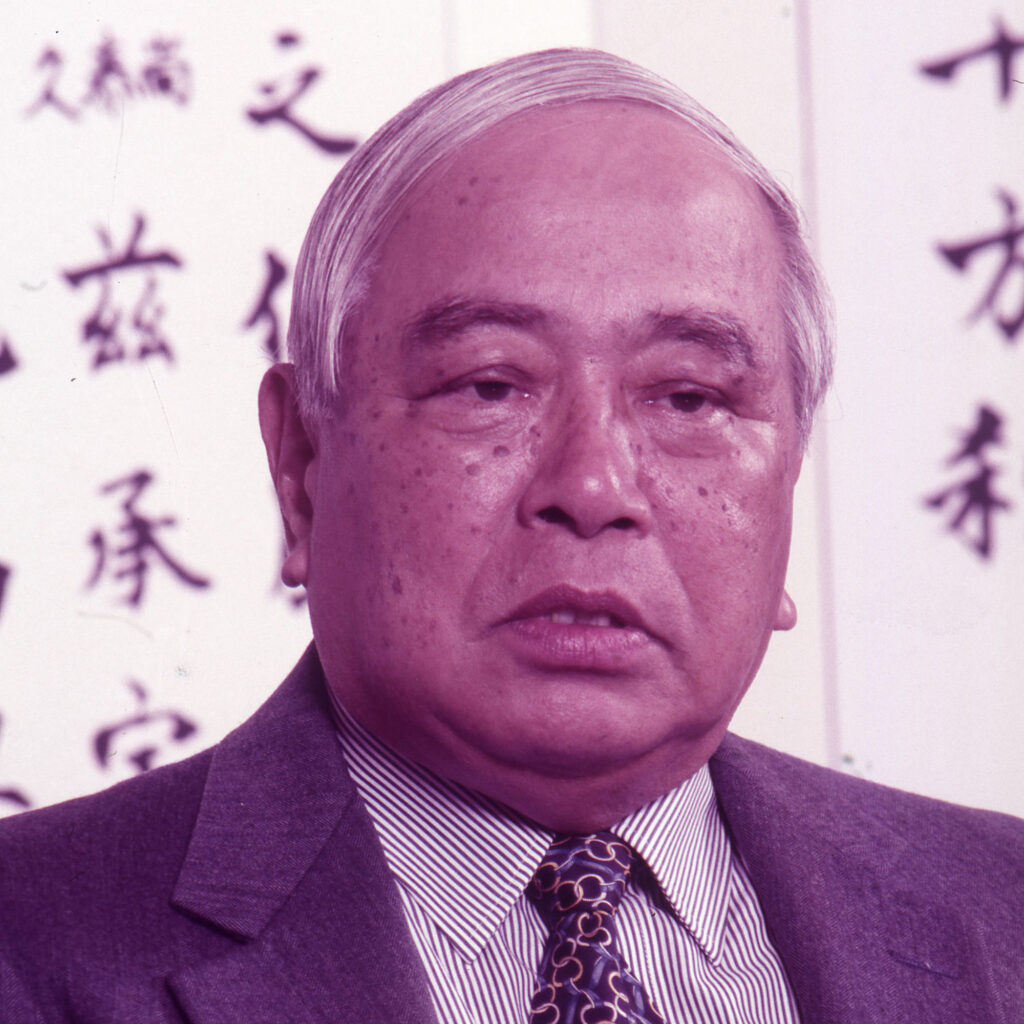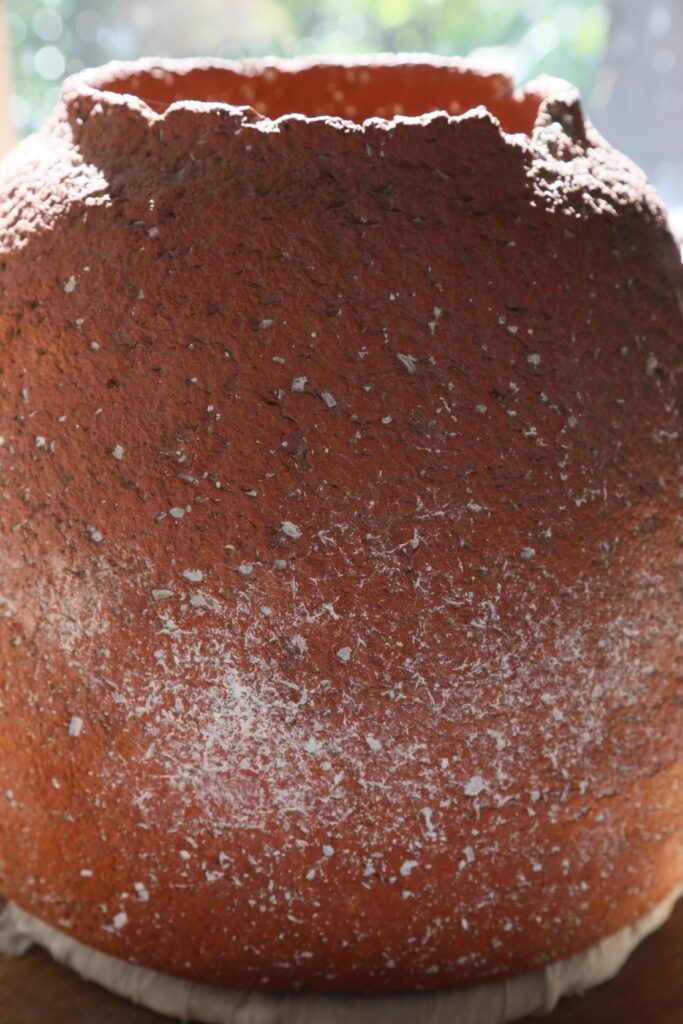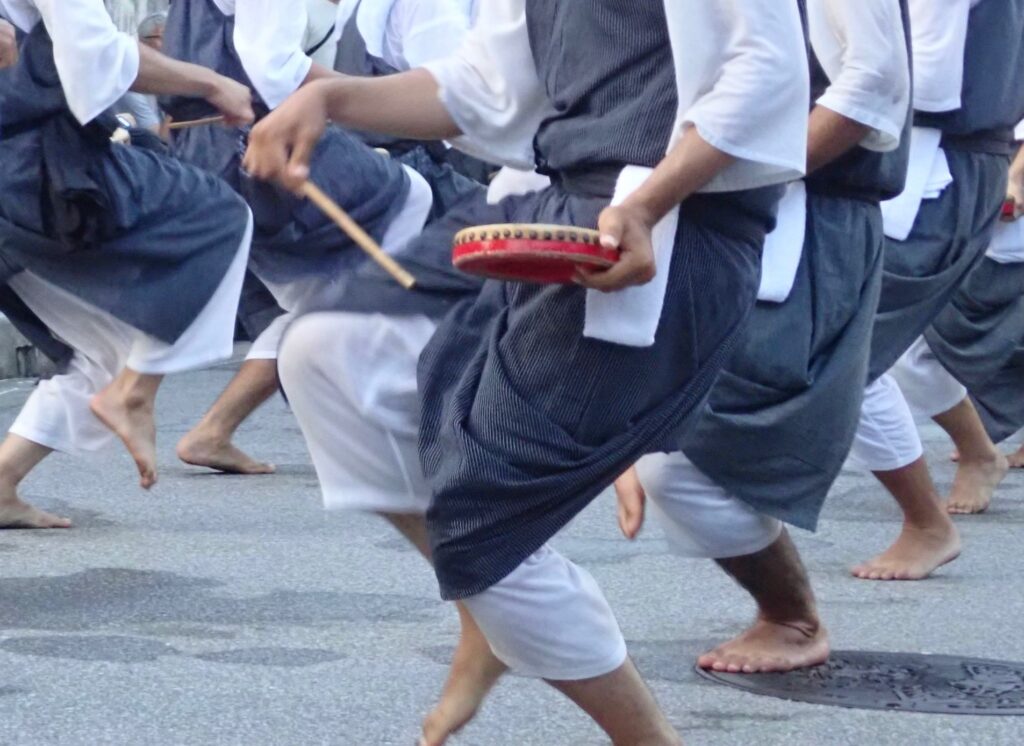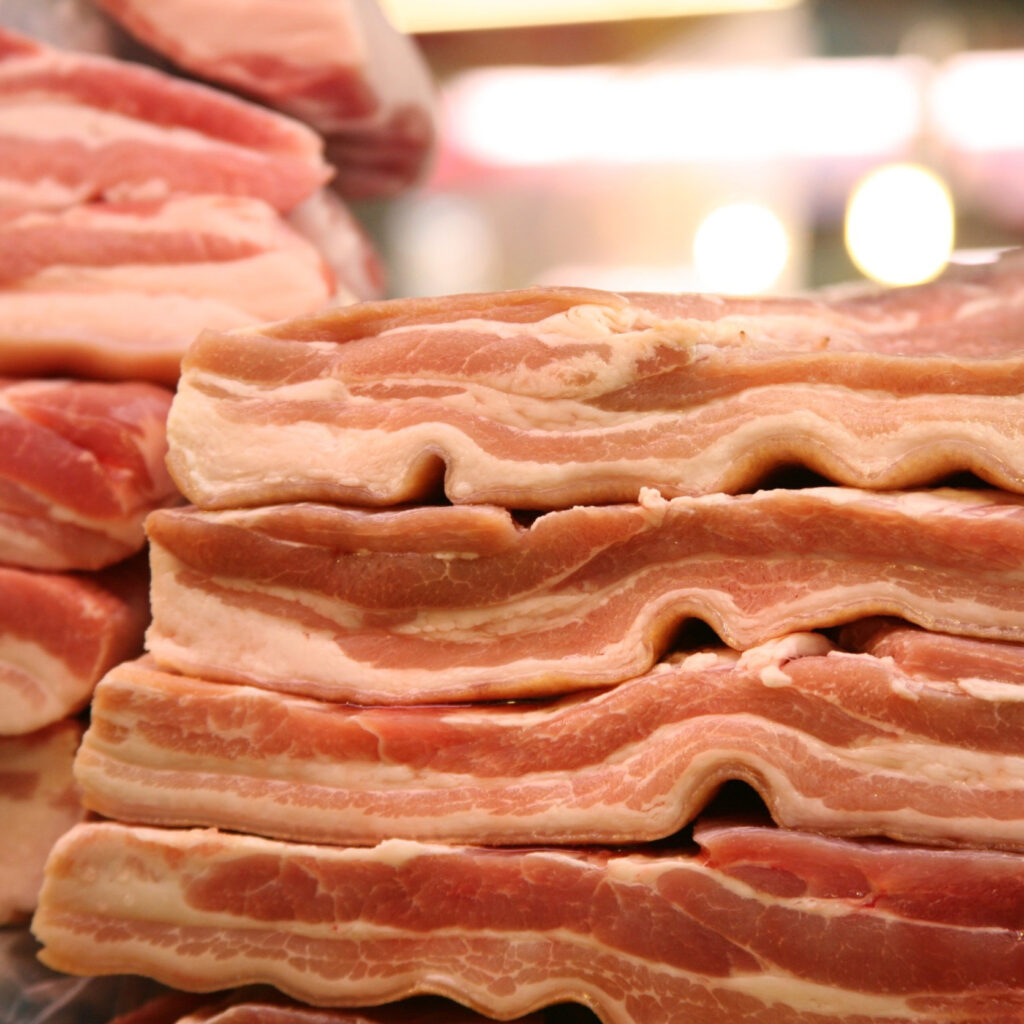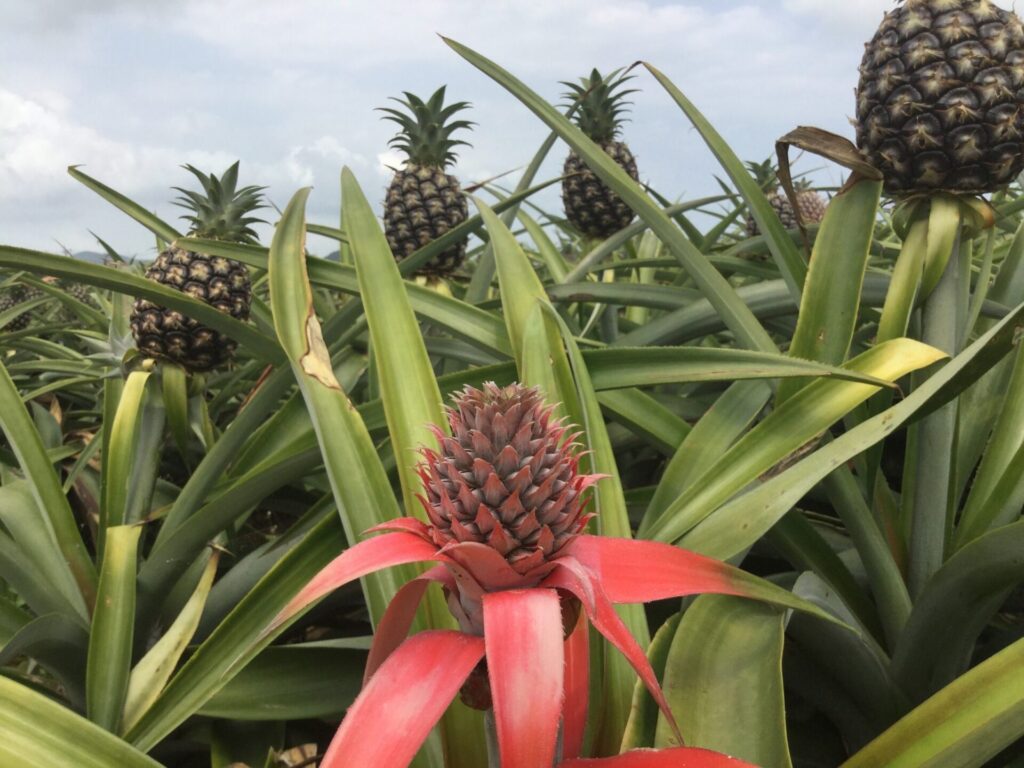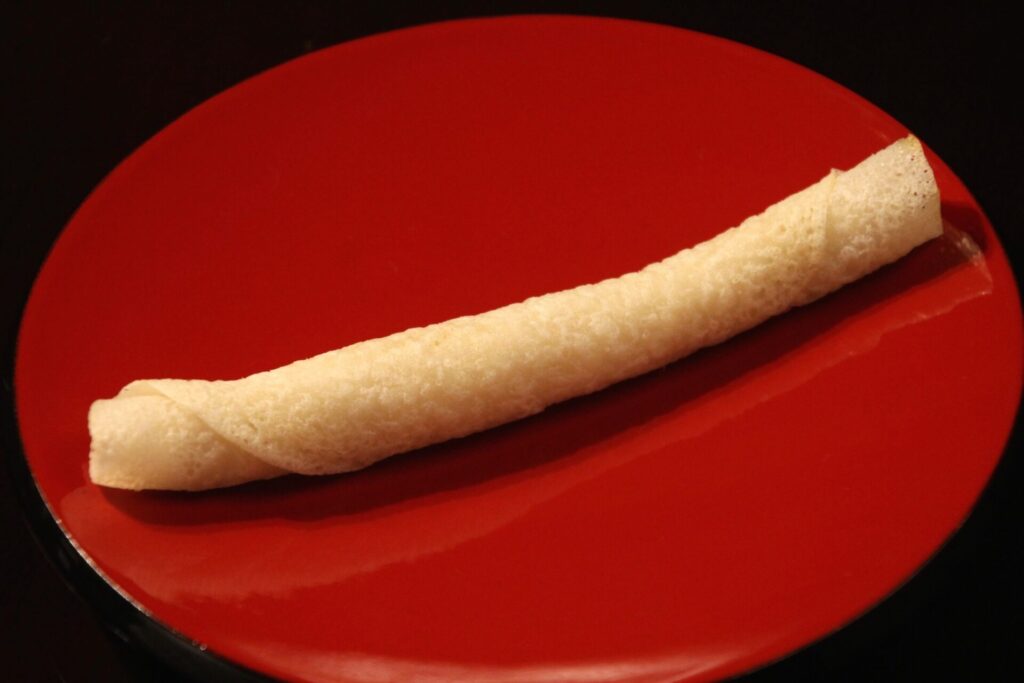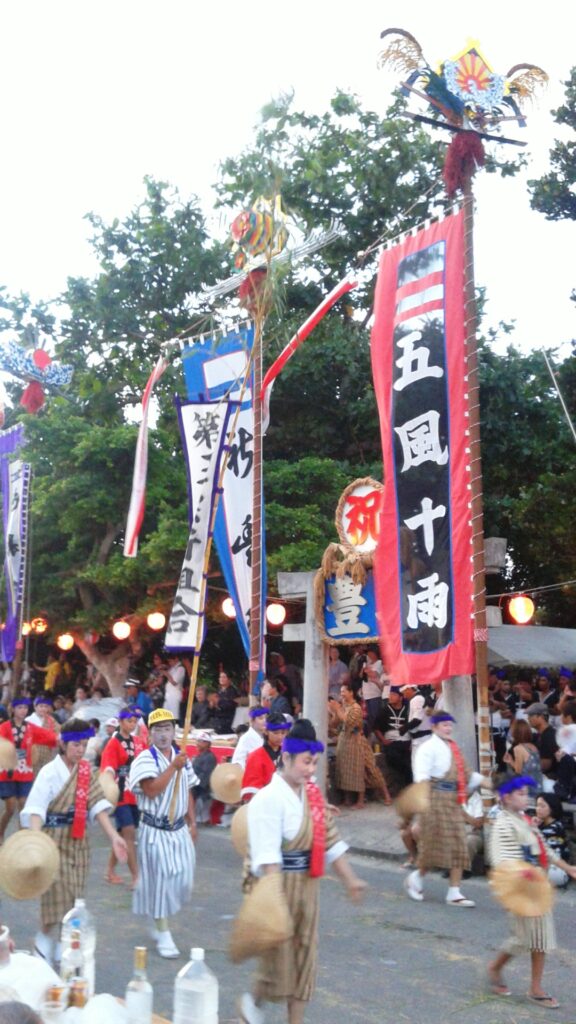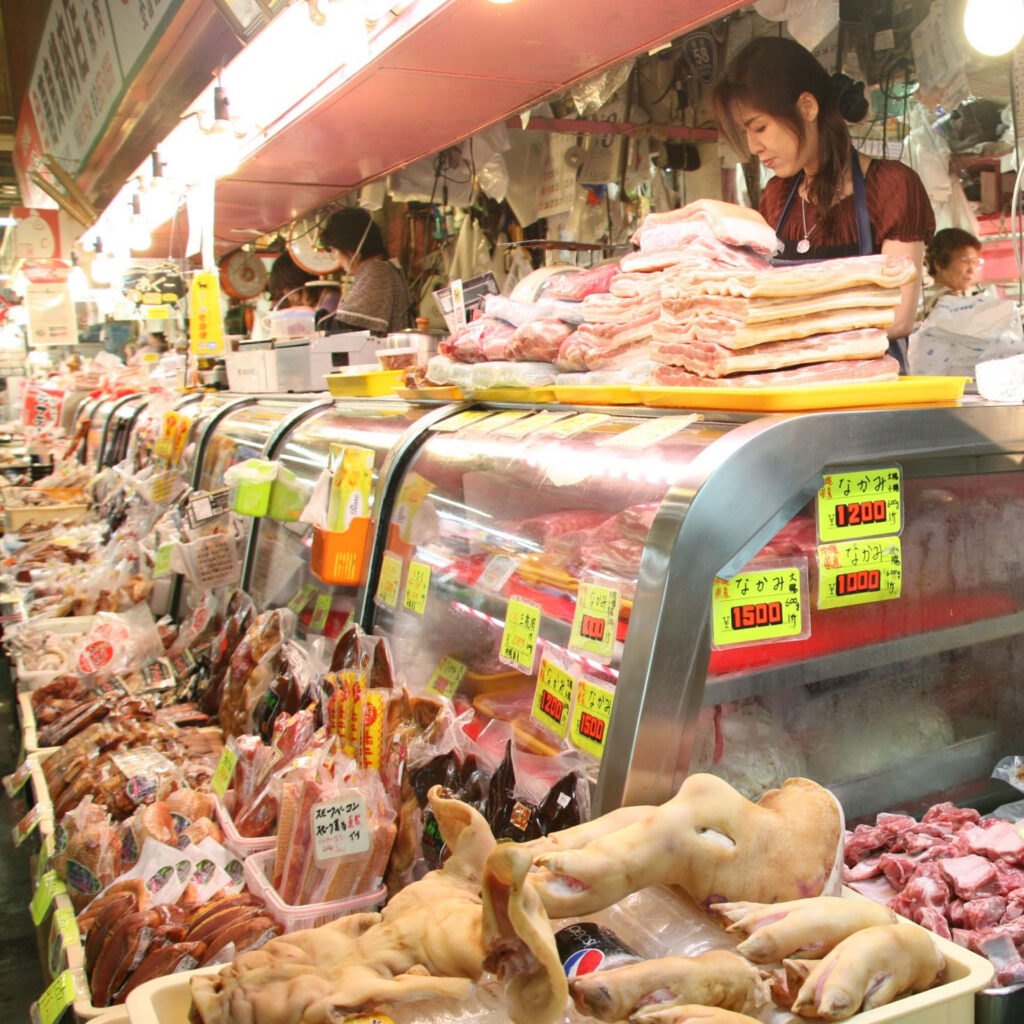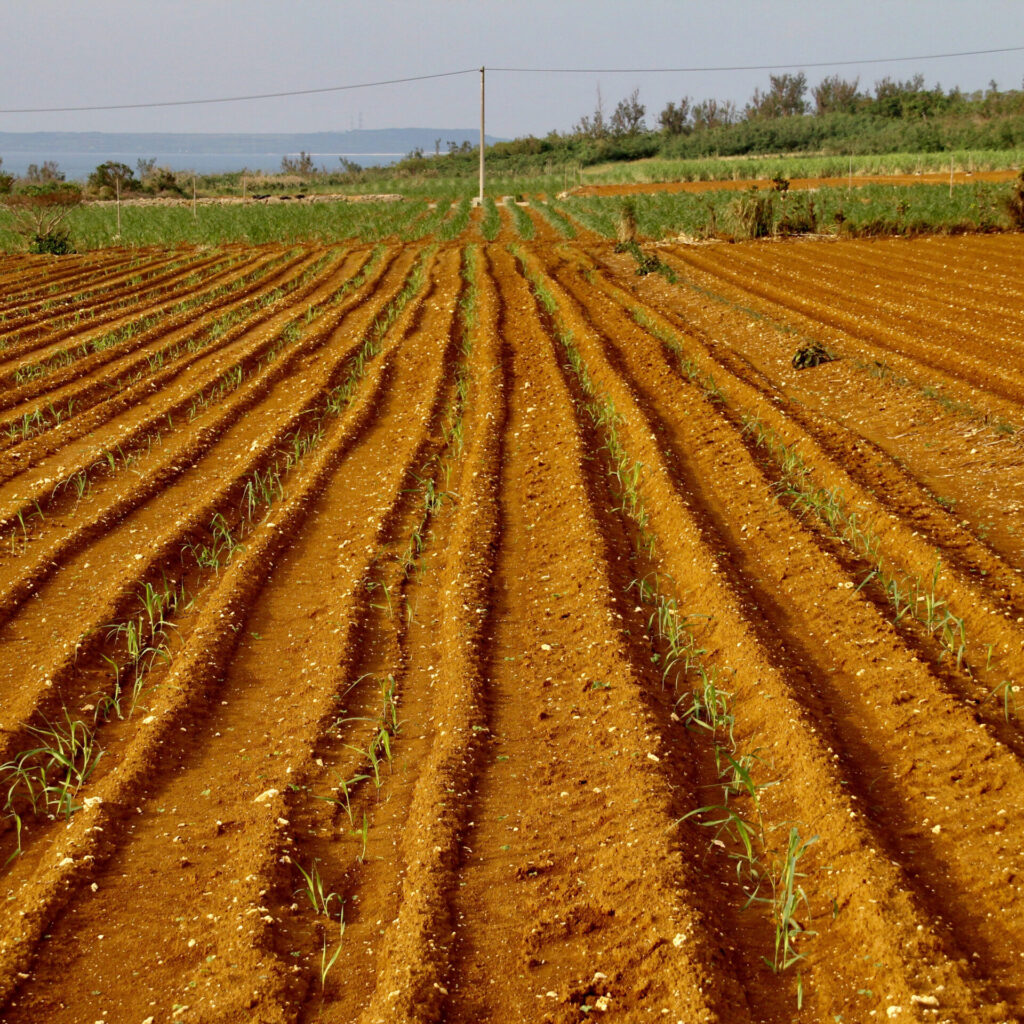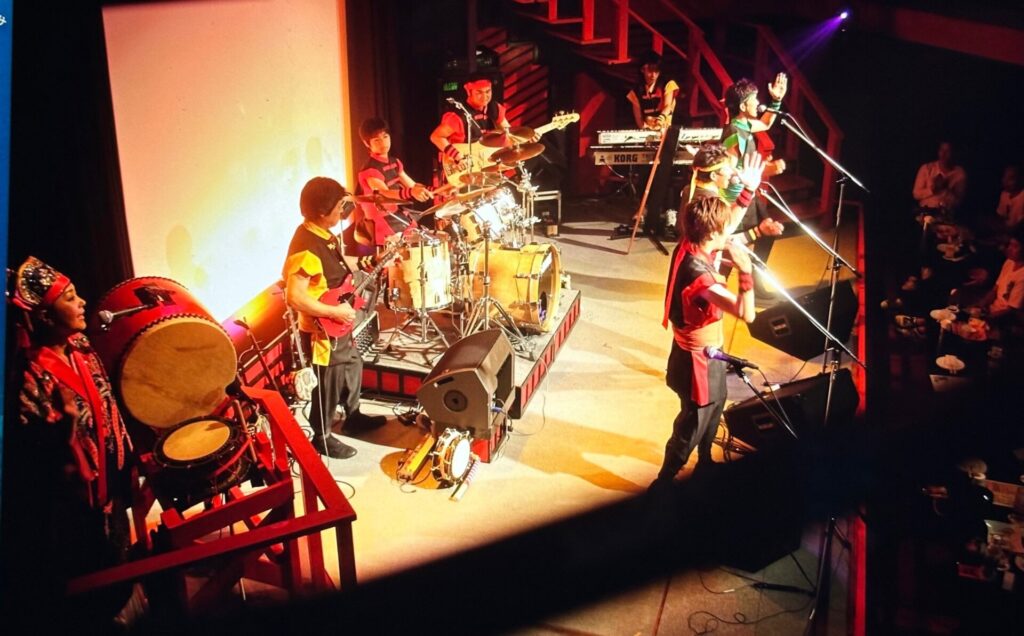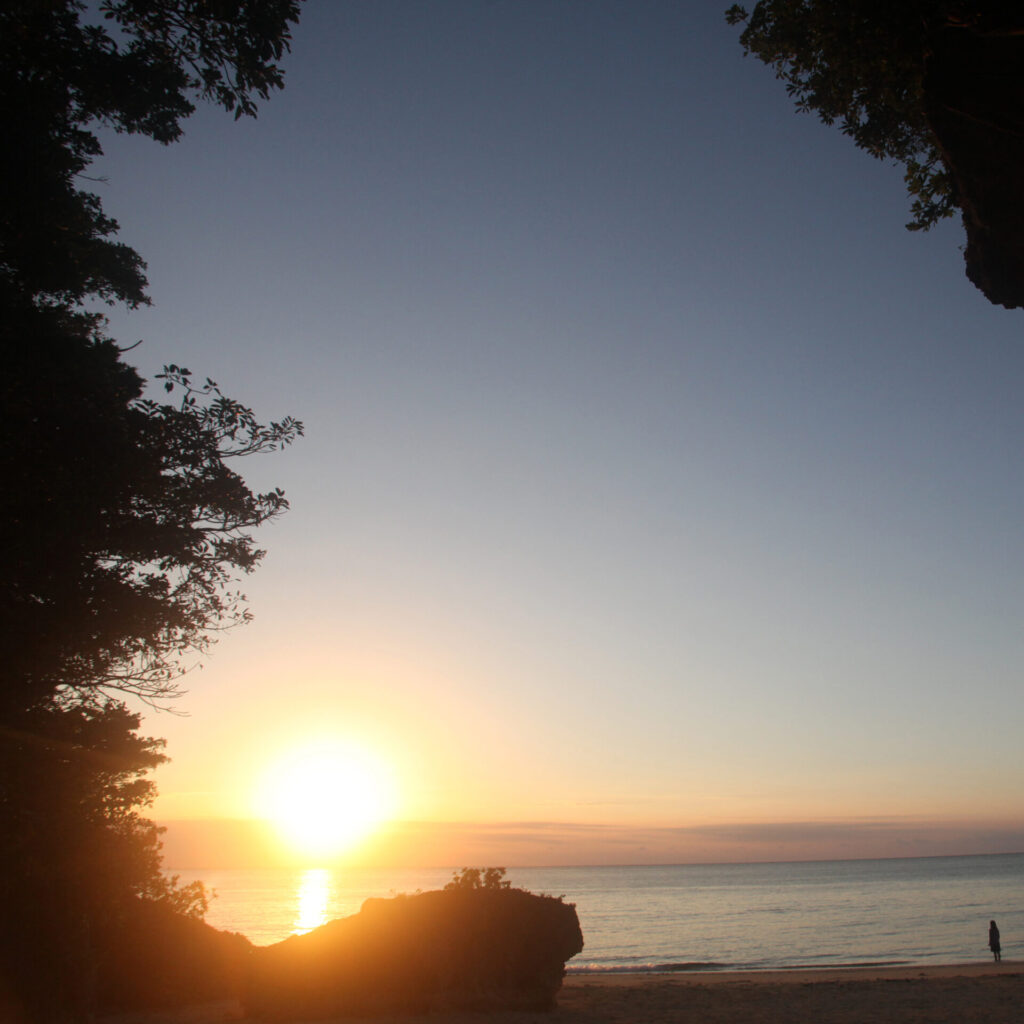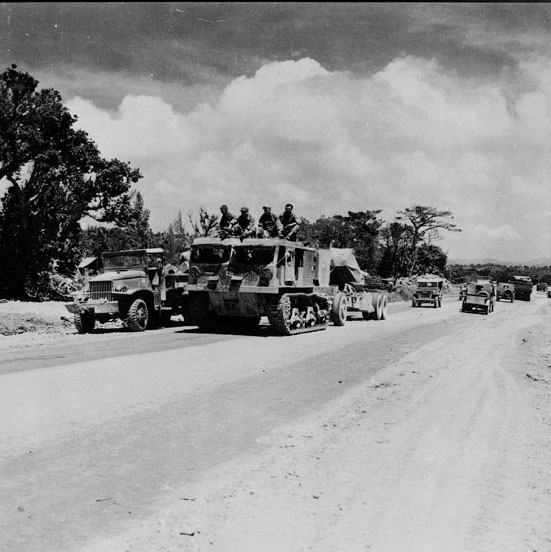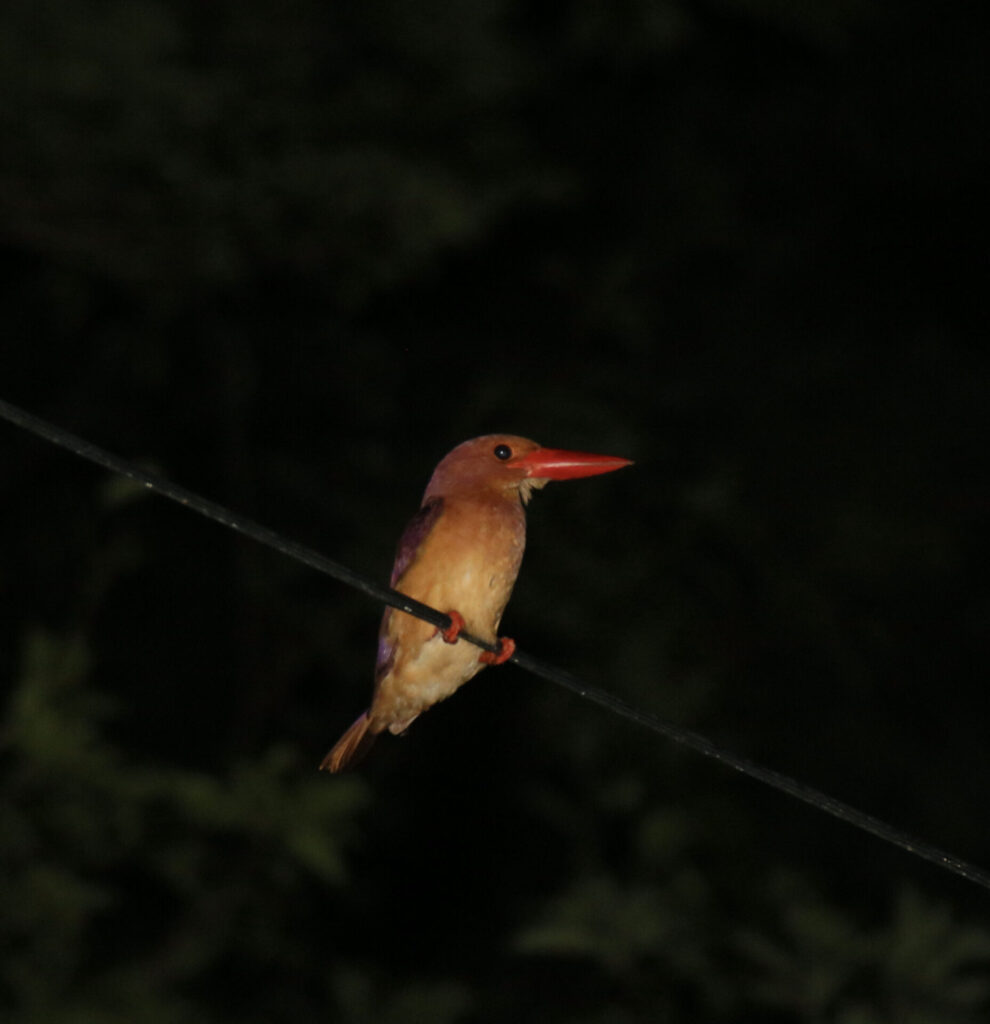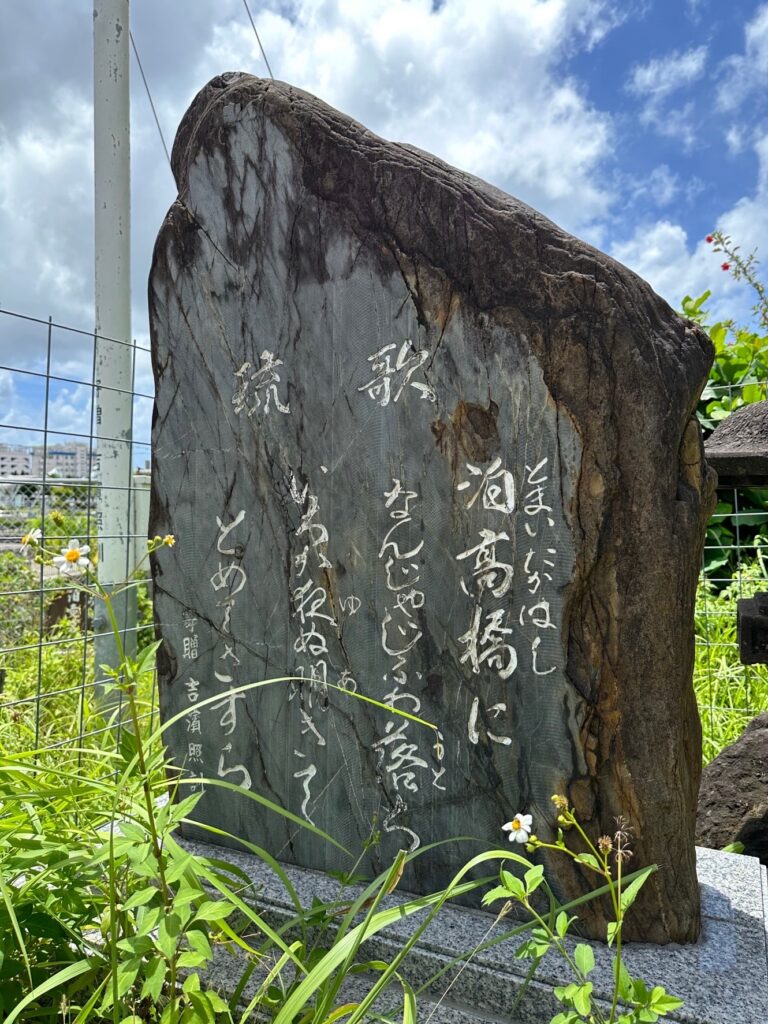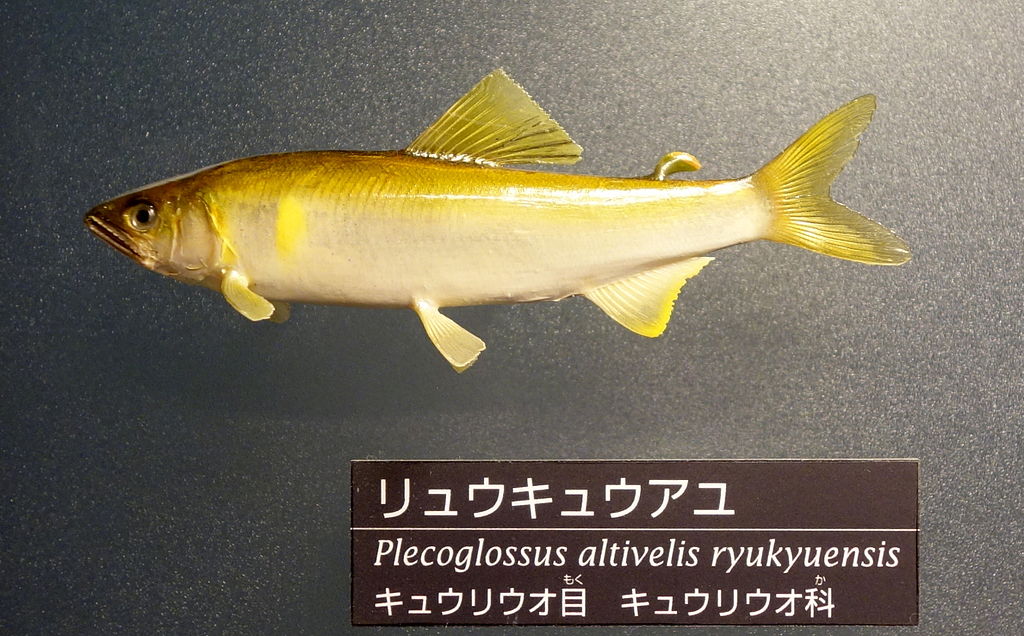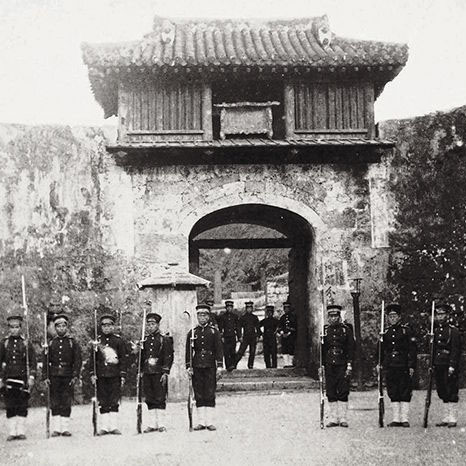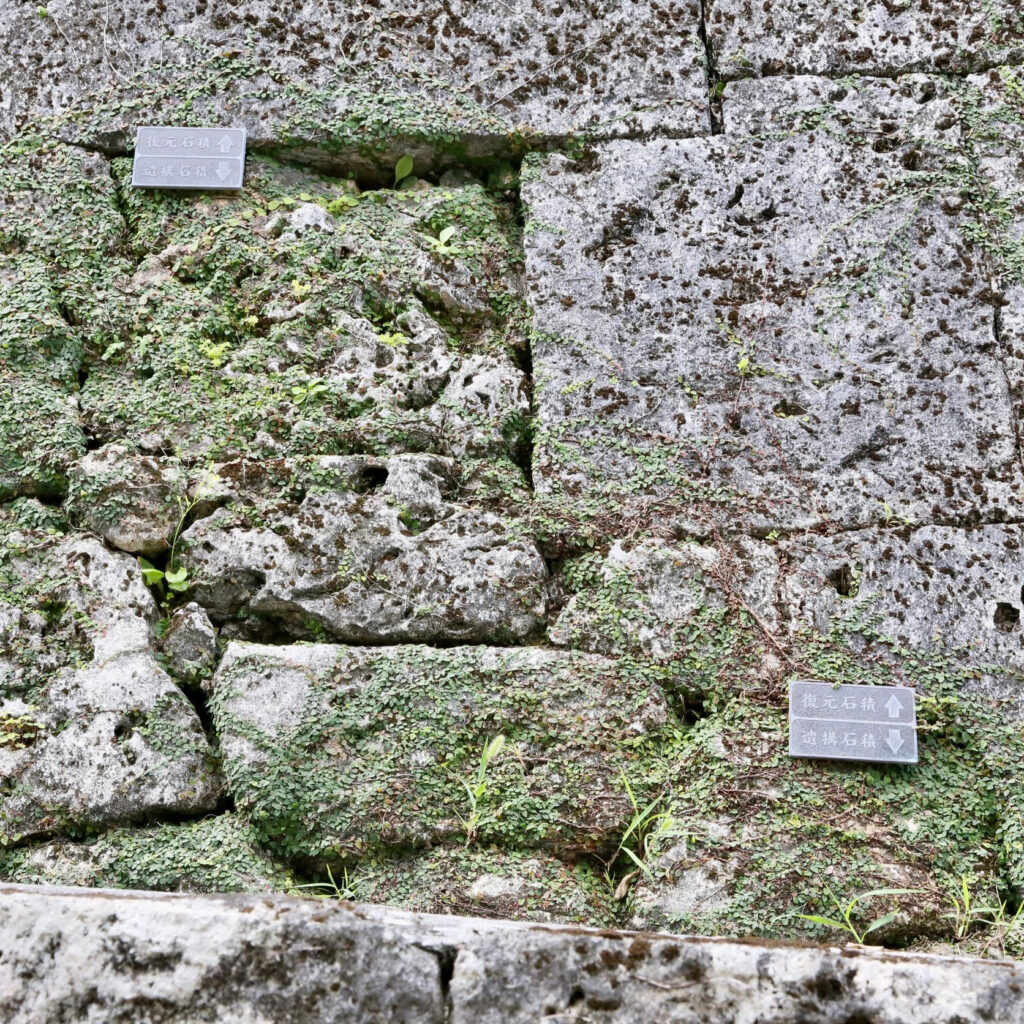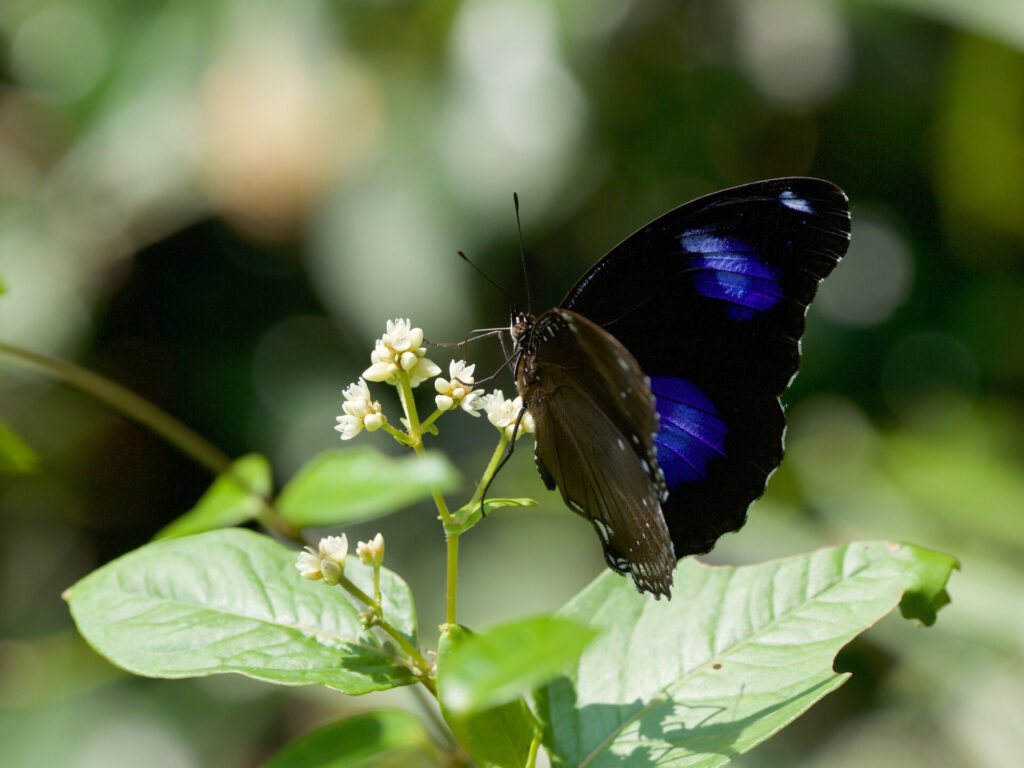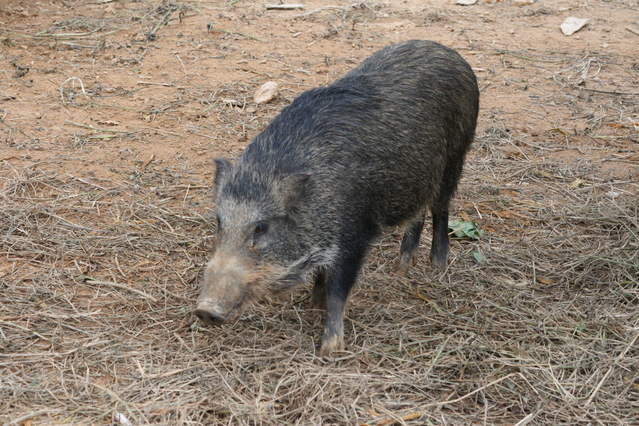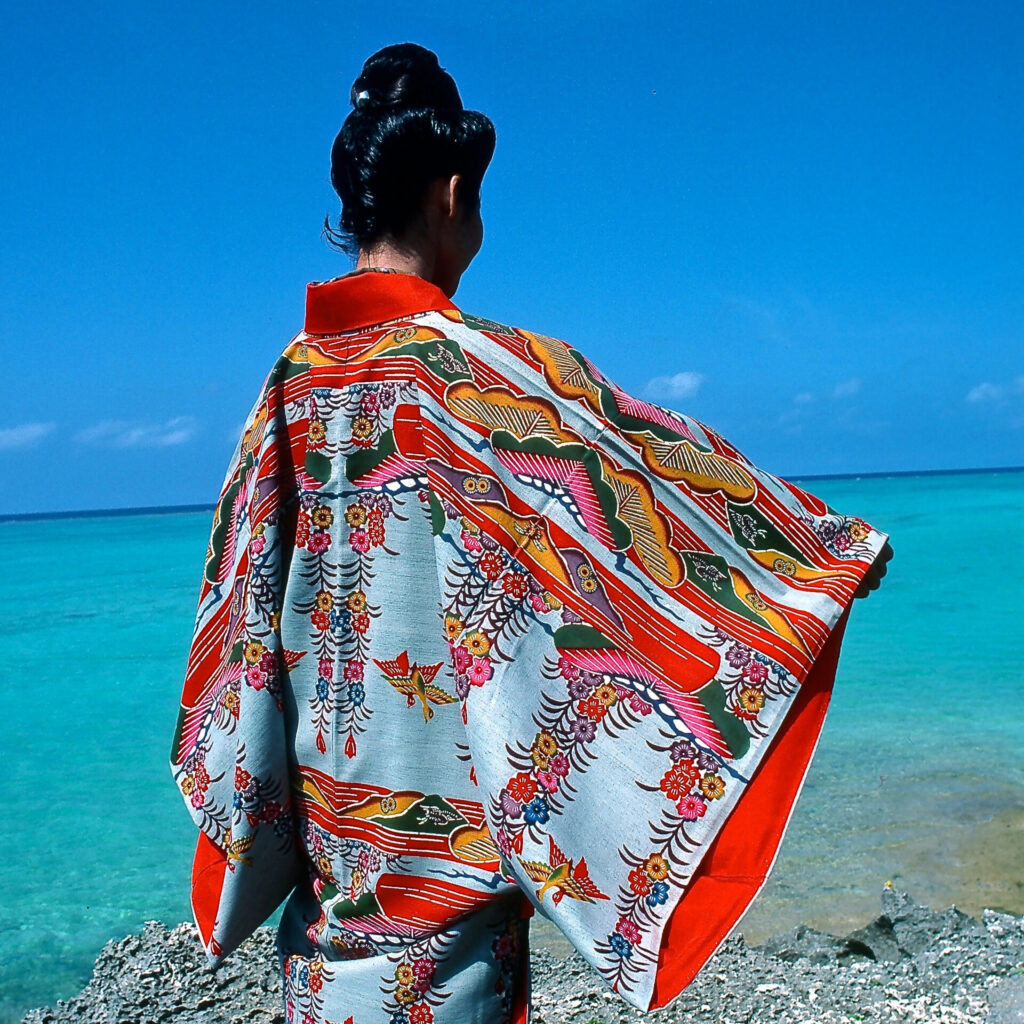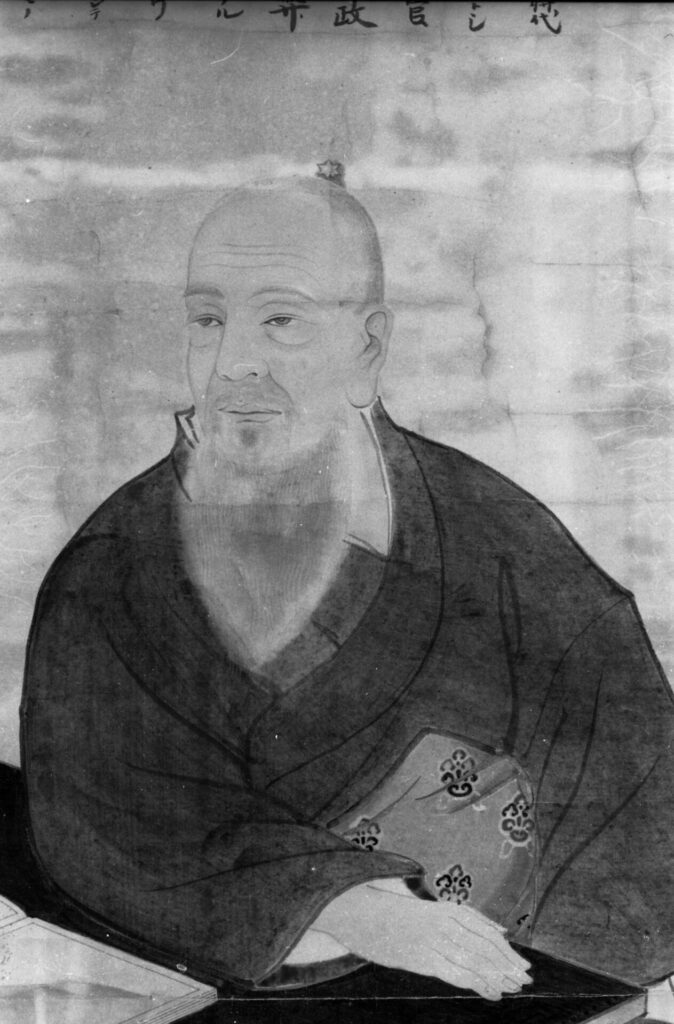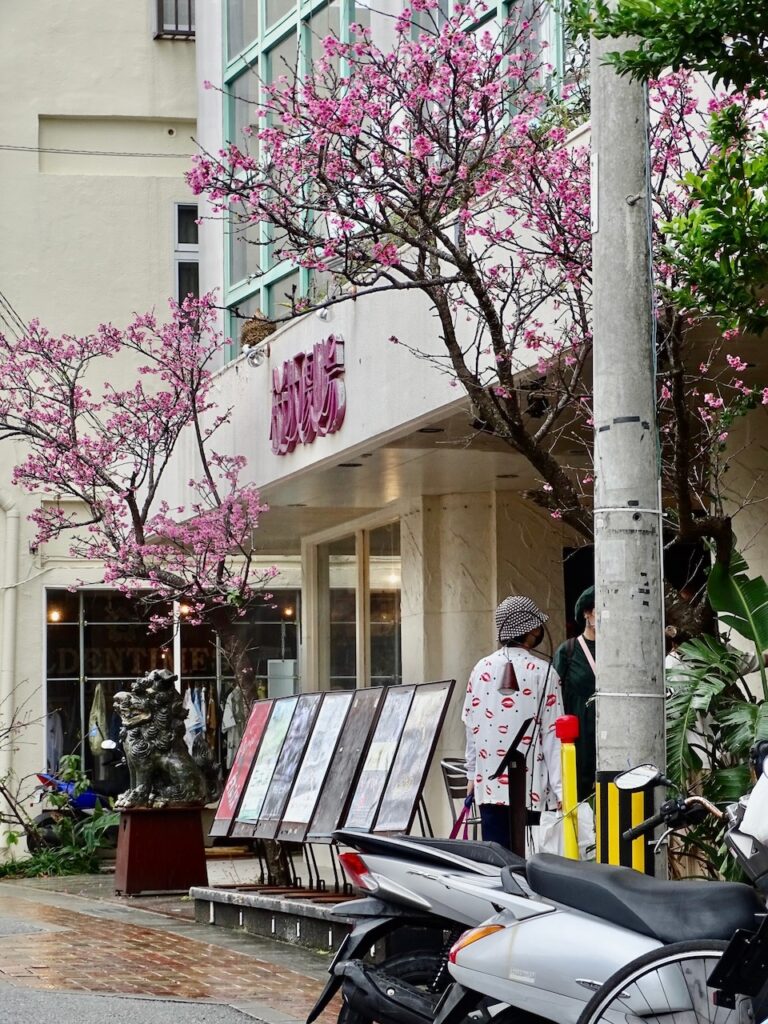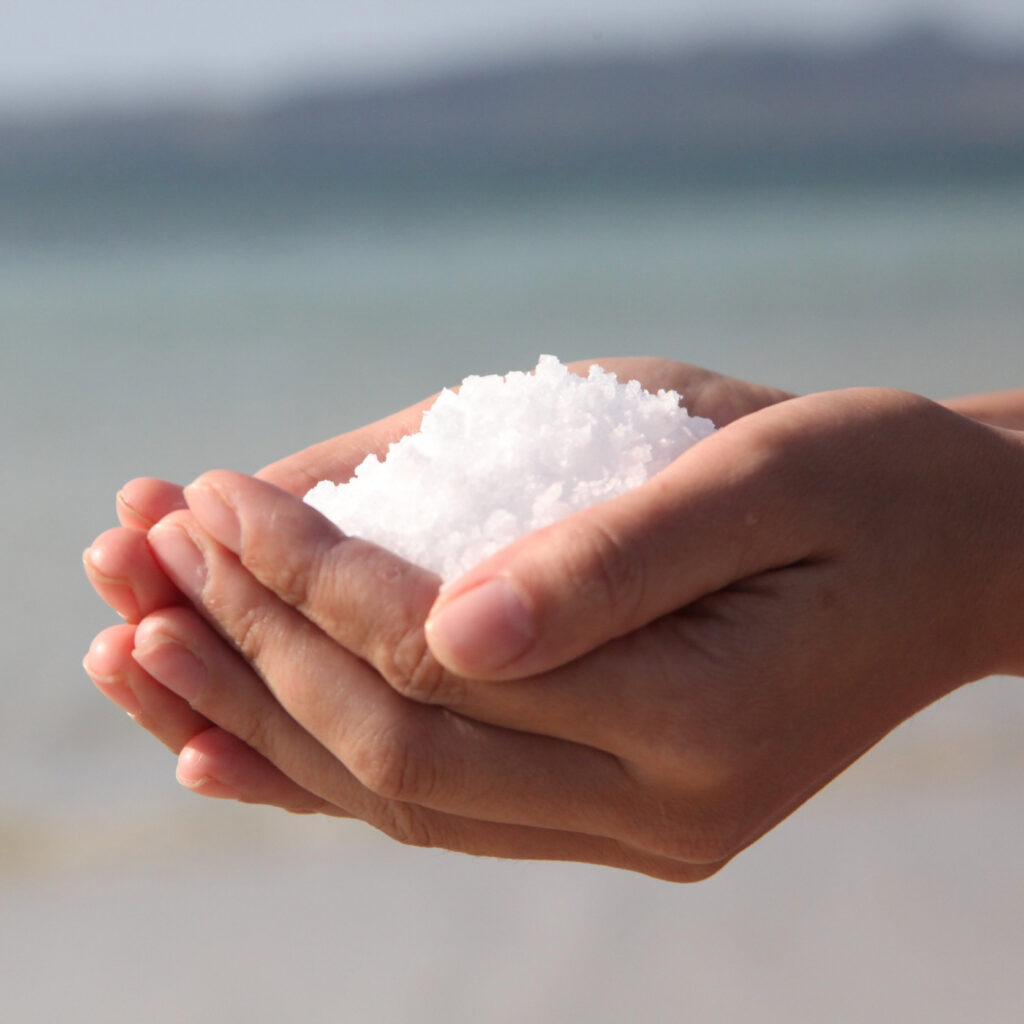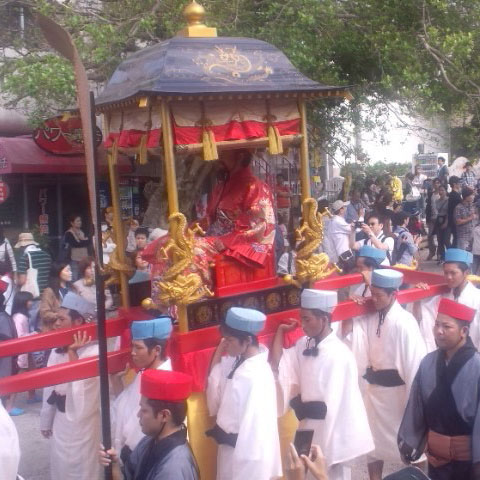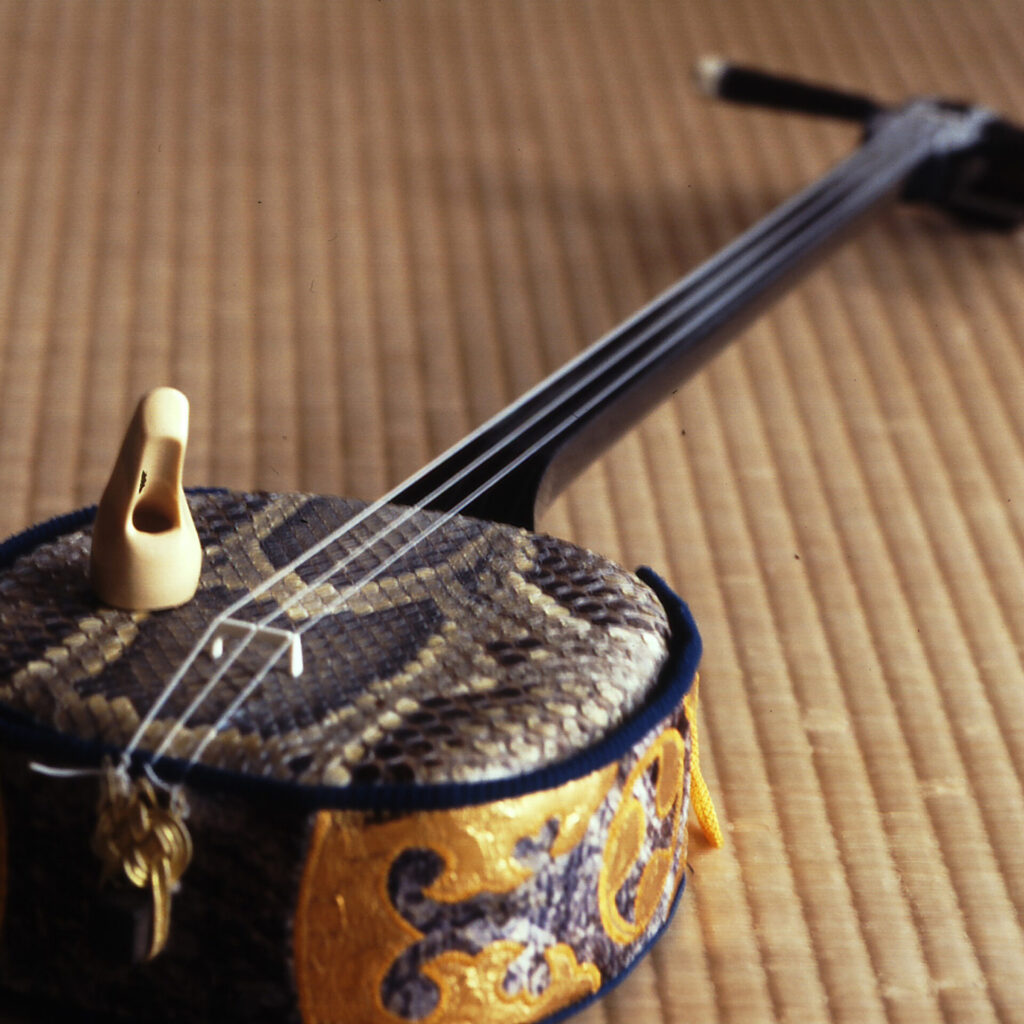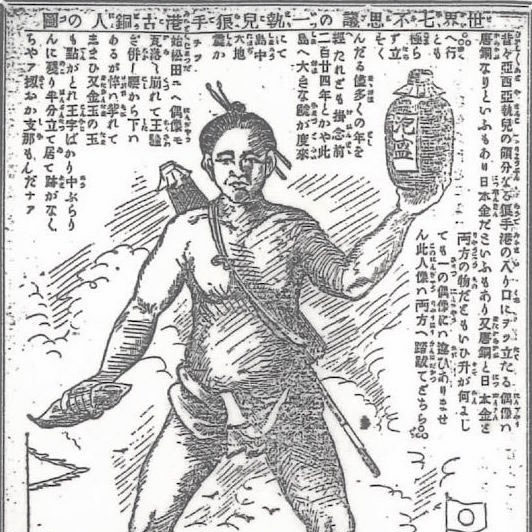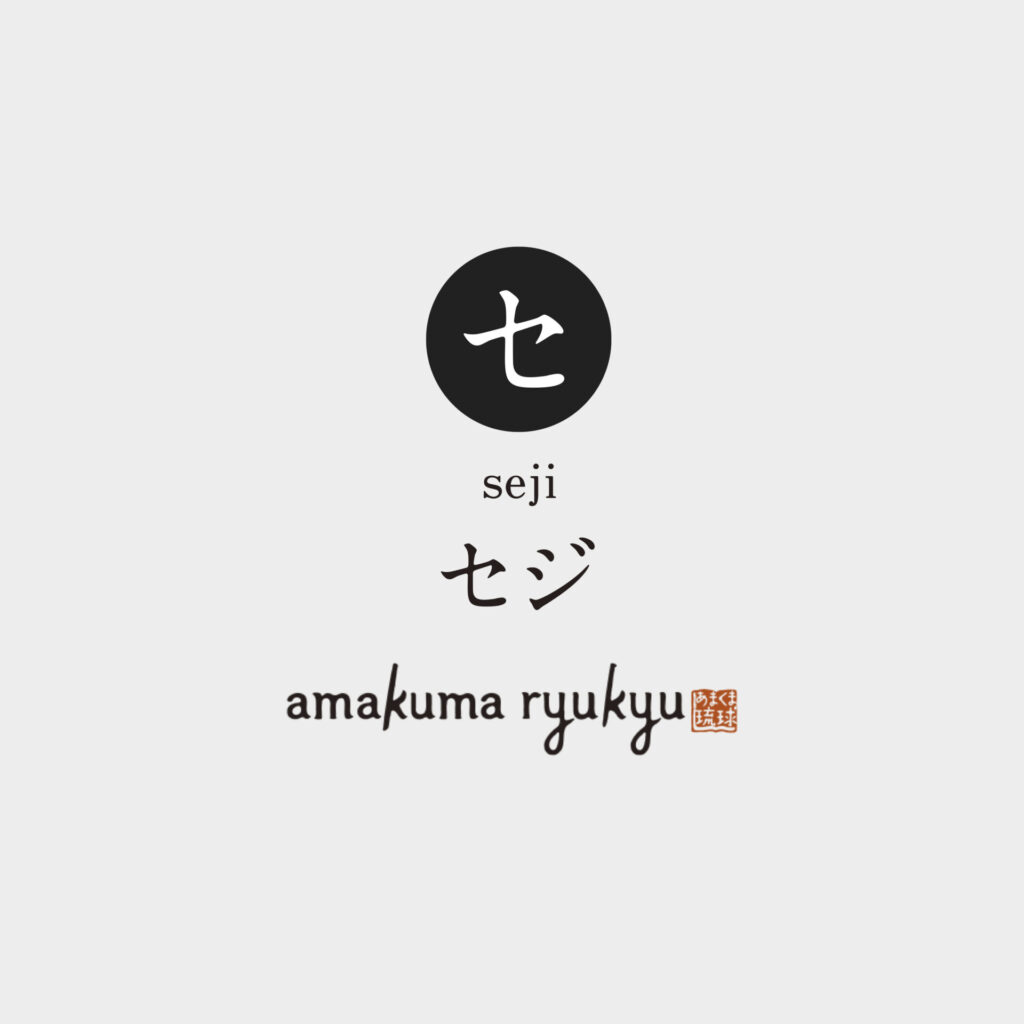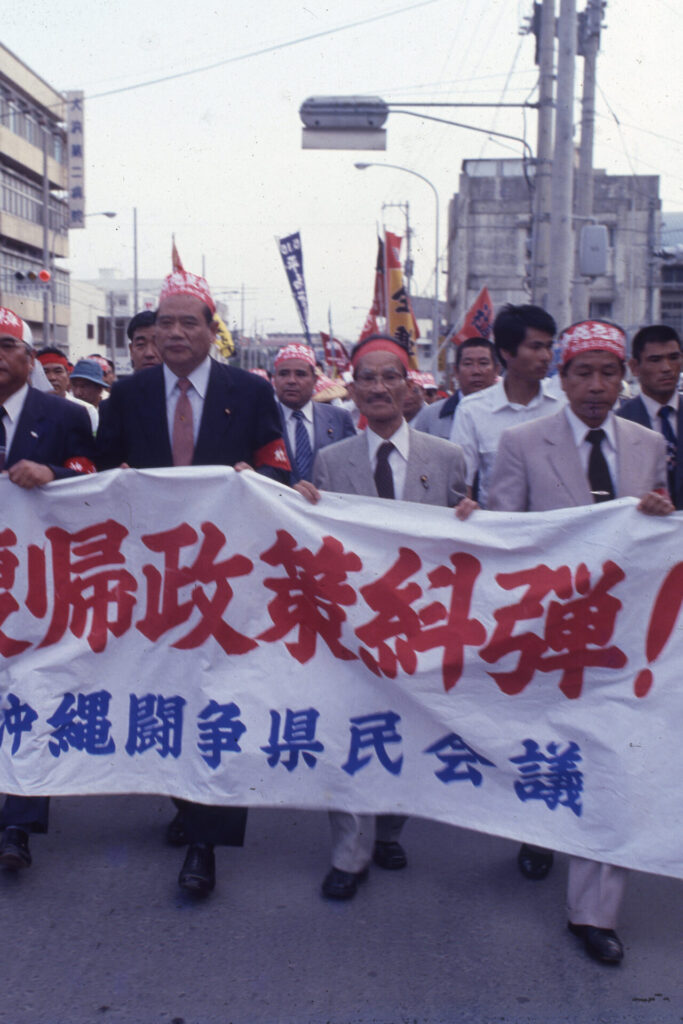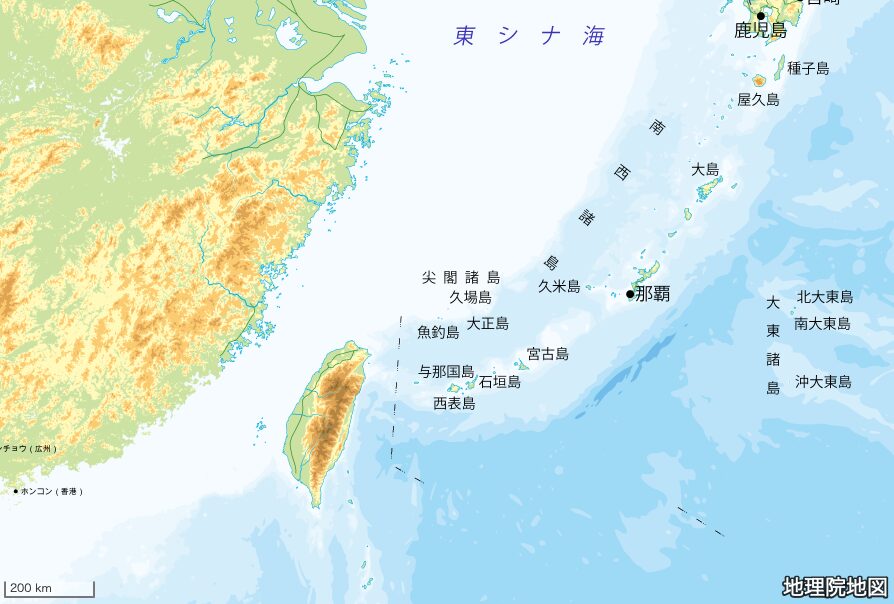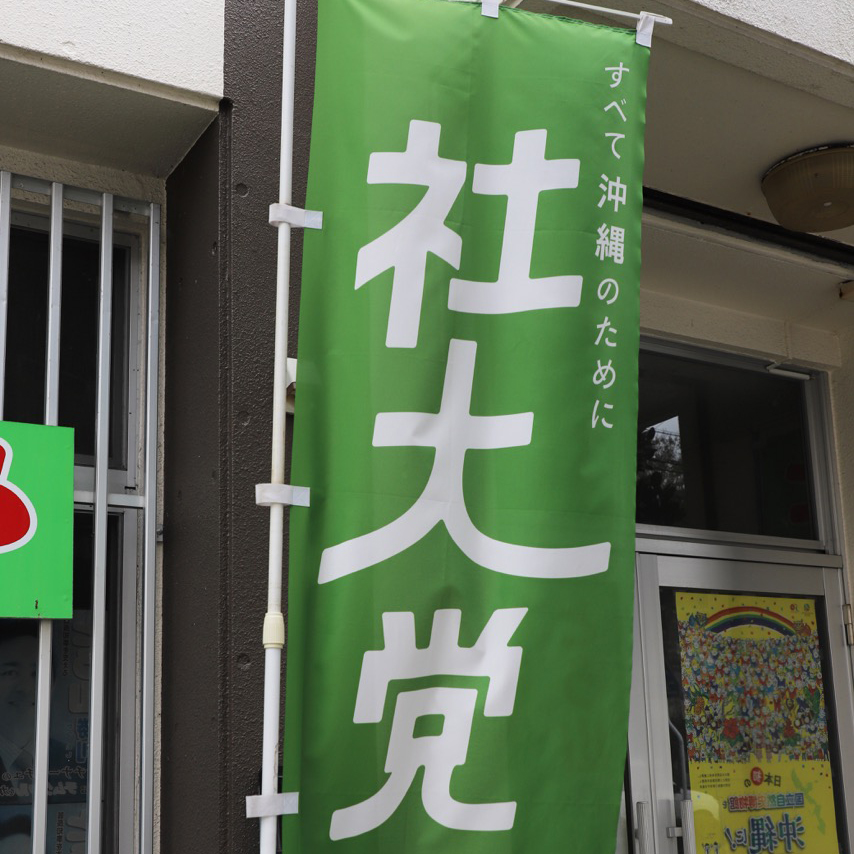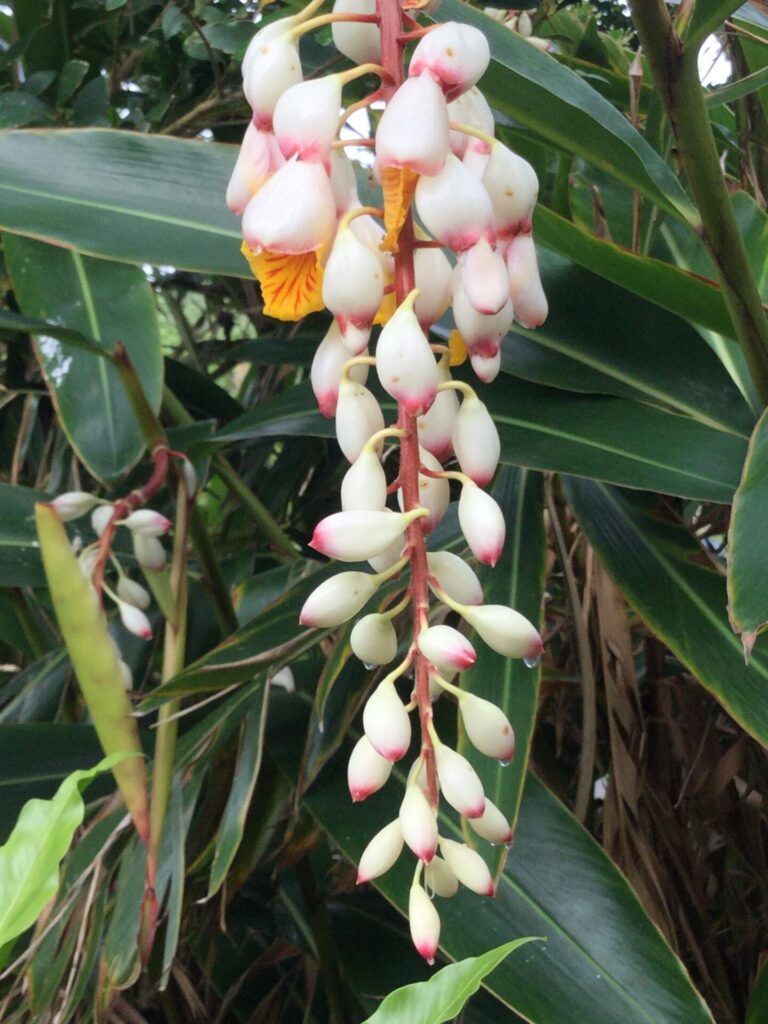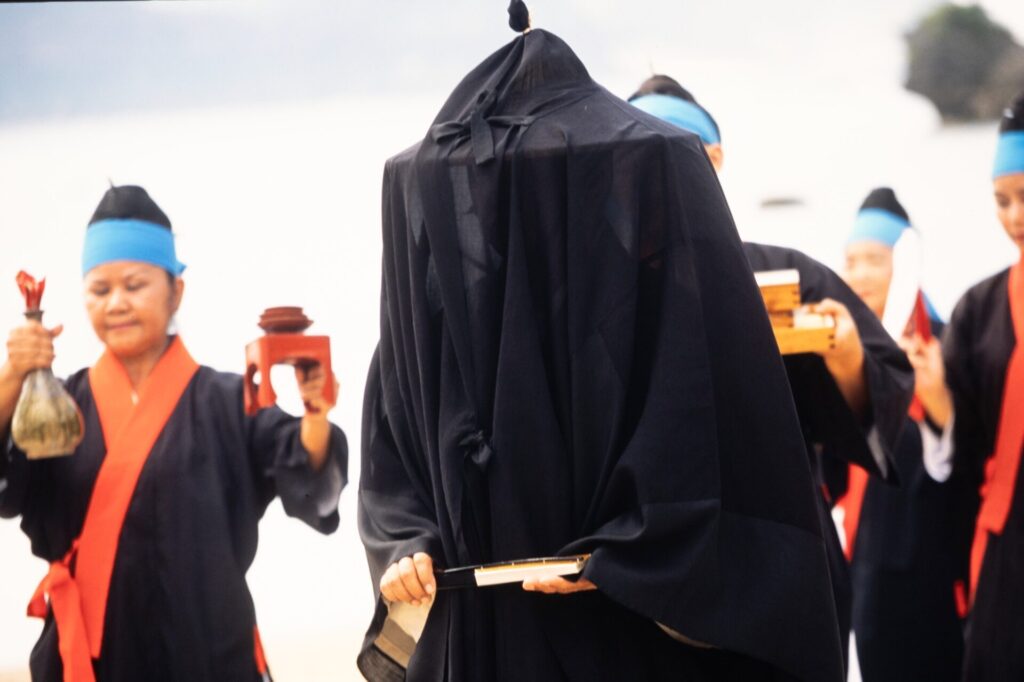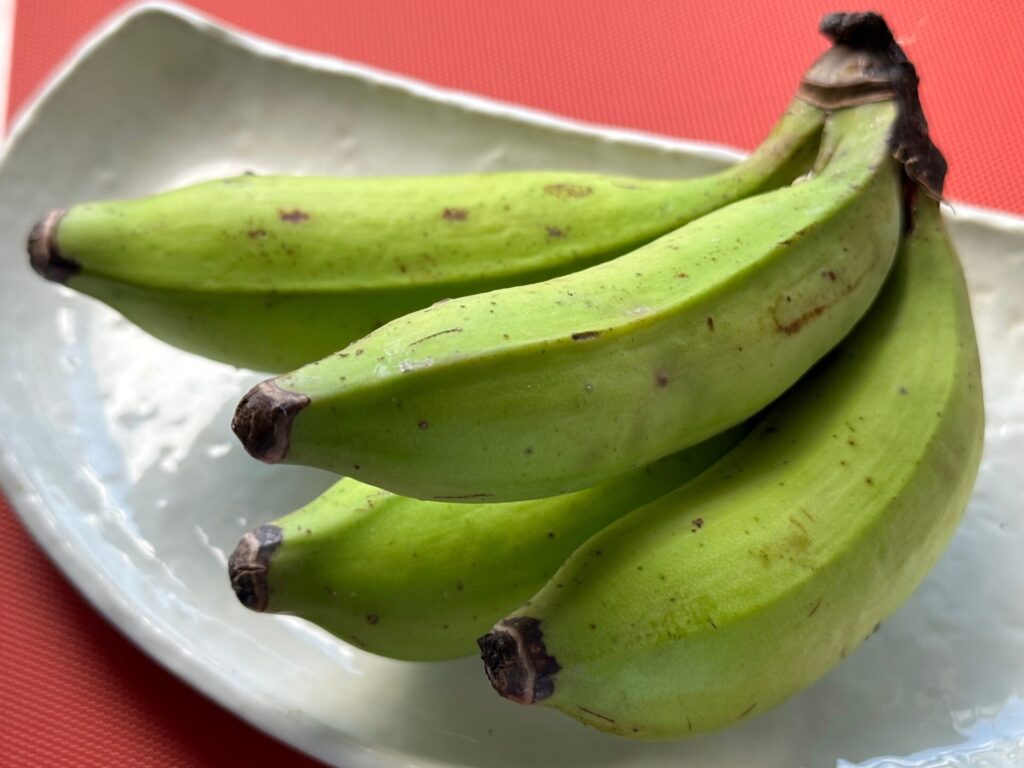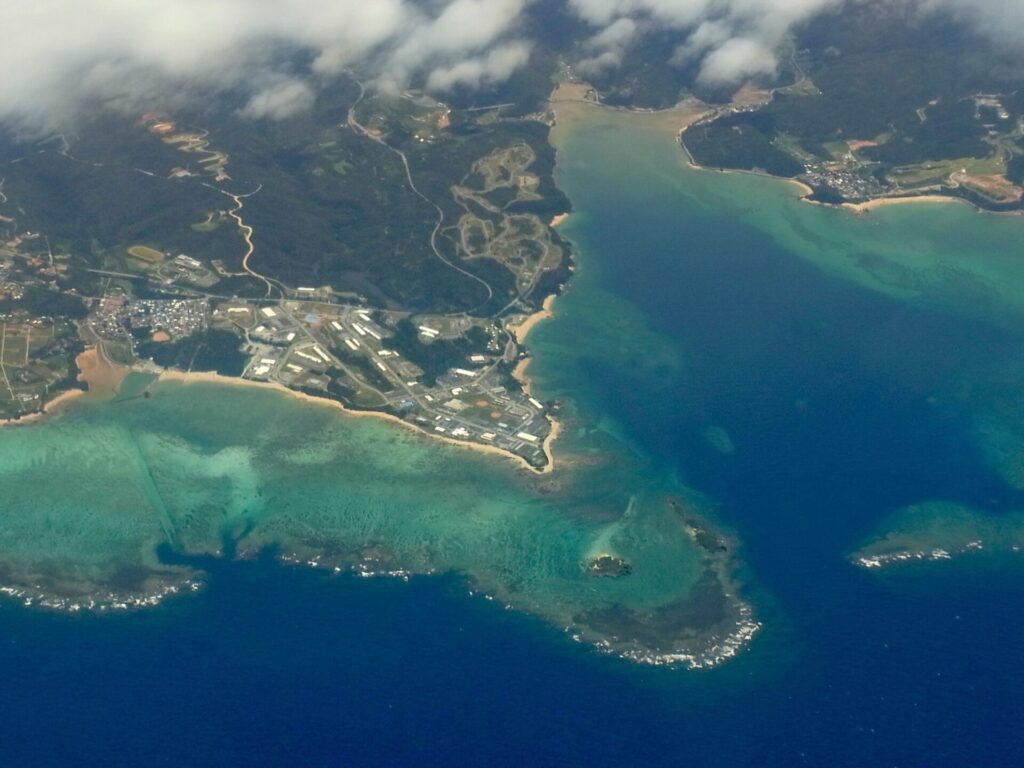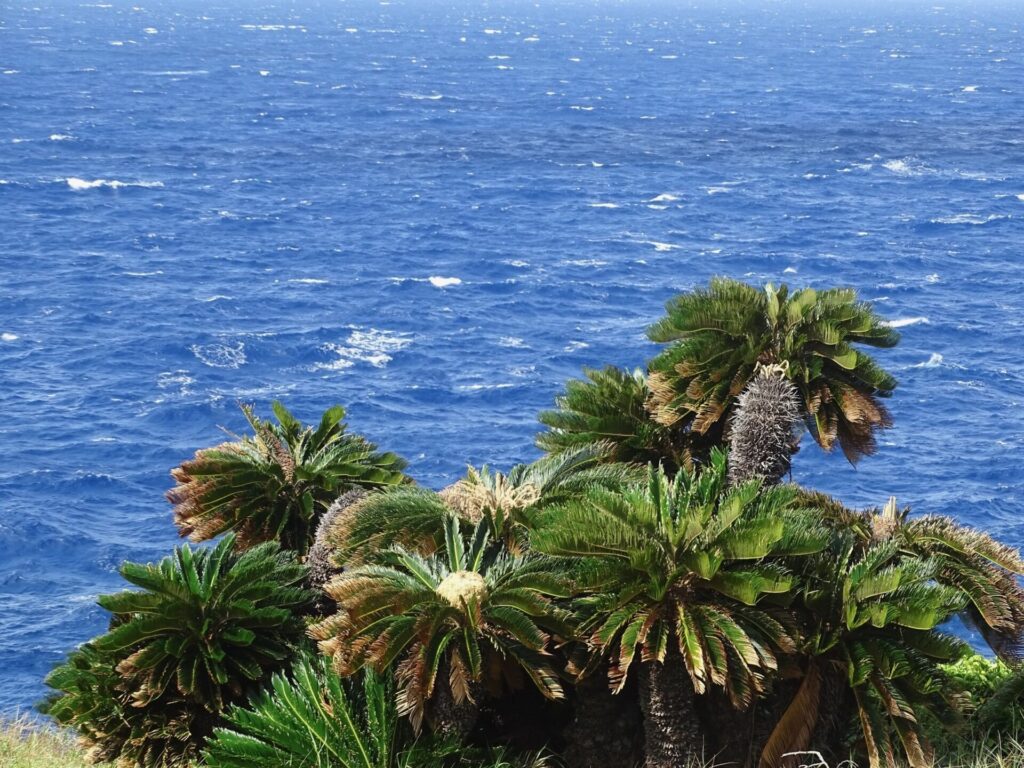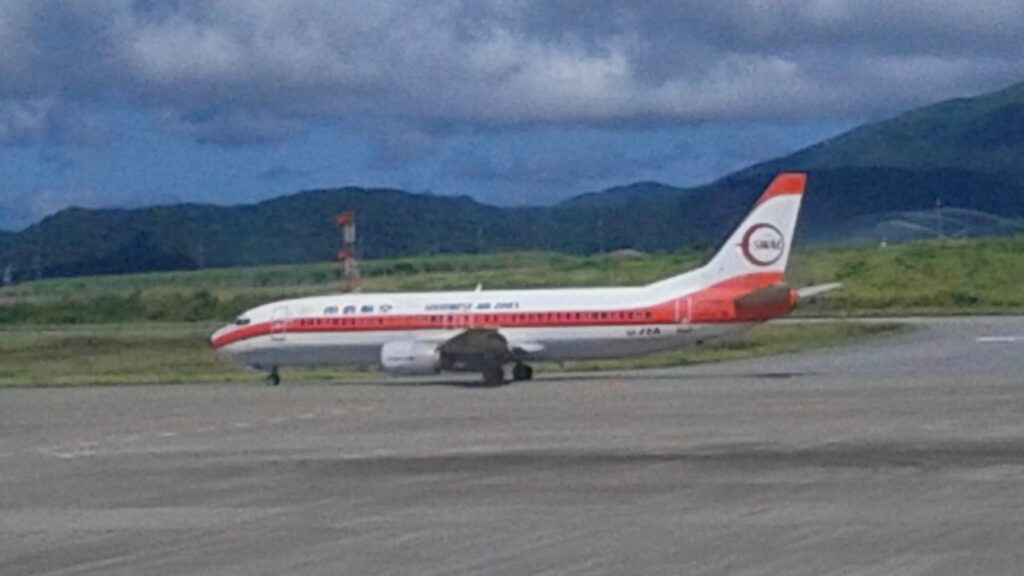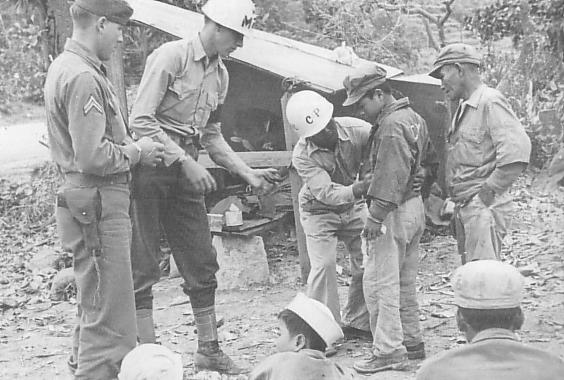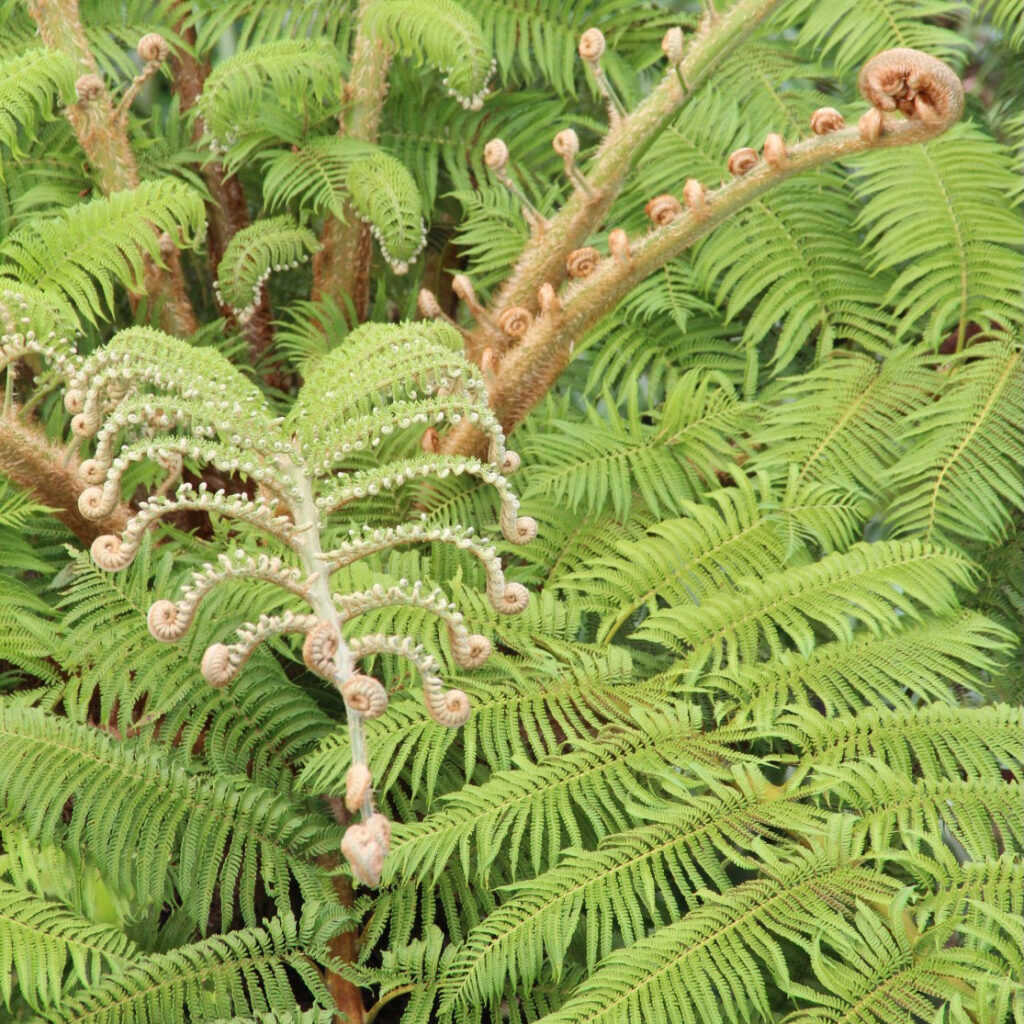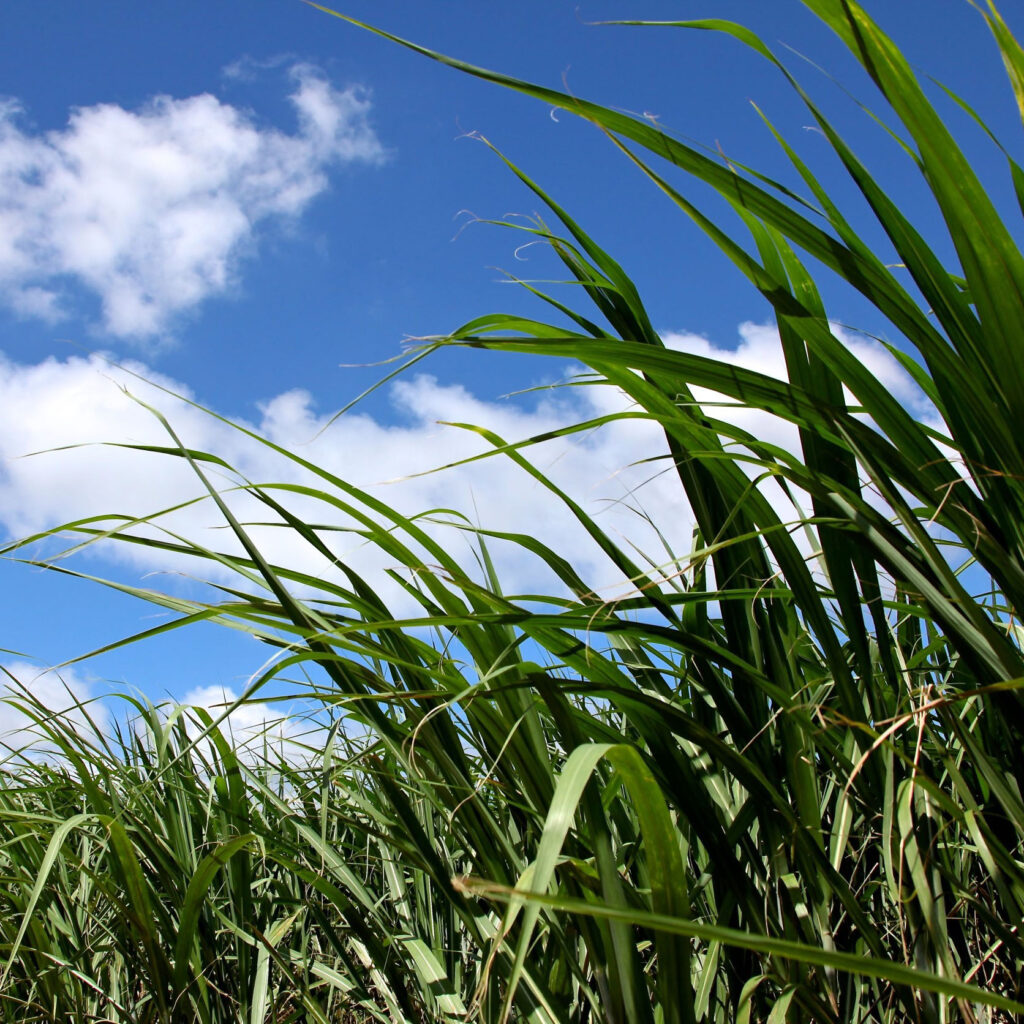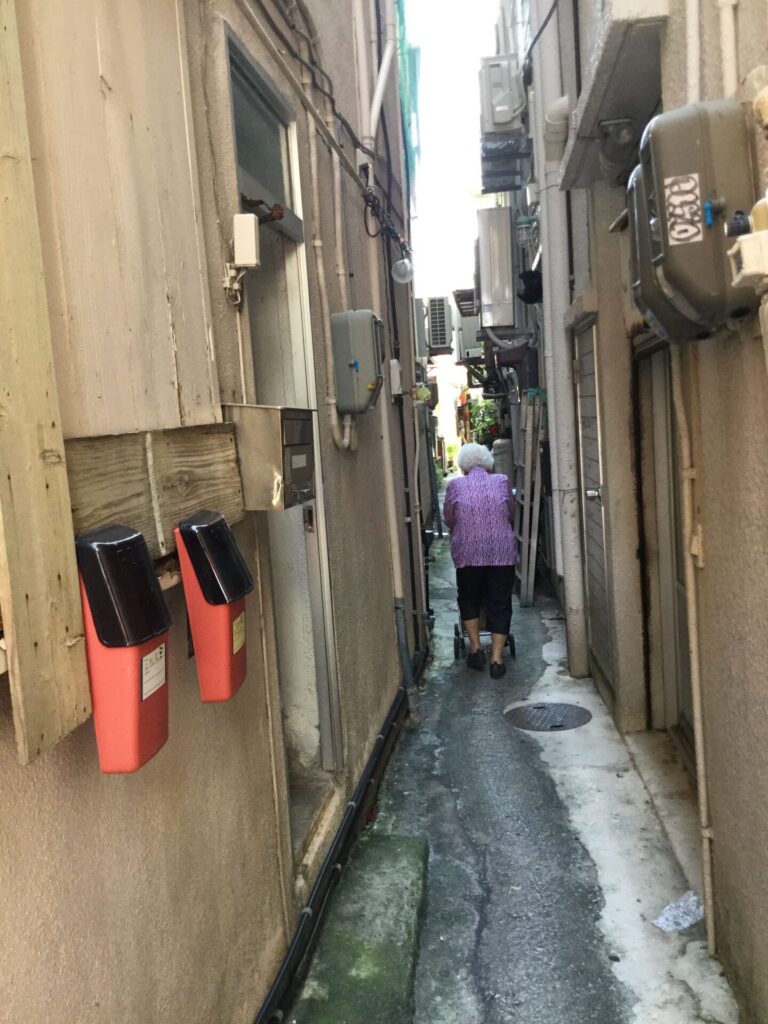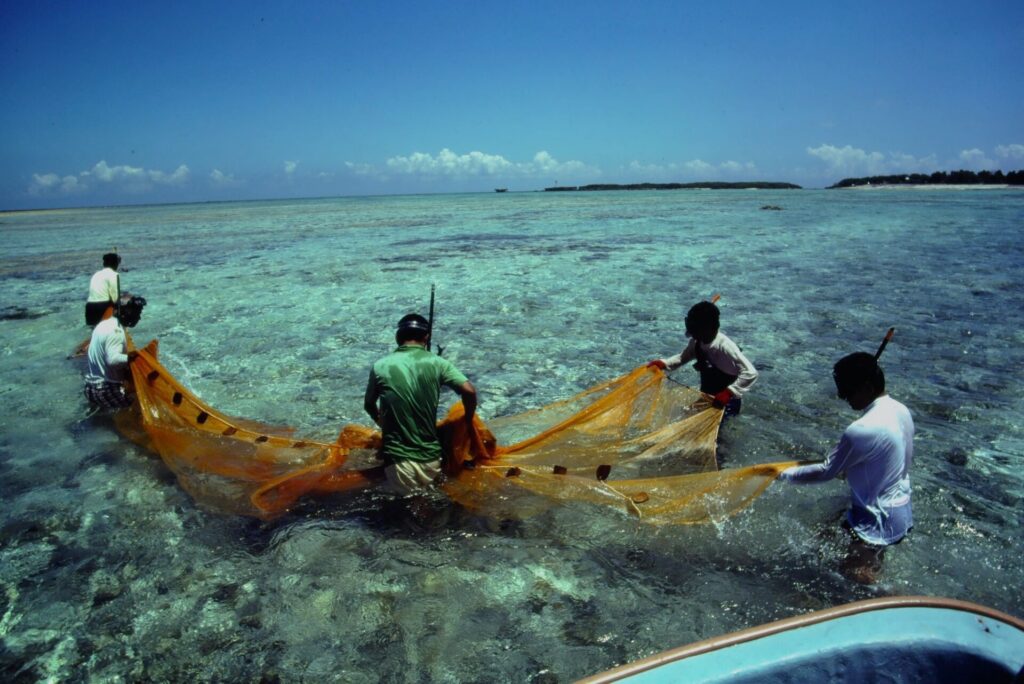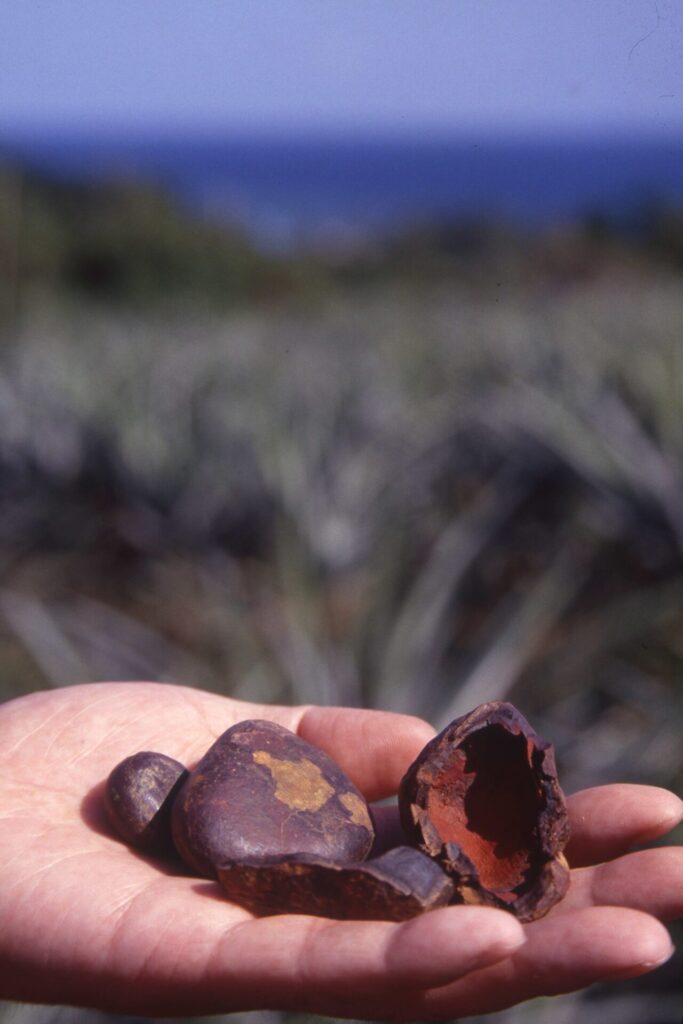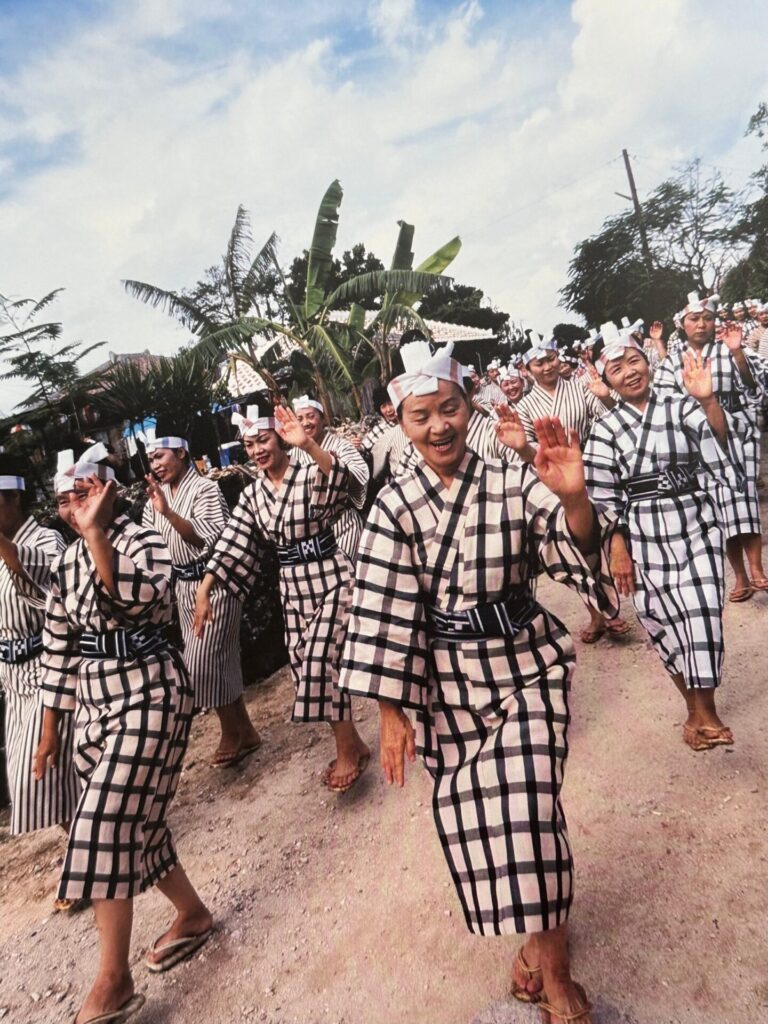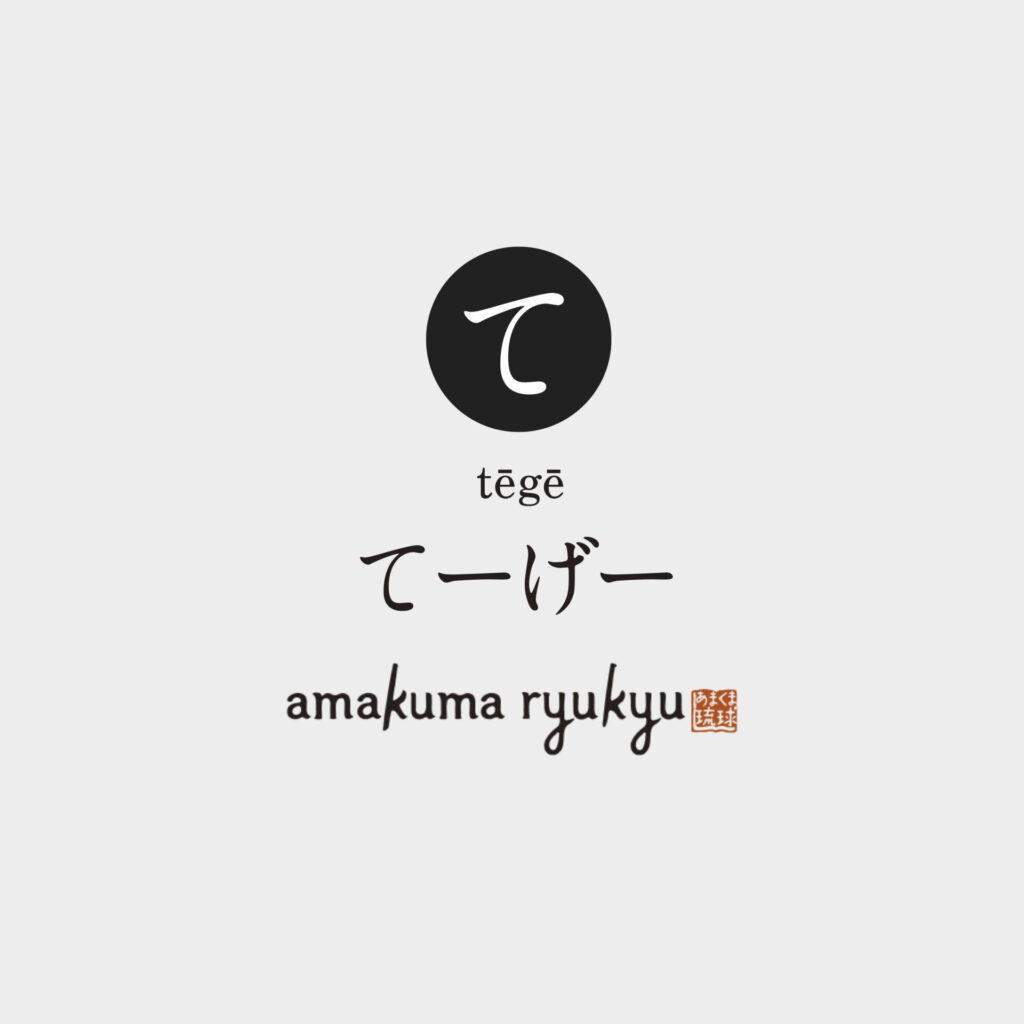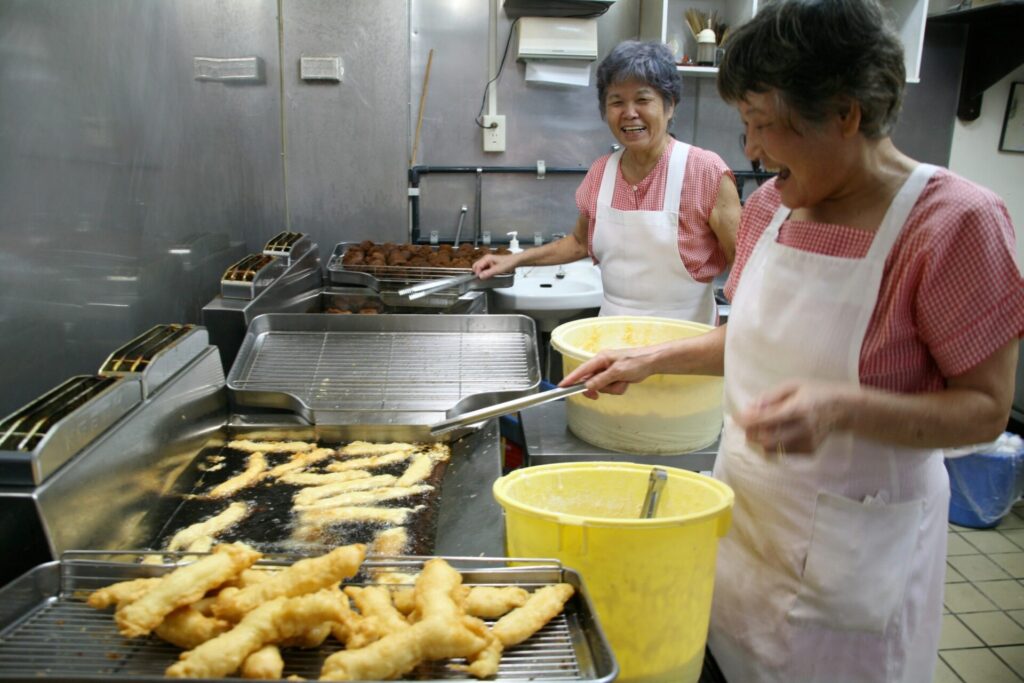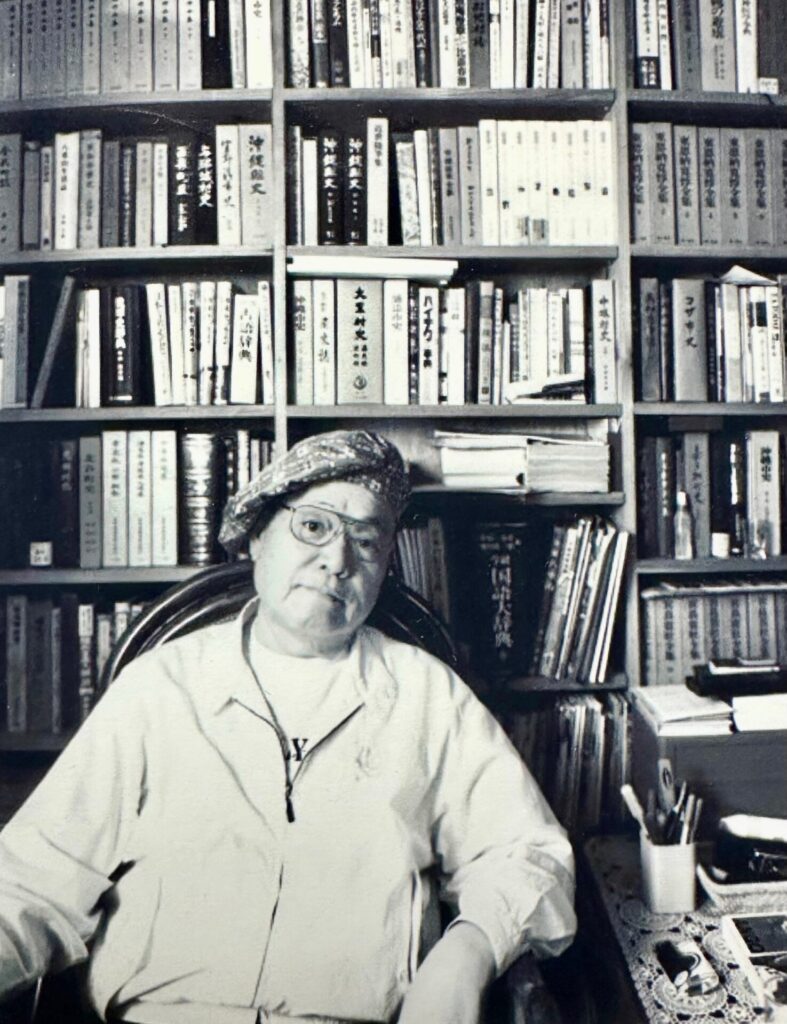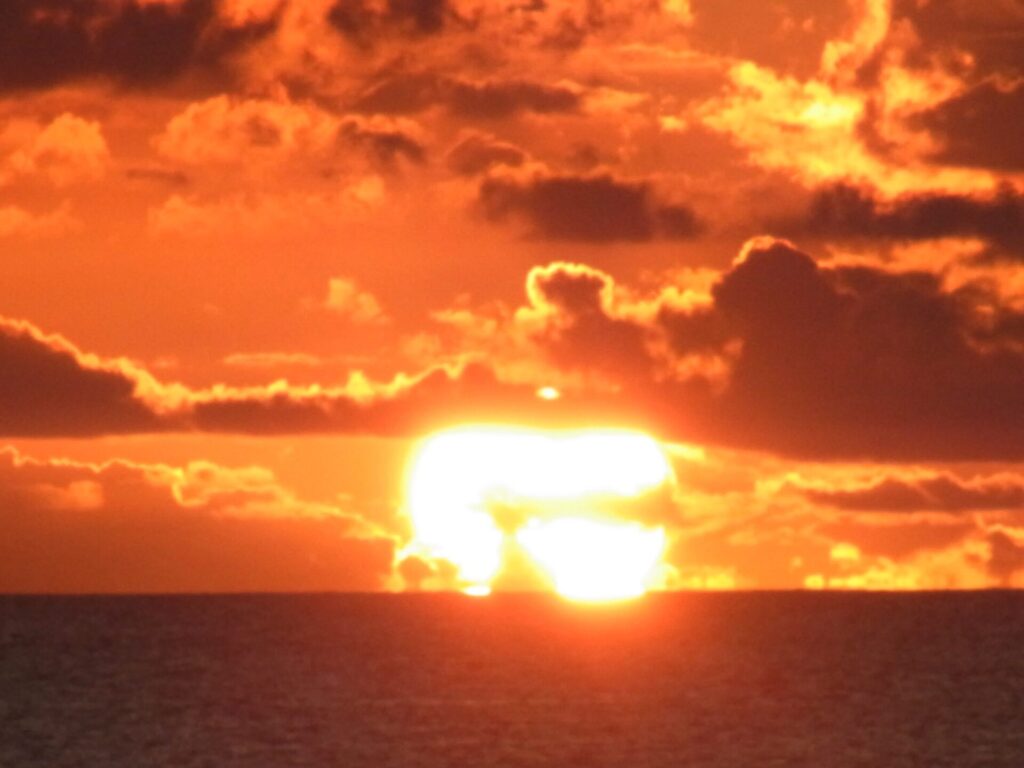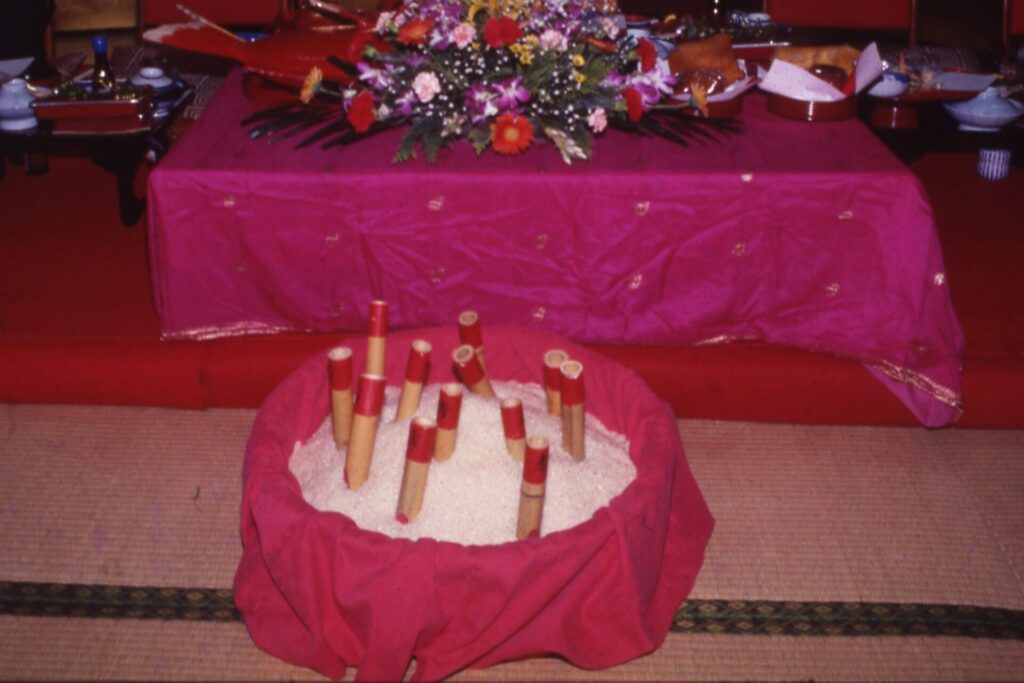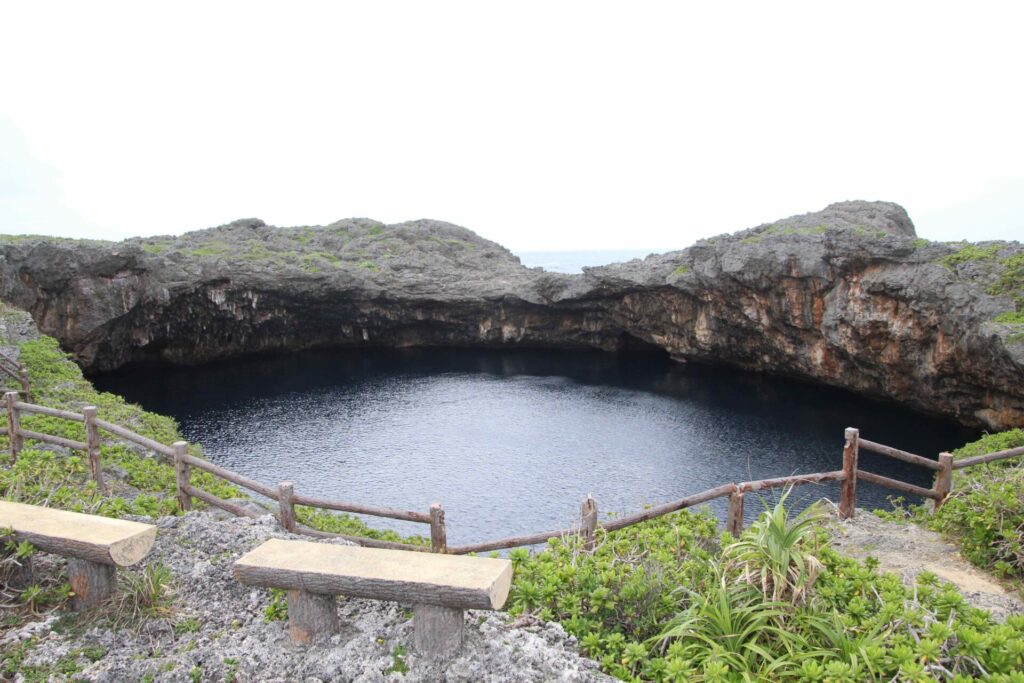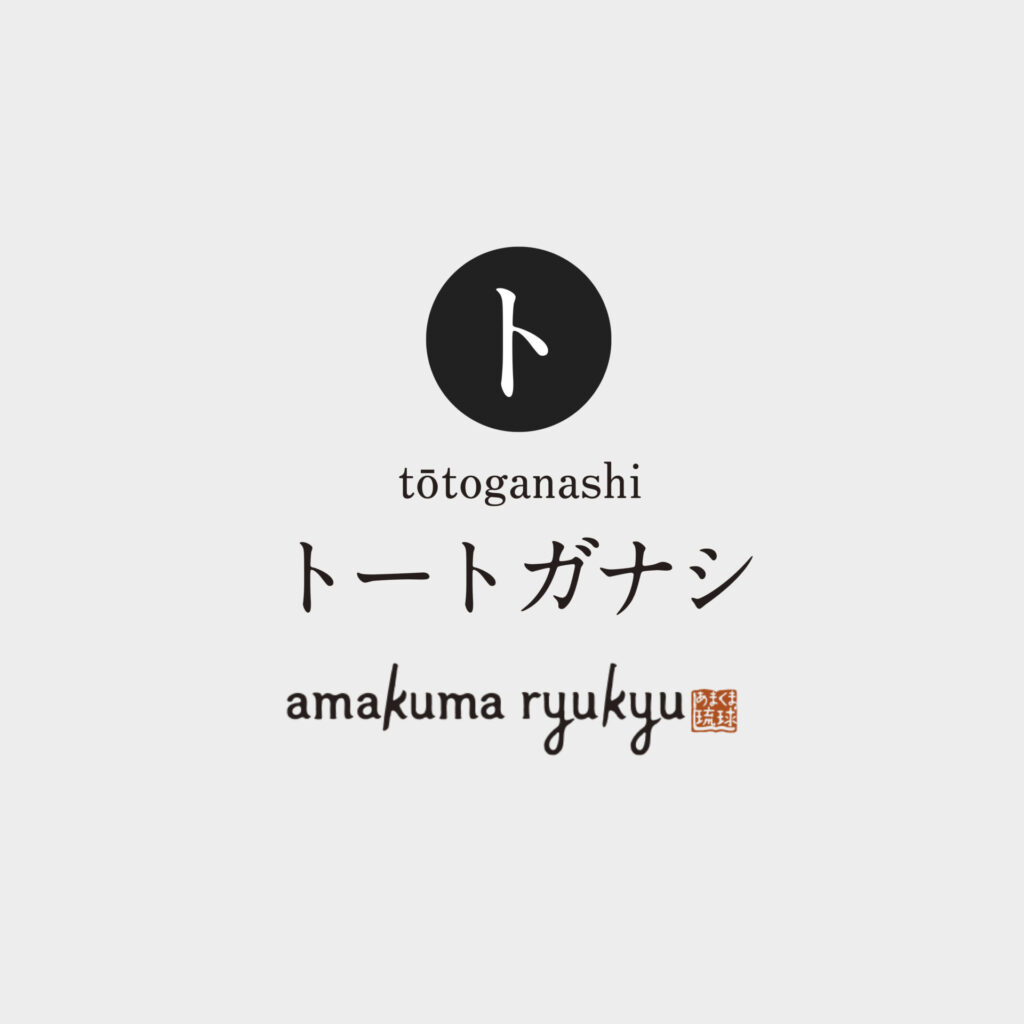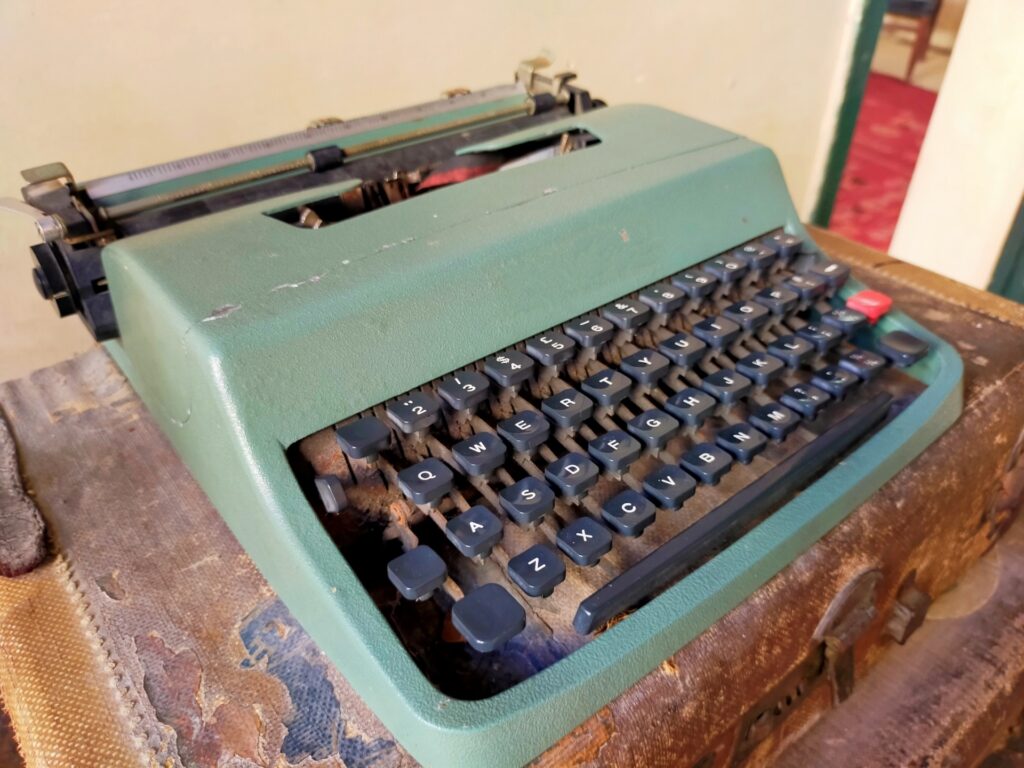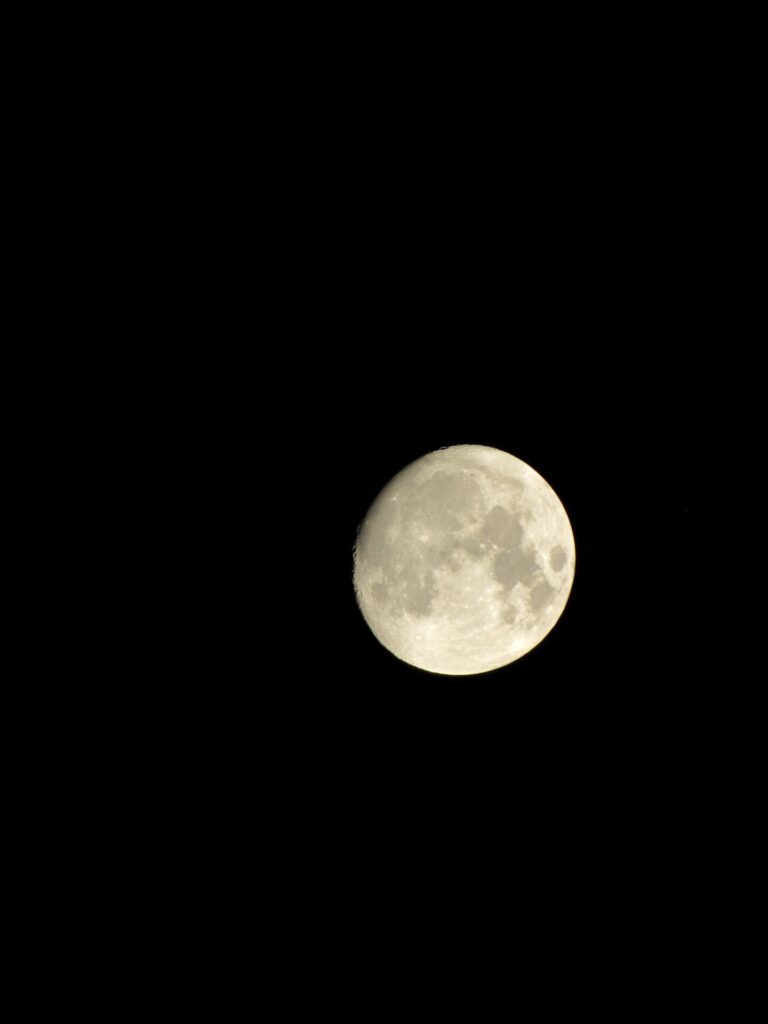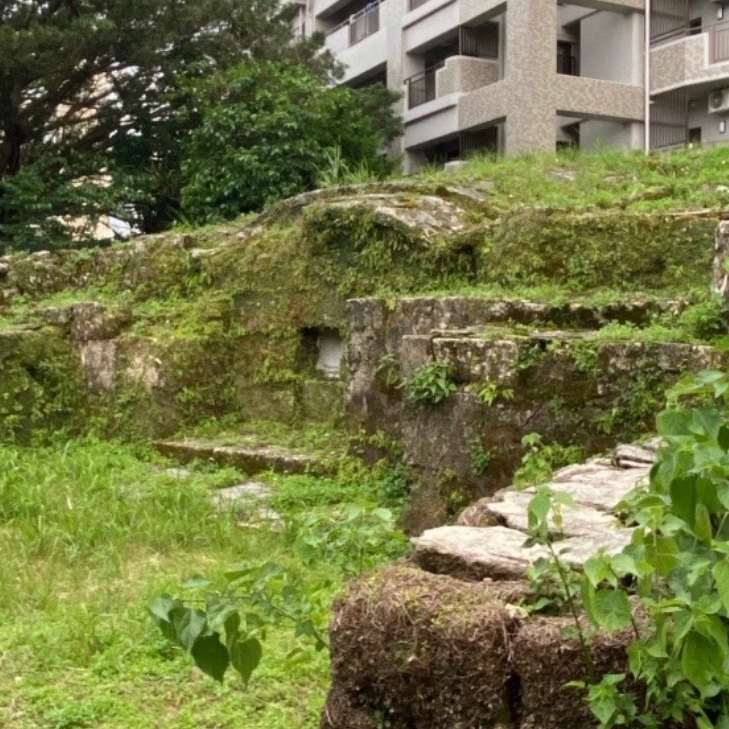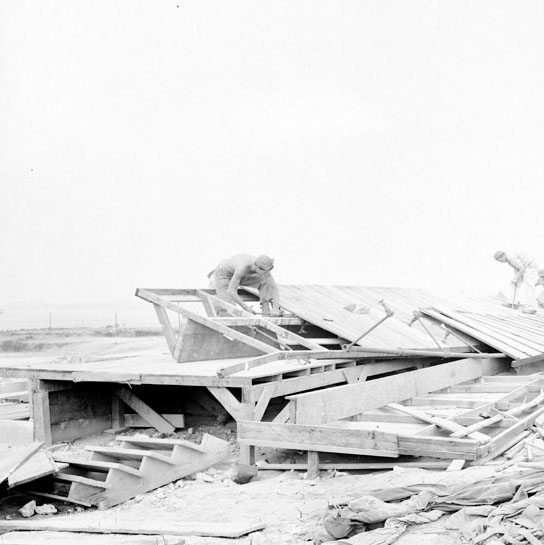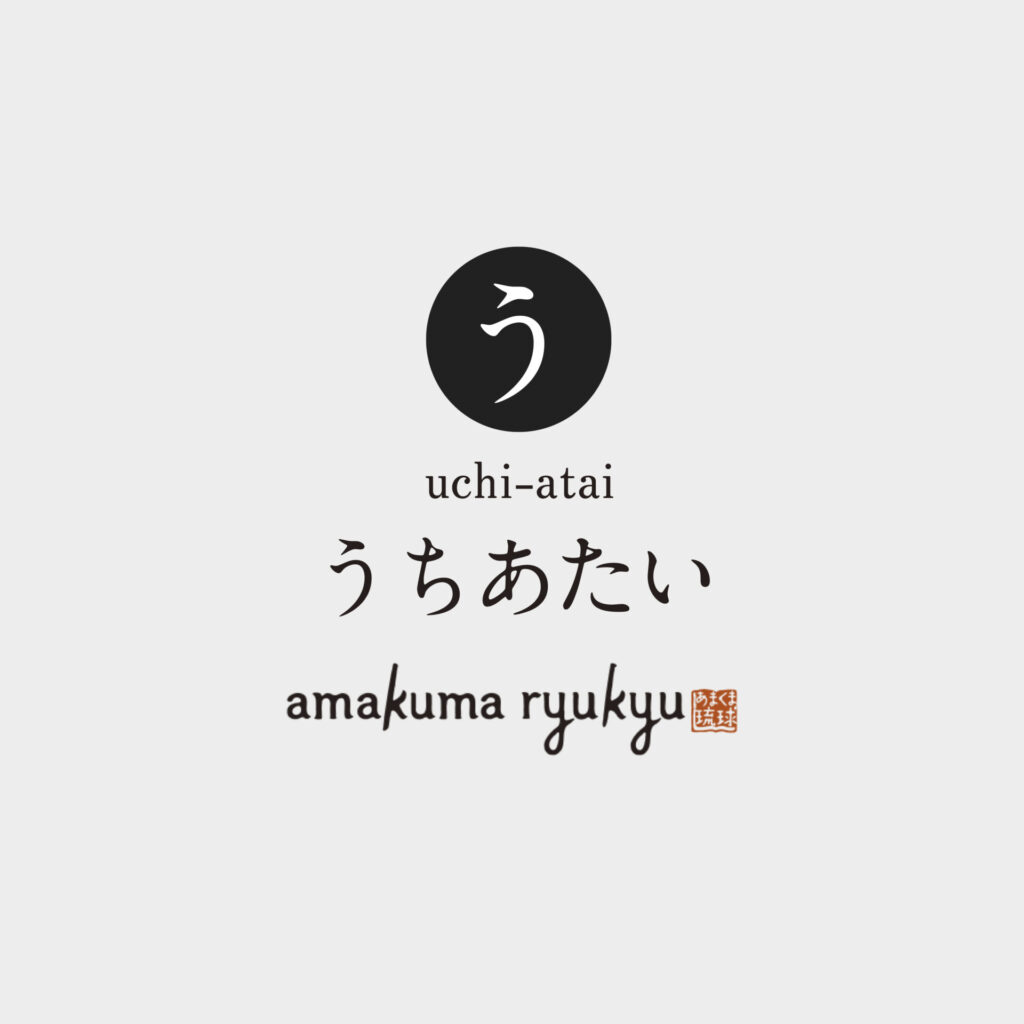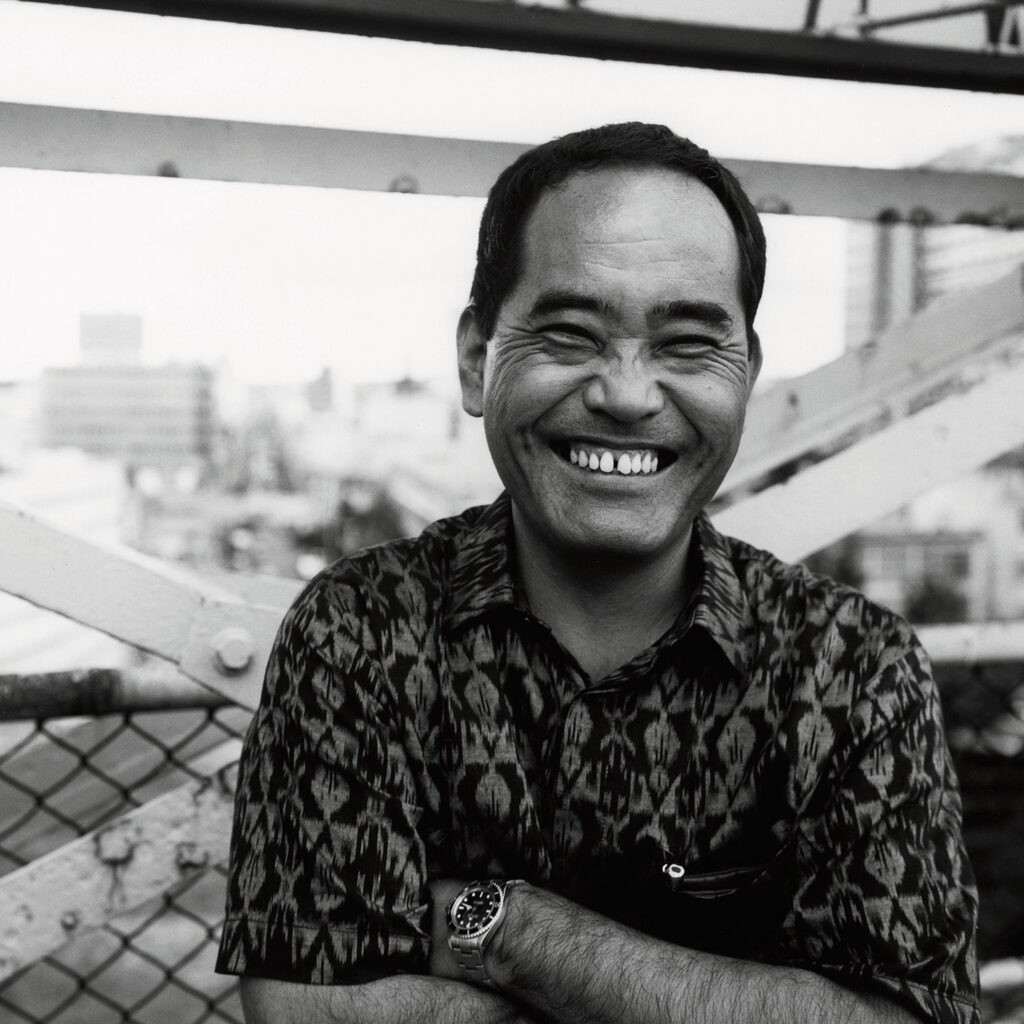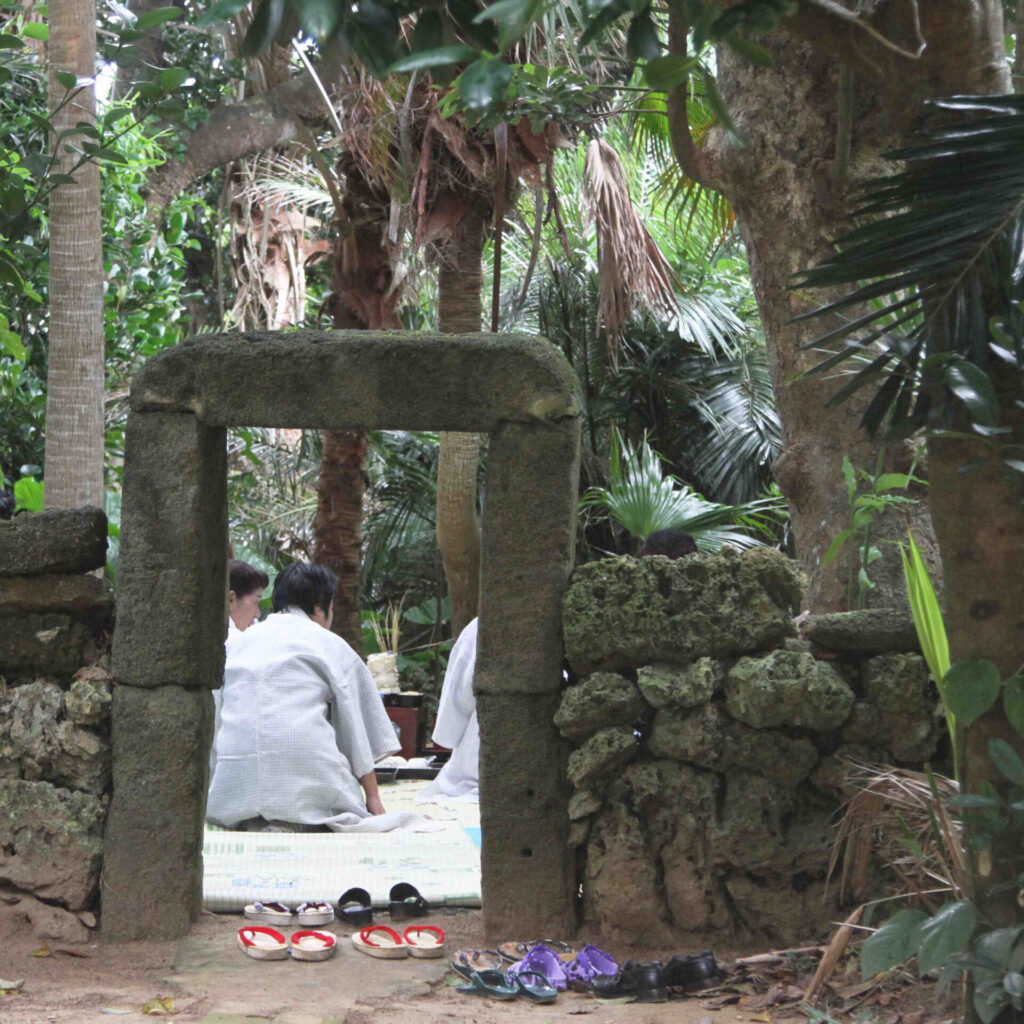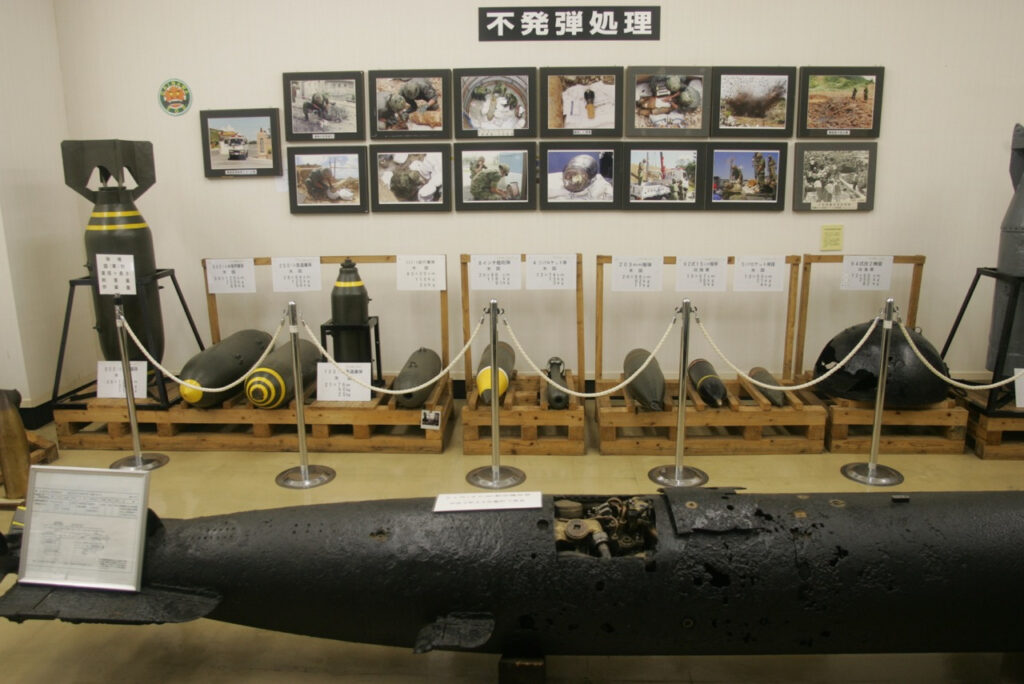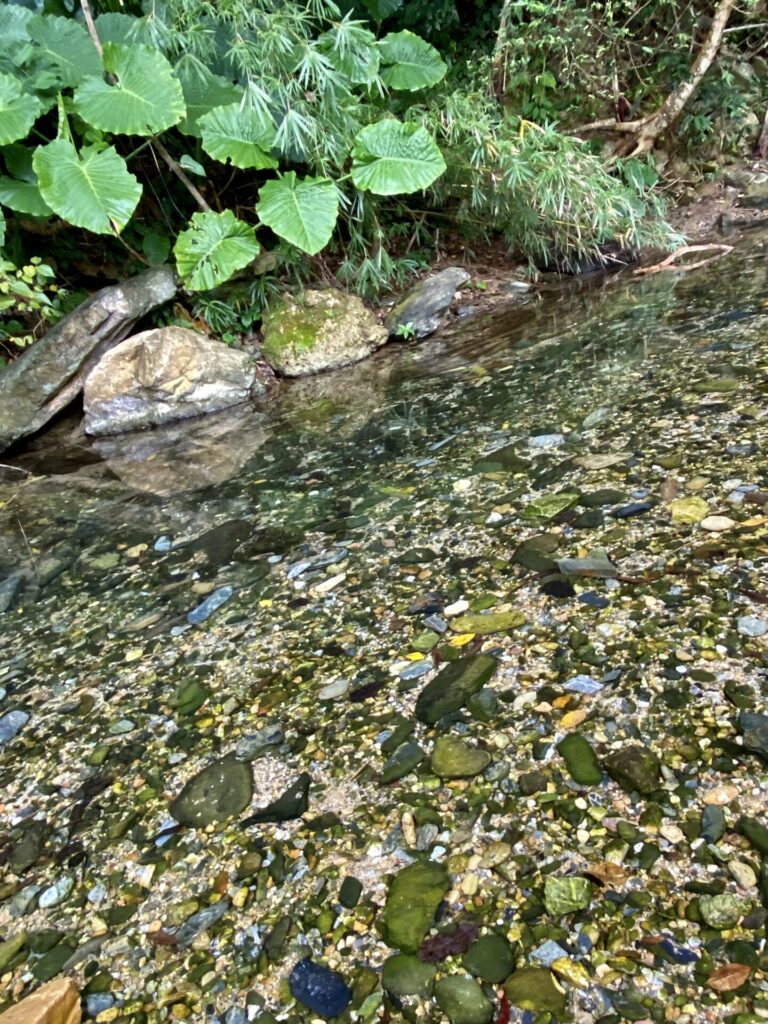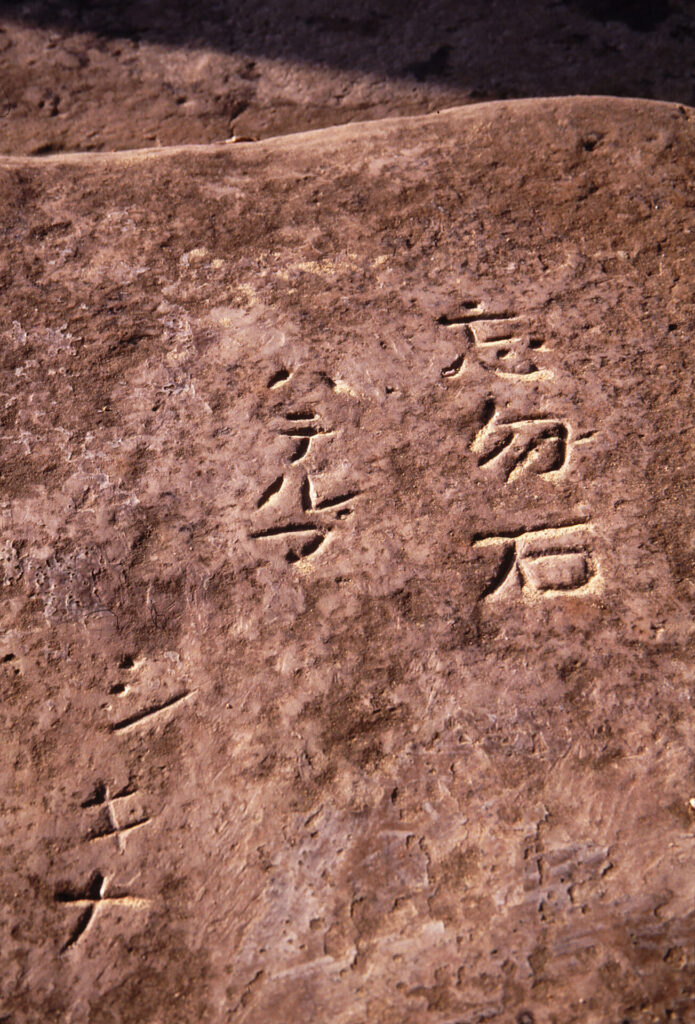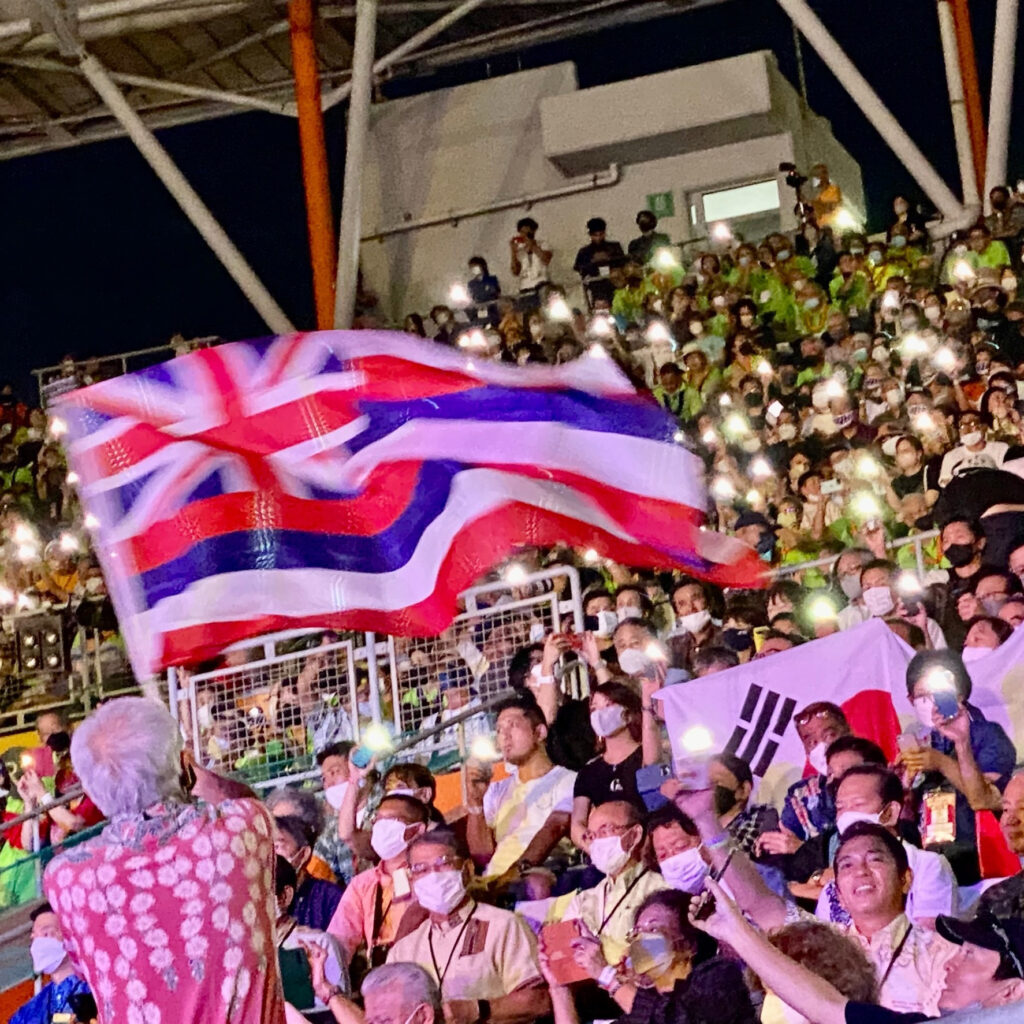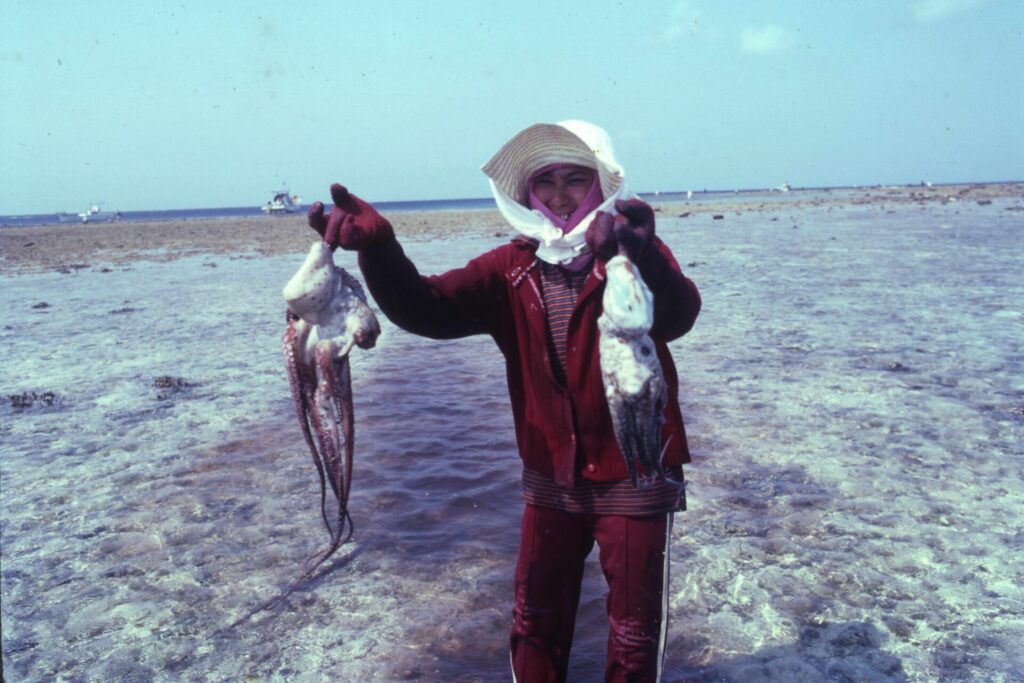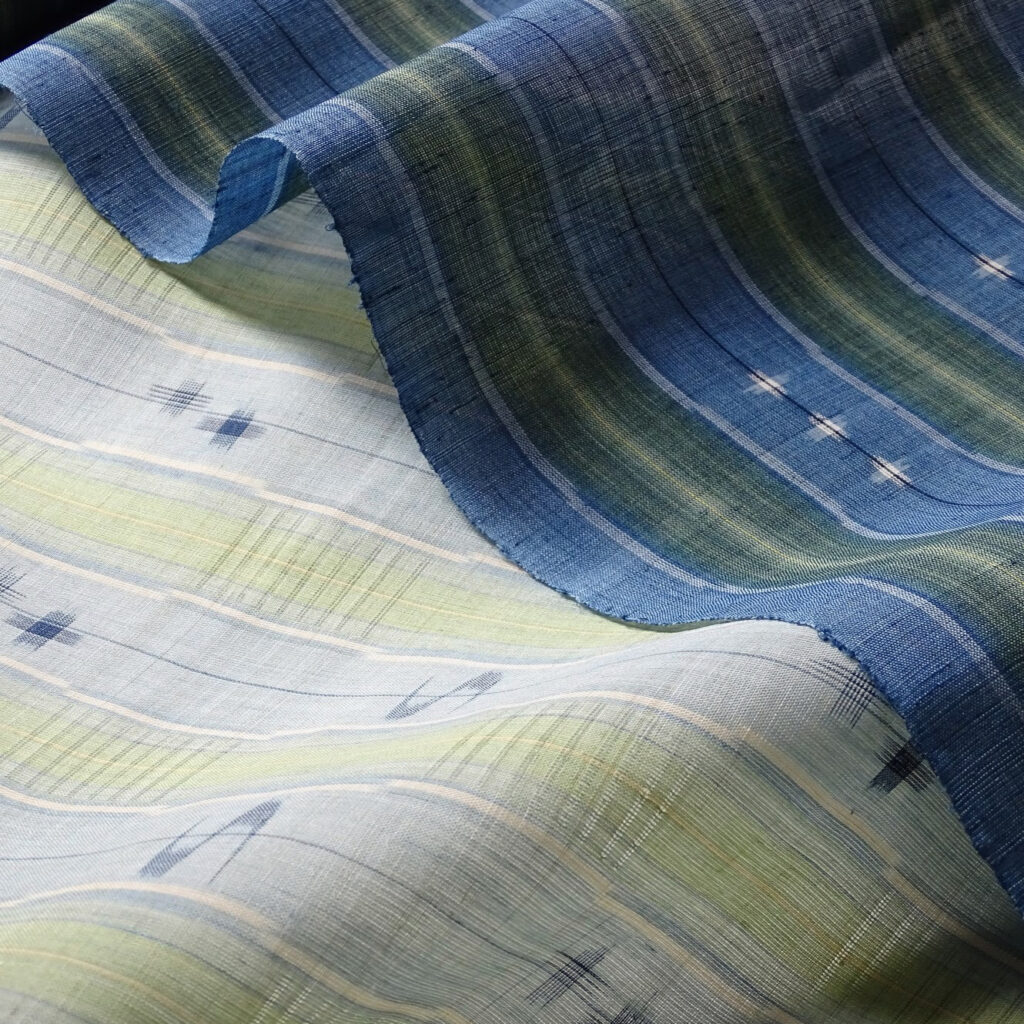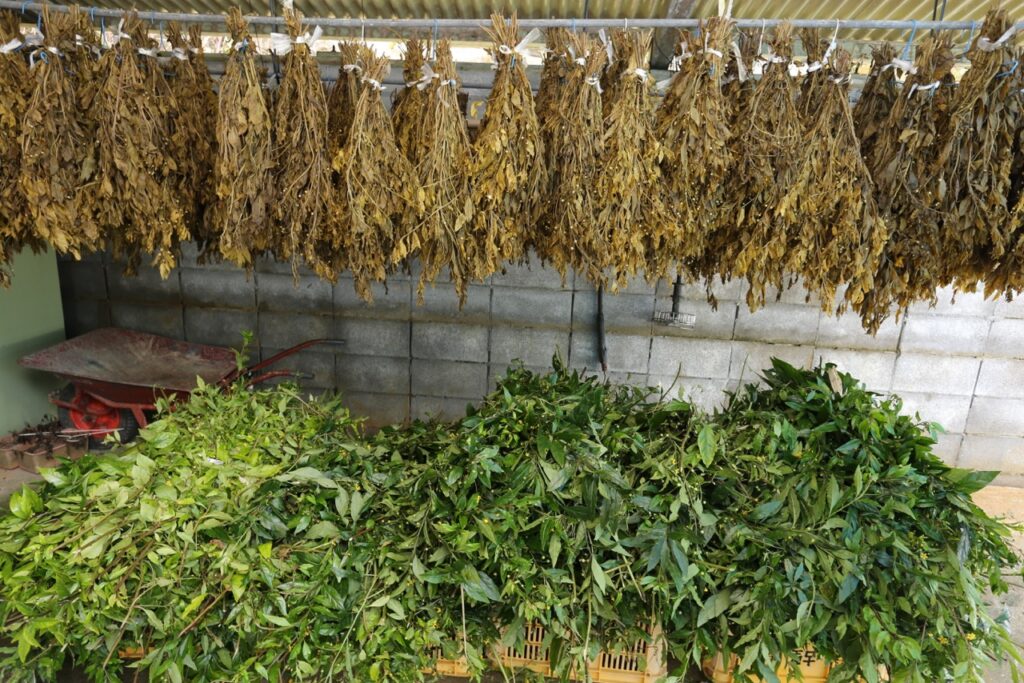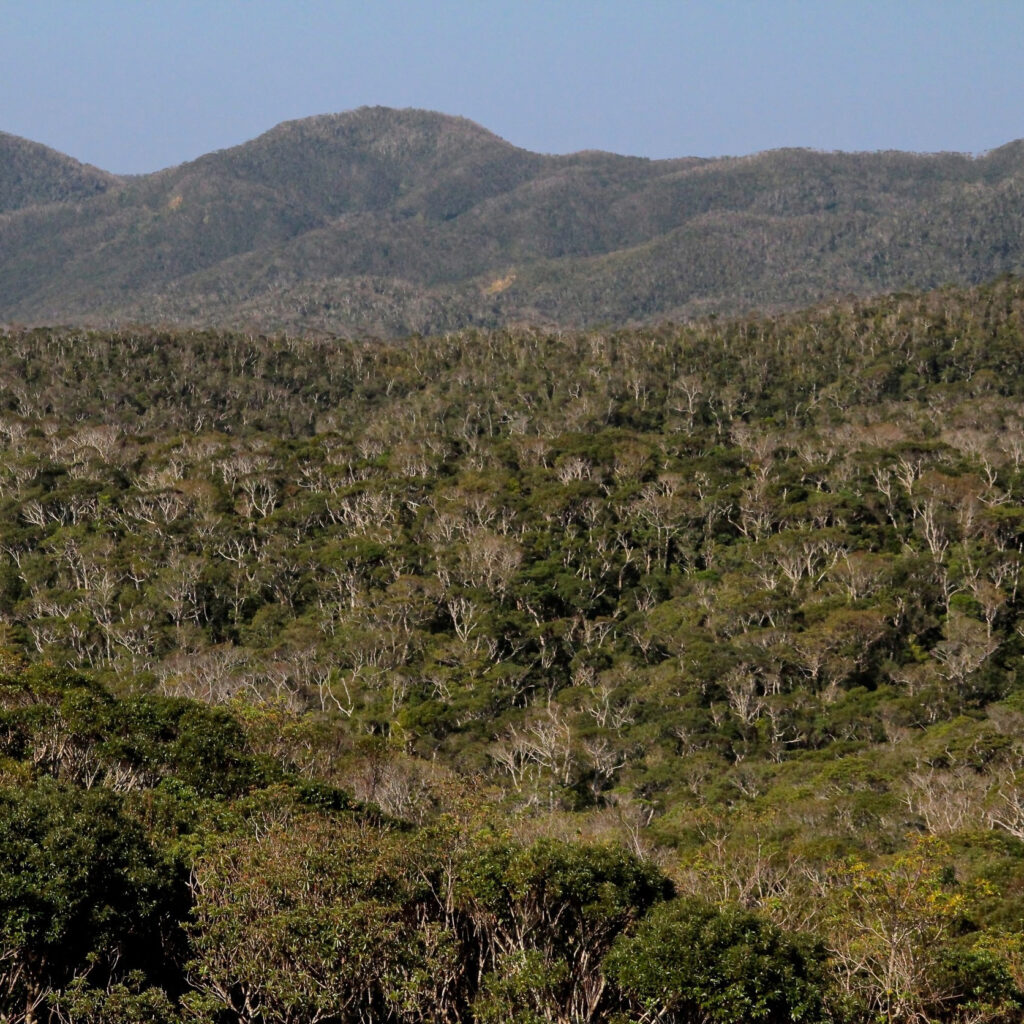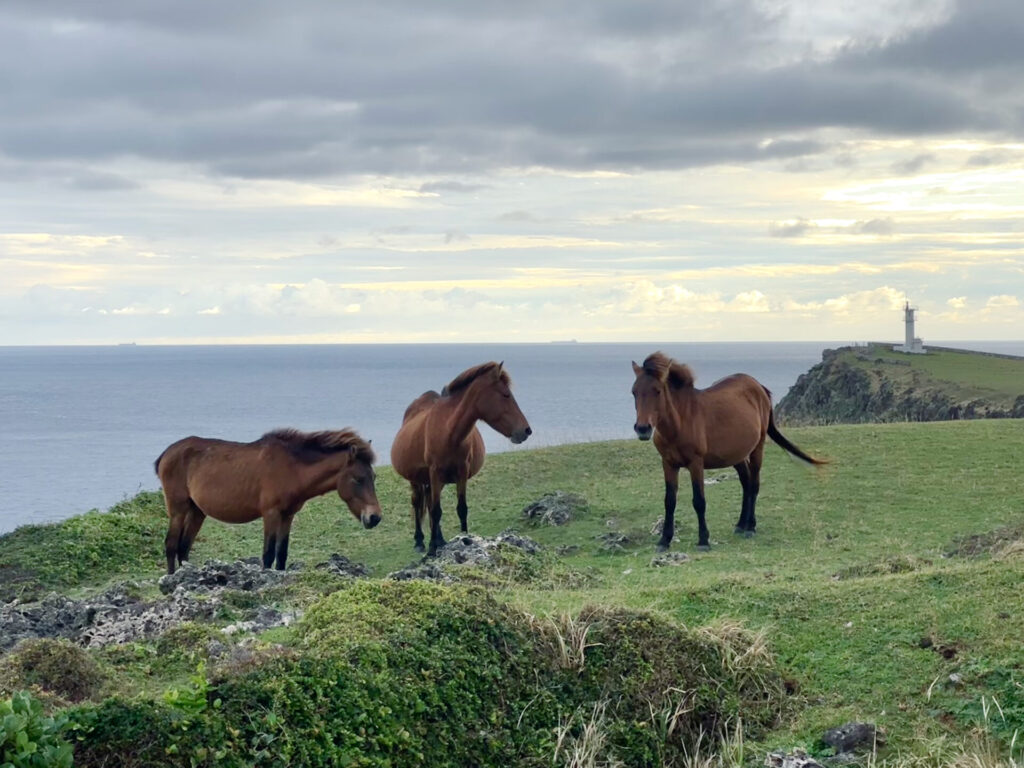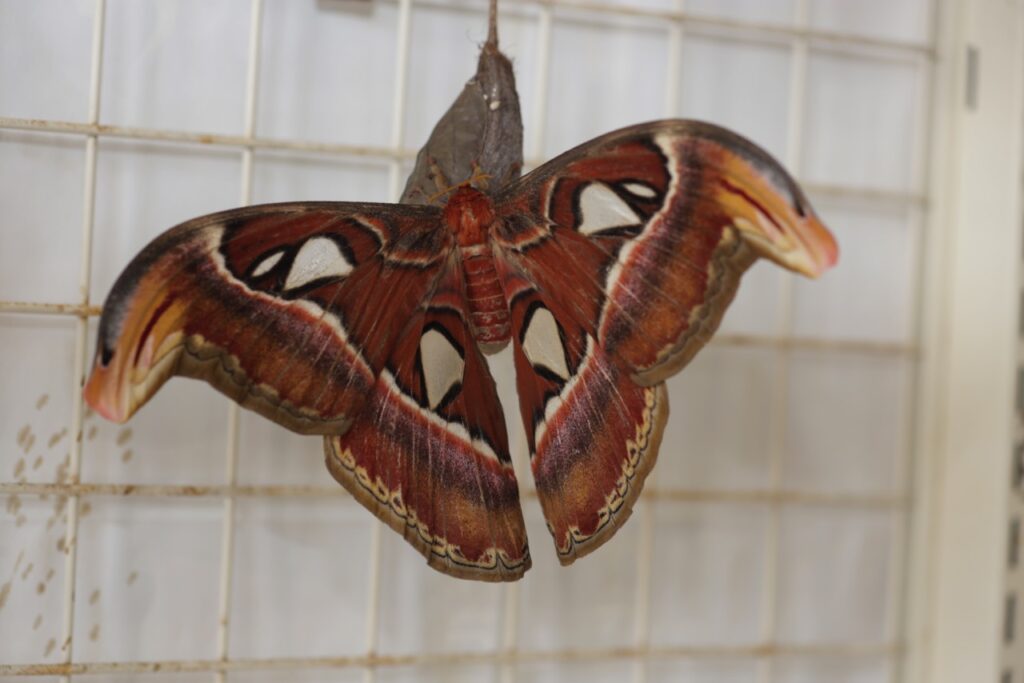Okinawa Environmental Justice Project
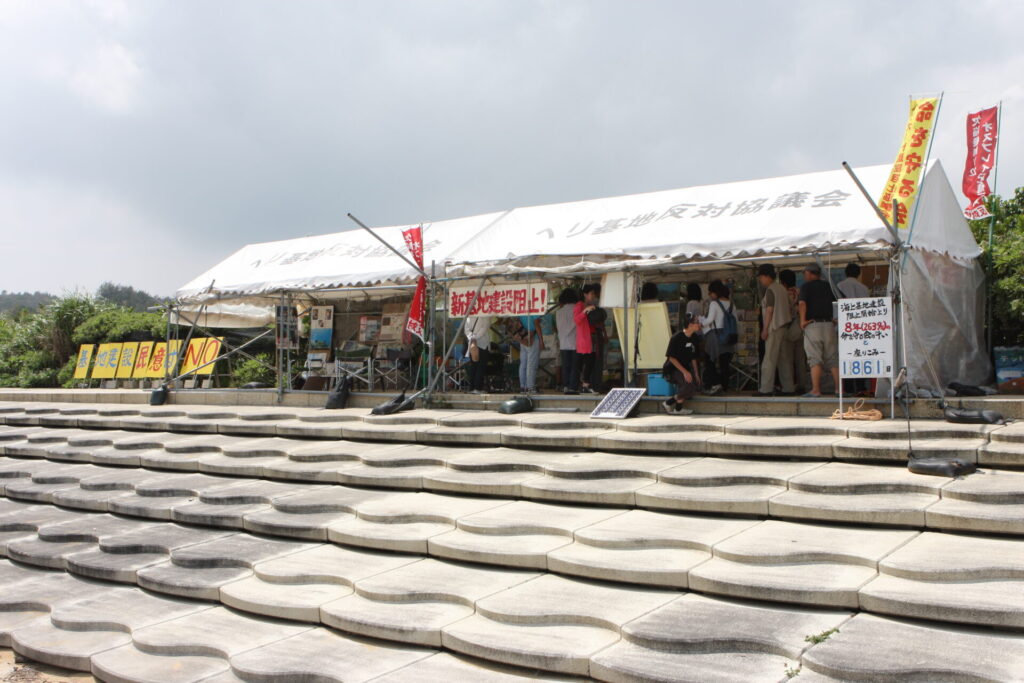
Photo: KANO Tatsuhiko
The New Marine Corps Base Construction Project in Henoko arose from the incident in 1995 where American soldiers assaulted a young girl1. The Okinawan rage evolved into a massive protest meeting of 85,000 people, prompting action from both the American and Japanese governments. In December 1996, the SACO Final Report (officially called the Final Report of the Special Action Committee on Okinawa) was announced2, promising to reduce the burden on Okinawa caused by U.S. bases. However, this document also claimed to preserve the base capability and reinforce the Japan-U.S. alliance. Thereby arose the New Marine Corps Base Construction Project in Henoko (Nago City)—in other words, the relocation of Marine Corps Air Station Futenma (Ginowan City), deemed the world’s most dangerous base, now situated in a densely populated area of Okinawa.
In Nago City–the relocation destination–Inochi wo Mamoru Kai (Association to Protect Life) and Heri Kichi Hantai Kyogikai (Council Against Helicopter Bases) were established to oppose this project. The Nago local referendum held in December 1997 proved the citizens’ will against the construction. Nonetheless, as the Japanese government offered the local “promotion measures” in return, the mayor of Nago City, Higa Tetsuya, announced his “agonizing decision” to accept the new base despite the referendum’s result. At the same time, in September 1997, the Naha Defense Facilities Bureau (today the Okinawa Defense Bureau, hereafter referred to as the ODB) investigation confirmed the sightings of dugongs offshore of Henoko3, an endangered and protected species in Japan, and called attention to this project as an environmental issue. IUCN gave counsel to protect the dugongs in 2000, followed by a “dugong lawsuit” in the U.S. in 2003, leading to an international environmental concern4.
Regardless, the construction project did not stop. In April 2006, the current project’s “coast plan”–reclaiming a part of the Ōura coast to place two 1800 m-long runways in a V-shape–was agreed by the Japanese and U.S. governments5. An investigation held since 2007 by the ODB based on the Environmental Impact Assessment Act revealed that the Ōura coast of Henoko is home to a rich biodiversity of 5,300 species, including 262 endangered species such as the dugongs or the blue coral6. Despite this report, the ODB’s evaluation forecasted “no impact to the environment,” and the project moved on to the next step.
In December 2013, the Governor of Okinawa, Nakaima Hirokazu, who formerly stood against the project, turned on a dime and approved its land reclamation7. The “promotion measures” and the “shutdown of Air Station Futenma within five years” proposed by the government seem to have shaped this decision. In July 2014, the construction work on land in the Camp Schwab (the United States Marine Corps Base across Nago City and Ginoza Village) started.
At the prefectural governor election in November 2014, Onaga Takeshi won by a wide margin of 100,000 votes against Nakaima, with his manifesto to refuse the new base. In October 2015, Onaga took up his position to rescind the land reclamation approved by the former Governor Nakaima8. The Japanese government took the Okinawan Prefecture to court, and with Okinawa’s defeat at the Supreme Court in December 2016, embankment work along the coast was initiated in April 2017. After the untimely death of the Governor Onaga in August 2018, Tamaki Denny won the election in the following September, proclaiming to succeed to Onaga’s will and withstand the construction. Furthermore, the prefectural referendum held in February 2019 showed that the public consensus stood against this construction project9.
Although the Japanese government announced it would “sincerely consider” the people’s repeated display of their dissenting views on this project, it insisted on the construction work’s legal legitimacy and forcibly carried on10. Dugongs have disappeared from the Ōura coast and the coral transplantation failed. The ODB monitoring the construction’s impact on the environment keeps denying its implications, claiming that there is yet “no impact.11”
In December 2018, dirt was poured into the Henoko area for land reclamation12, and in January 2019, fundamental issues questioning the validity and the suitability of this construction project came forth. The Japanese government had confirmed the “mayonnaise-like” soft ground from the building site on the Ōura coast and the need for a large-scale ground reinforcement13. In April 2020, the ODB applied to the Prefecture for a “change of plan” to bolster the softness14. This reinforcement work had to be done on a massive scale, driving 71,000 stakes, including 16,000 sand piles of 1.6~2 meters in diameter, over 70 meters underwater at the deepest. The ODB’s forecast evaluation, again, had declared “no impact on the environment.” The construction fee had also swollen from 230 billion yen to 930 billion yen, and the construction period was prolonged from five years to twelve years.
In November 2021, Governor Tamaki disapproved the application for this change of plan filed by the ODB15, for such reasons: 1. insufficient investigation/inspection of the soft ground; 2. insufficient investigation/inspection on the impact of the reinforcement work on the dugongs, given that such impacts from the current constructions are already observed; 3. the outlook on the completion of the new base (including the reinforcement work) is unclear, and will not remove the risk imposed by the Air Station Futenma. The prefectural disapproval notification also mentioned that the IUCN listed the dugongs of the Ryukyu Islands on the Red List as a Critically Endangered species in 201916.
The ODB sued to challenge Governor Tamaki’s disapproval, and on December 20th 2023, the Naha branch of the Fukuoka High Court ordered the Governor to approve the application17. Governor Tamaki insisted on his position and brought a final appeal to the Supreme Court. However, on December 28th, Saitō Tetsuo—Minister of Land, Infrastructure, Transport and Tourism—approved the ODB’s application with the state authority of “substitute execution.”18 On January 10th 2024, construction had restarted on the Ōura coastline. Stakes were brought on site in August for revetment, and more in January 2025 for ground reinforcement.
It’s not only the Okinawan Prefecture and civil society opposing this construction that are concerned and anxious about the soft ground and its reinforcement issue. Even the Fukuoka High Court, which judged the disapproval by Governor Tamaki illegal, expressed in its judgment document that “more changes of plans may be needed when proceeding with this construction.”19 Congressional Research Service of the United States Congress and the Government Accountability Office also pointed out the difficulty of reinforcing a soft ground20. An influential think tank, the CSIS of the United States, has reported on the doubts about the feasibility of this base. Military leaders residing in Okinawa stated their concern and opinion that this soft ground poses an issue for military operations. Considering its completion being around 2037 at the earliest and possibly much later, the U.S. Army wishes to stay in Futenma21. In addition, in June 2024, a member of the United States Congress requested the GAO to survey the progress of the construction work—also to inspect the soft ground—for “the problem is not yet solved.”22 As if to reflect this situation, the words “Henoko is the only solution” had been erased on the joint statement issued in February 2025 by Prime Minister Ishiba Shigeru and President Donald Trump–something that had repeatedly appeared in past joint statements23.
The completion of a new base in Henoko is unrealistic: clearly, it cannot function as the solution to lift the risks of the Air Station Futenma.
Editor’s Note:
- 1995 Okinawa rape incident.
- SACO Final Report.
- Report on dugong surveys conducted by the Naha Defense Facilities Bureau (now the Okinawa Defense Bureau) from 1997 to 2000 (excerpts in Japanese).
- Okinawa Prefecture’s Summary of International Dugong Conservation Efforts (in Japanese).
- Facility Layout of Futenma Air Station Replacement Facility according to the Okinawa Prefecture Environmental Impact Assessment Review Board’s data (in Japanese).
- Okinawa Defense Bureau’s “Environmental Impact Assessment for the Futenma Air Station Replacement Facilities Construction Project (Summary Report)” (in Japanese).
- Resolution of Protest by Okinawa Prefectural Assembly against Governor Nakaima’s Approval of Landfill (in Japanese).
- Background and court documents surrounding Governor Onaga’s revocation of approval (in Japanese).
- Okinawa Prefecture’s Explanation of the Results of the Prefectural Vote (in Japanese).
- Prime Minister Abe Shinzo’s view on the results of the prefectural referendum (in Japanese).
- Results and views of the Okinawa Defense Bureau and the Environmental Monitoring Committee on the impact of the construction (in Japanese).
- Okinawa Times article on front-page coverage by national newspapers regarding the placement of dirt in the landfill (in Japanese).
- Article in which Prime Minister Abe acknowledges the existence of soft ground and the need for ground improvement work (in Japanese).
- “Summary of Design Change Application” document by Okinawa Defense Bureau (in Japanese).
- “Notice of Disapproval” submitted by Okinawa Prefecture to the Okinawa Defense Bureau (in Japanese).
- The assessment of dugong in the Ryukyu Islands and the view on the construction of the new base at Henoko in the IUCN Red List (2019).
- Fukuoka High Court, Naha Branch Sentence (in Japanese).
- Article on Substitute Execution by the Minister of Land, Infrastructure, Transport and Tourism (in Japanese).
- Fukuoka High Court, Naha Branch Sentence (in Japanese).
- The author’s writing on the sources of the views and opinions of the Congressional Research Service, the General Accounting Office, and U.S. think tanks on the soft ground issue (in Japanese).
- Article about the views of U.S. military officials in Okinawa on November 7, 2023 (in Japanese).
- Written request to the General Accounting Office by Congressman James Moylan (House Armed Services Committee).
- Original Joint Statement by Prime Minister Ishiba Shigeru and President Donald Trump.





